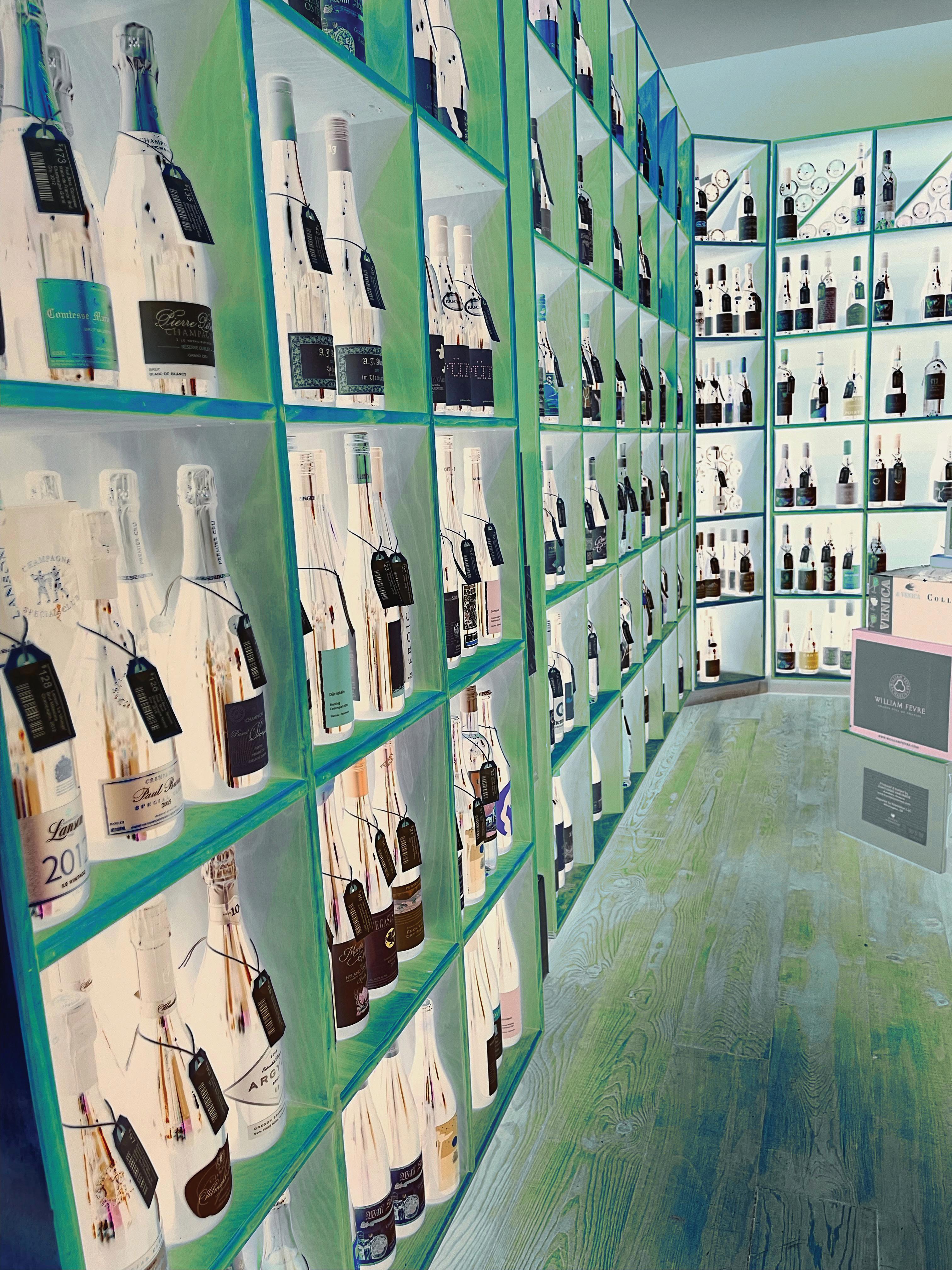


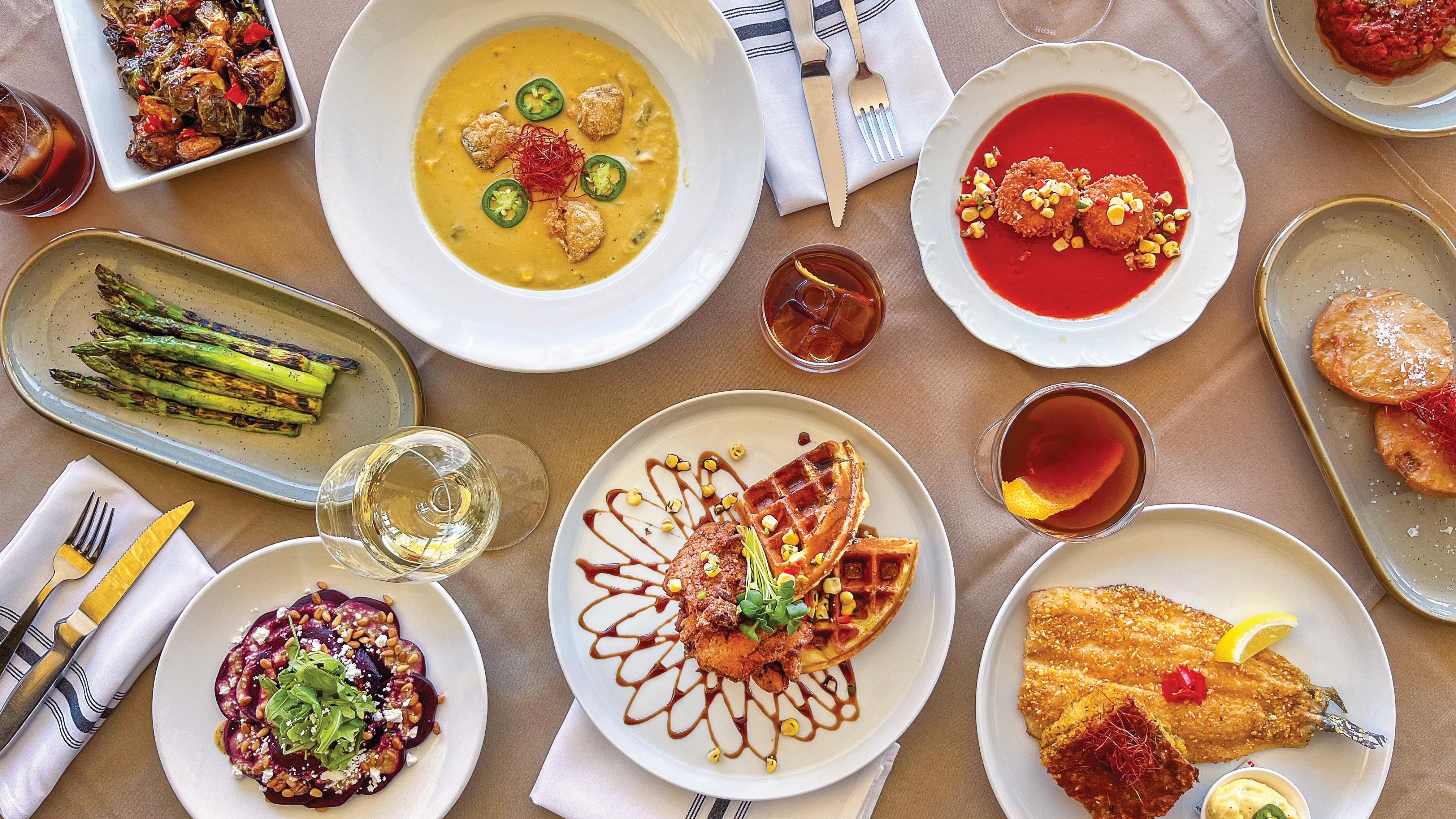

EDIBLE
LOCAL
Jennifer James, Happy Accidents, Los Ranchos Bakery, and Full Circle Mushrooms FACES
The Little Shop on the Corner by Robin Babb
LENA


EDIBLE
OUT







EDIBLE
LOCAL
Jennifer James, Happy Accidents, Los Ranchos Bakery, and Full Circle Mushrooms FACES
The Little Shop on the Corner by Robin Babb
LENA


EDIBLE
OUT

Twenty-first-century travel can become a best-of battle, a race to taste all the most recommended flavors and to check off the destinations on all the top lists. At the same time, everyone wants to know where the locals go. Reporting on the epic meal abroad—epic for its extravagance and precision or, more commonly, for its simplicity—can be code for intrepidness, a fluency in getting off the beaten path. Often, that means traveling one of the most beaten paths there is: the neighborhood.
In this issue of edible New Mexico, we kick off summer with a celebration of neighborhoods around the state. Las Cruces author Denise Chávez takes us back to the early days of Mesquite Street, mapping the way with stories that marry cuisine and culture, migration and family, books and candy—sprinkled with evidence that most early restaurants were conceived not for escape but for subsistence, survival. On our trip to Barelas, where Route 66 once ran parallel to the train tracks, we’re reminded that some of Albuquerque’s longest-lasting establishments began with industrious women making tortillas in living rooms. But it’s not all red chile and history; as the home to Street Food Institute’s new headquarters, we learn, Barelas is ripe for fresh culinary growth. And a visit to Lena Street stokes reflection on the ways that contemporary design has fed culinary entrepreneurs while satisfying a hunger for the modern in Santa Fe.
Riding alongside farmer-teacher Willy Carleton through the Albuquerque-bound village of Los Ranchos, we take a tour of very small farms, each in its way continuing the state’s long tradition of small-scale farming. Writing of such enterprises, Carleton highlights their oft-overlooked gifts to their communities. Our neighborhoods, with their old and new standbys, do similar work, providing anchors for those who live here, iconic dishes for those who visit, and spaces where creative minds—and cooks—can incubate, grow, and flourish.
Whether you take your tamales or huevos rancheros with a side of story or prefer the story as the main, with delicately wrapped onigiri and a fistful of dahlias for the road, we hope these pages inspire you to tune into the profound intersections of dining and place.
 Briana Olson, Editor
Briana Olson, Editor

 Susanna Space, Associate Editor
Susanna Space, Associate Editor

Stephanie and Walt Cameron, Publishers
Bite Size Media, LLC
Stephanie and Walt Cameron
EDITOR
Briana Olson
ASSOCIATE EDITOR
Susanna Space
COPY EDITORS
Marie Landau and Margaret Marti
DESIGN AND LAYOUT
Stephanie Cameron
PHOTO EDITOR
Stephanie Cameron
EVENT COORDINATOR
Natalie Donnelly
SALES AND MARKETING
Kate Collins, Melinda Esquibel
PUBLISHING ASSISTANT
Cristina Grumblatt
CONTACT US info@ediblenm.com ediblenm.com
SUBSCRIBE ∙ LETTERS EDIBLENM.COM
We welcome your letters. Write to us at info@ediblenm.com
Bite Size Media, LLC publishes edible New Mexico six times a year. We distribute throughout New Mexico and nationally by subscription.
Subscriptions are $32 annually. Subscribe online at ediblenm.com/subscribe
No part of this publication may be used without the written permission of the publisher.
© 2024 All rights reserved.




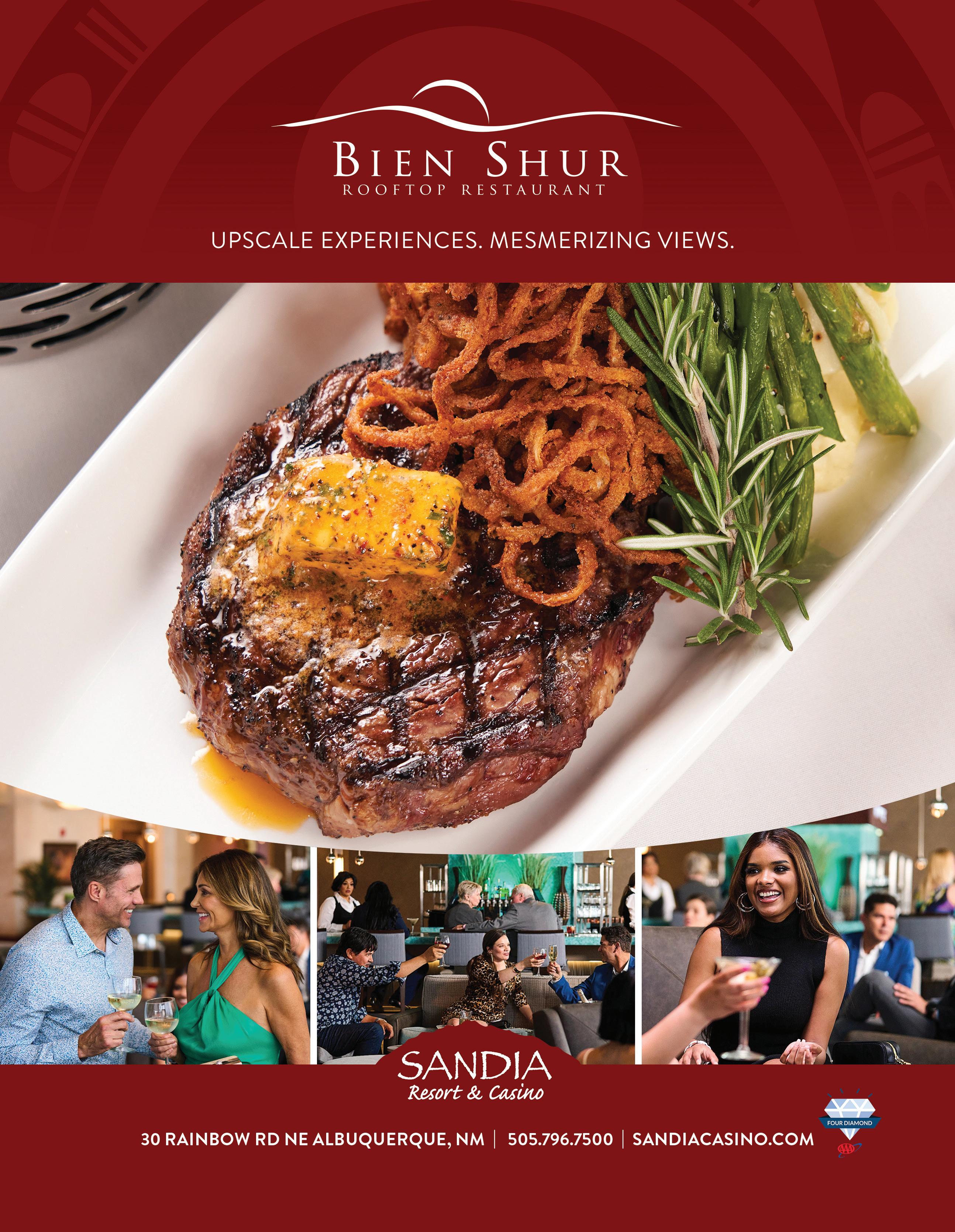

ROBIN BABB is an MFA student in creative nonfiction at the University of New Mexico. Her work has been published in Phoebe Journal, New Mexico Magazine, and Southwest Contemporary, and is forthcoming in the Kenyon Review. She was awarded a 2024 New Mexico Writers Annual Grant.
STEPHANIE CAMERON was raised in Albuquerque and earned a degree in fine arts at the University of New Mexico. She is the art director, head photographer, recipe tester, marketing guru, publisher, and owner of edible New Mexico and The Bite
WILLY CARLETON is a historian, writer, and educator, helping aspiring gardeners and farmers hone their skills and deepen their connection to the land through the School of the Desert Garden. He is a former editor of edible New Mexico and is the author of Fruit, Fiber, and Fire: A History of Modern Agriculture in New Mexico. You can follow his current ruminations on growing food in the drylands at desertgarden.substack.com.
DENISE CHÁVEZ is a fronteriza writer, bookseller, and activist from Las Cruces. Chávez is the author of Street of Too Many Stories, forthcoming from Conocimientos Press; The King and Queen of Comezón; A Taco Testimony: Meditations on Family, Food and Culture; and Loving Pedro Infante, among other works. The winner of awards including the American Book Award and the New Mexico Governor’s Award in Literature, Chávez is working on Museo de La Gente / Museum of the People, a community archival resource center to be located in the Mesquite Historic District. She is the owner of Casa Camino Real bookstore, 314 South Tornillo Street, the next street over from Nopalito’s, as the crow flies. She wishes there were a pneumatic tube extending from Nopalito’s kitchen that would send her an order of tostadas compuestas or
a much-loved green chile enchilada with an egg over medium, an order of sopaipillas on the side.
UNGELBAH DÁVILA lives in Valencia County with her daughter, animals, and flowers. She is a writer, photographer, and digital Indigenous storyteller.
BRIANA OLSON is a writer and the editor of edible New Mexico and The Bite. She edited two volumes of the Greenhorns’ New Farmers Almanac and has written on food, land, and art for outlets such as Southwest Contemporary, Cordella, and the local plant zine Rootwalk. She lives in Albuquerque.
MICHELE PADBERG is an advanced sommelier, international wine judge, and co-owner of Vivác Winery. She has taught master classes, hosted VIP tasting experiences, and lectured at the American Wine Society National Conferences, the University of Upper Alsace in France, and the Association of Wine Educators in the UK. Coauthor of the e-book The New Normal in the Wine World, Padberg also wrote for Sommeliers International magazine from 2019 to 2022 and has covered wine for a number of newspapers and blogs. She loves to travel and explore new wine regions, often with her family in tow. Find her at winefirst.net
ALLISON RAMIREZ has been a private chef, food and wine event coordinator, café owner in Da Nang, Vietnam, and food photographer. She speaks English, Japanese, and Spanish. She lives in Santa Fe with her husband and dog daughter.
SUSANNA SPACE is a writer and the associate editor of edible New Mexico and The Bite. Her essays have appeared in Guernica, Longreads, The Rumpus, the Los Angeles Review, and many other literary outlets. She lives in Santa Fe.

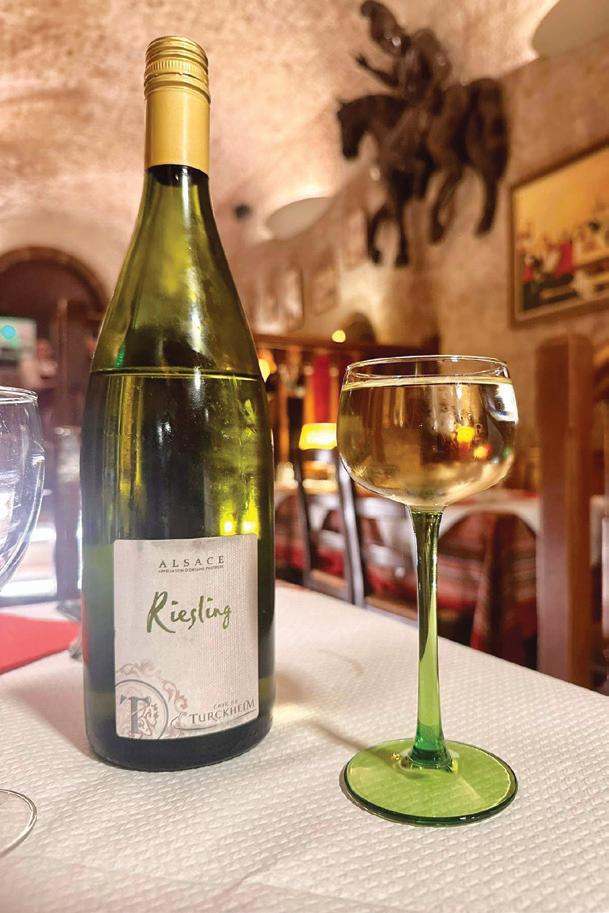

The wines of Alsace, France, are some of the most dynamic wines in the world. The heroic viticulture of the region creates stunning views with the near-vertical slopes. Nestled in the north of this valley is the charming city of Strasbourg. Settled early by Celts and later by Romans, the city has shifted between French and German rule for hundreds of years, resulting in an irresistible combination of architecture, food, and culture. Strasbourg is home to the world’s largest and most prestigious 100 percent white wine competition, Mondial des Vins Blancs Strasbourg, now in its twenty-sixth year. A short train ride away is the Université de Haute-Alsace, boasting the only technical viticulture program in France. From an independent visit to Le Comptoir de Vignerons Alsaciens, a tasting room and wine shop showcasing local wineries, to an intimate tour guided by the Strasbourg-raised, Santa Fe–based owner of Délices & Découvertes, there are many ways to experience this city. Here are three of my favorite places to drink in the Strasbourg view.
RIESLING at Restaurant Caveau du Gurtlerhoft with Traditional Choucroute
This ancient cellar turned restaurant sits across the square from the magnificent Notre-Dame cathedral. If you have not experienced Alsatian rieslings, I promise you the love affair of your wine life when you do. Pair it with choucroute, a platter of meats served over sauerkraut. This Alsatian cabbage dish is not the traditional sour stuff you may be used to, but rather a delightful, delicate addition to
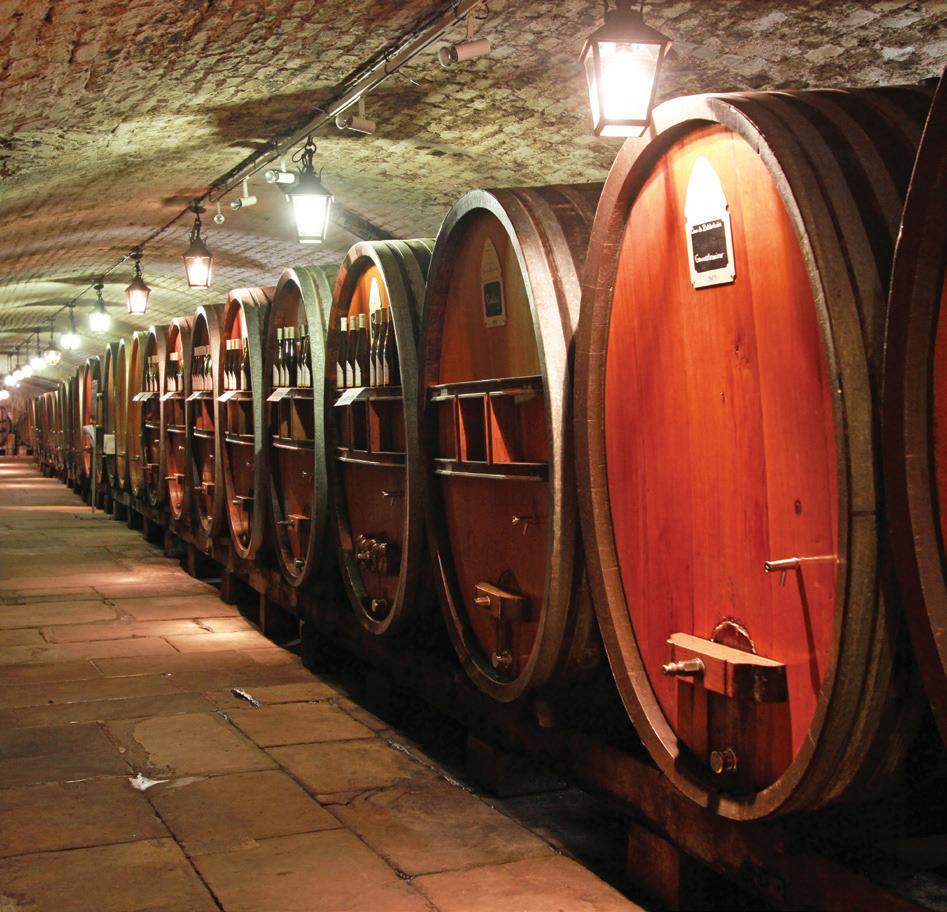
each bite of smoked meat. Dry riesling sings in this salty pairing while you soak in the thirteenth-century charm of your surroundings.
While known for white wines, Alsace also makes unique pinot noirs. Seated on the terrace of Café Rohan on the Place du Marché-auxCochons-de-Lait, it will be hard to decide if you are squealing over the beauty of your surroundings, the wine in your glass, or the tarte flambée on your plate. With its crispy thin crust, crème fraȋche base, caramelized onions, and ham and/or mushrooms, this regional woodfired flatbread is a staple for locals and tourists alike. Sipping on a delicate, dazzling pinot noir with this simple, tasty dish in this idyllic nook is the epitome of happiness.
Alsace wines range from great cheap finds to grand cru elite status. To explore many at once (and glimpse a barrel containing wine from 1472), visit Cave Historique des Hospices. Created in 1395, when wine was considered medicine, the underground cellars were managed by the hospital for several hundred years and renovated in the 1990s. A tour and tasting includes a wild history lesson on the importance of wine to Strasbourg and the cellar’s fascinating connection to the hospital above. This pairing is maybe the best of all pairings, wine with more wine!
Join edible New Mexico and EF Go Ahead Tours in February 2025 for a curated adventure through Mexico. Discover a country of strong traditions, rich history, and memorable flavors on this small adventure tour through Oaxaca, Puebla, and Mexico City, alongside edible owners, readers, and friends.


Spots are limited. Scan this QR code to save yours!

An edible Local Hero is an exceptional individual, business, or organization making a positive impact on New Mexico's food systems. These honorees nurture our communities through food, service, and socially and environmentally sustainable business practices. Edible New Mexico readers nominate and vote for their favorite local chefs, growers, artisans, advocates, and other food professionals in two dozen categories. Winners of the Olla and Spotlight Awards are nominated by readers and selected by the edible team. In each issue of edible, we feature interviews with a handful of the winners, allowing us to get better acquainted with them and the important work they do. Please join us in thanking these Local Heroes for being at the forefront of New Mexico's local food movement.

“I love what I do,” says Chef Jennifer James. And she’s been doing it in Albuquerque for almost thirty years, owning a handful of restaurants (and being nominated for several James Beard Awards) along the way. Since 2016, she’s co-owned Frenchish with her partner, Nelle Bauer. Frenchish is in Albuquerque’s iconic Nob Hill neighborhood and features James’s seasonal French menus influenced by her farm roots. Born and raised
in rural Illinois with, as she says, “a good old-fashioned, small-town upbringing,” she earned a degree in hospitality management from the University of Illinois. Following a brief time working in St. Louis, she found
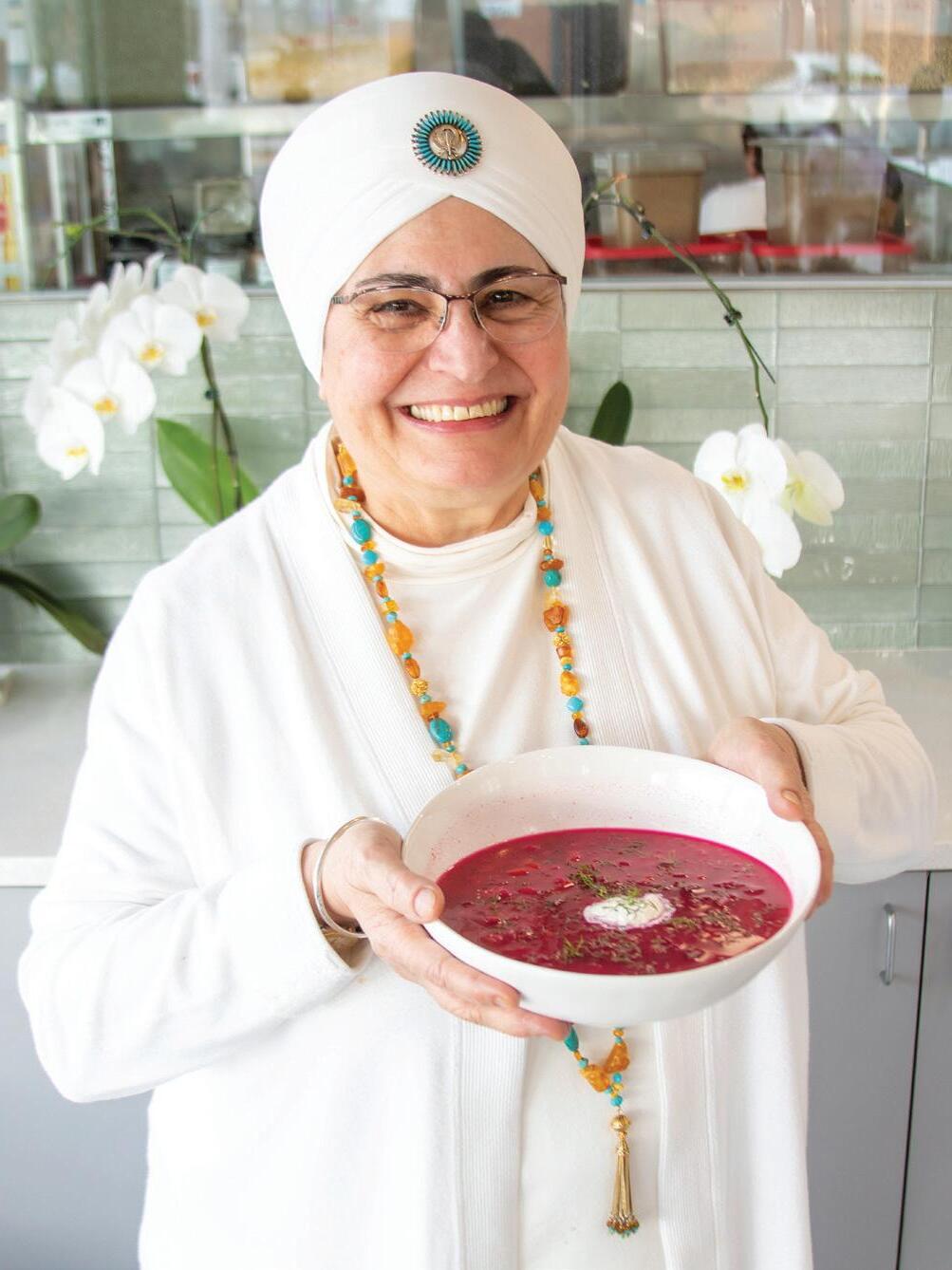
Environmentally Packaged Fresh and Nutritious Food
La Montañita Co-op–Nob Hill & Rio Grande Lowe’s Market on Lomas
Moses Kountry Natural Foods • Silver Street Market
Triangle Market in Sandia Crest Sandia National Labs
UPC at UNM • UNM Hospital in Cafe Ristra Presbyterian Rust Hospital INTEL- Rio Rancho • Nusenda Corporate Office
Skarsgard Farms
Presbyterian Cooper Center
UNM Campus - Mercado, SRC, Cafe Lobo
SANTA FE
La Montañita Co-op Kaunes Market
Eldorado Supermart at the Agora Christus St Vincent Hospital
Pojoaque SuperMarket
Ohori’s Coffee Roasters Ten Thousand Waves
LOS ALAMOS
Los Alamos Cooperative Market
Los Alamos National Laboratory
ESPAÑOLA Center Market • Presbyterian Hospital
TAOS
Cid’s Market
GALLUP
La Montañita Co-op
Fine International Vegetarian and Vegan grab and go including ready to serve complete meals.
Corporate Catering Available Delivery Statewide Call for Menu: 505-266-6374


Dine on our patio in Nob Hill 116 Amherst Dr SE, Albuquerque, 505-266-6374

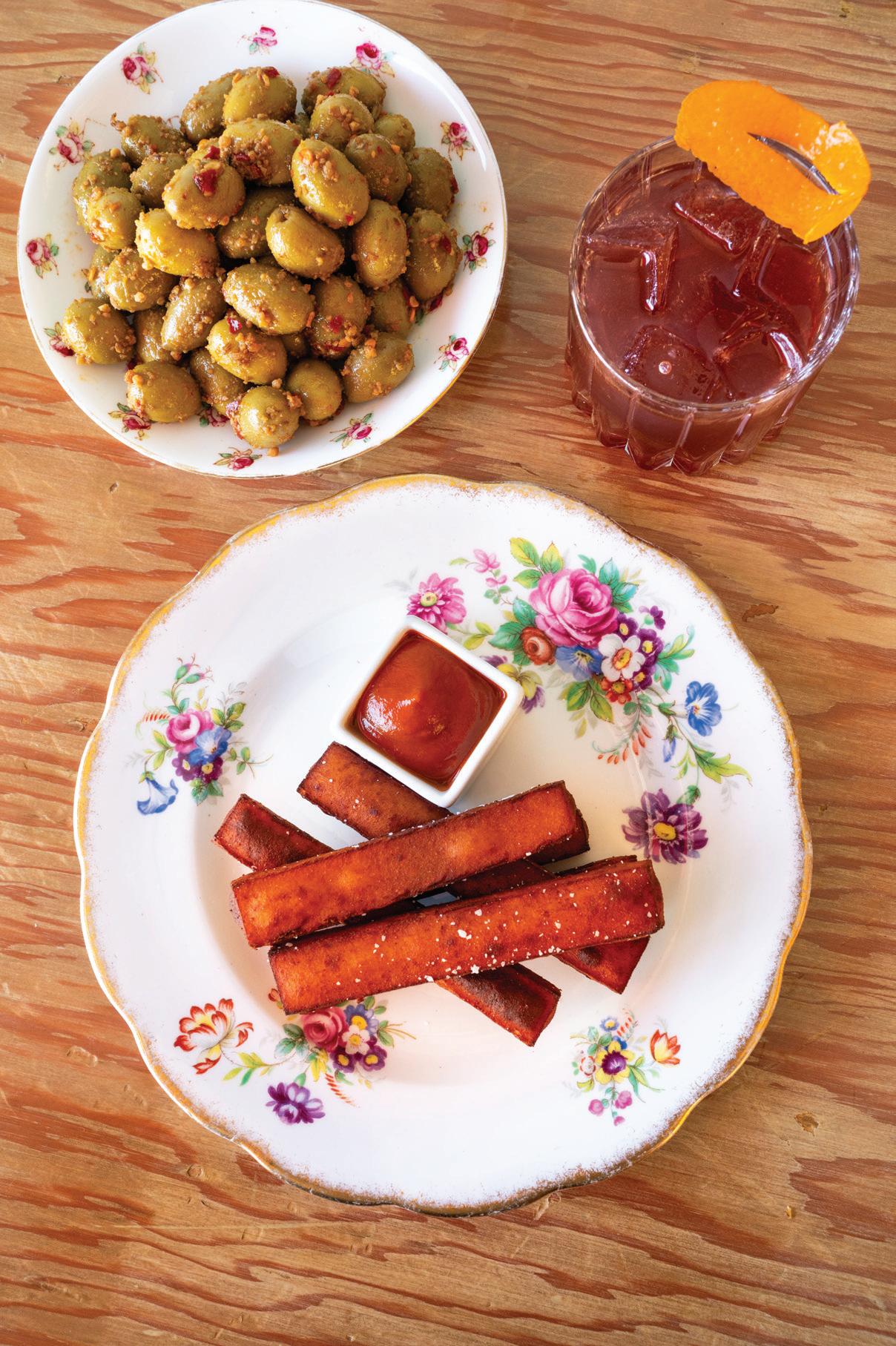
her way to New Mexico, where she’s lived ever since. In her down time, she enjoys short walks with her dog and sipping her apéro of choice, currently the Slow Jen Fizz.
On a recent evening, one of your dinner specials was Le Café Miche Mussels, a nod to the erstwhile and beloved Albuquerque establishment where you led the kitchen before opening your first restaurant. Can you talk about your journey as a chef and restaurateur, and the allure of French cuisine?
Le Café Miche will always hold a soft spot in my heart for so many reasons, not the least being Claus and Linda, who took a chance
on me. It was there that I learned to cook mussels, so it made sense to give them a nod in our weekly-changing mussel preparations. My journey as a chef started with the very basics of trying to learn everything I could about ingredients, flavor combinations, and techniques. This journey as a chef was fasttracked, so to speak. I was learning to be a good cook and learning the ropes of a professional kitchen when I was presented with the opportunity to open my own place. That put a new light on everything. I continued to grow and learn and make mistakes along the way. I ultimately learned to be true to myself and never compromise my culinary convictions.
I am enamored with the French culture surrounding food and eating, and how it means something. There is so much respect for the process and the ritual—from apéro with friends to dinner with family. Meals and snacks are not eaten on the go. That is the allure of French cuisine for me.
Talk about the choice to build an open kitchen at Frenchish. How does that influence the culture of the space?
The choice to have an open kitchen was a very conscious one. We wanted people to see and hear the details of the way a restaurant operates. Even our dish pit is open for viewing. We wanted to be very transparent




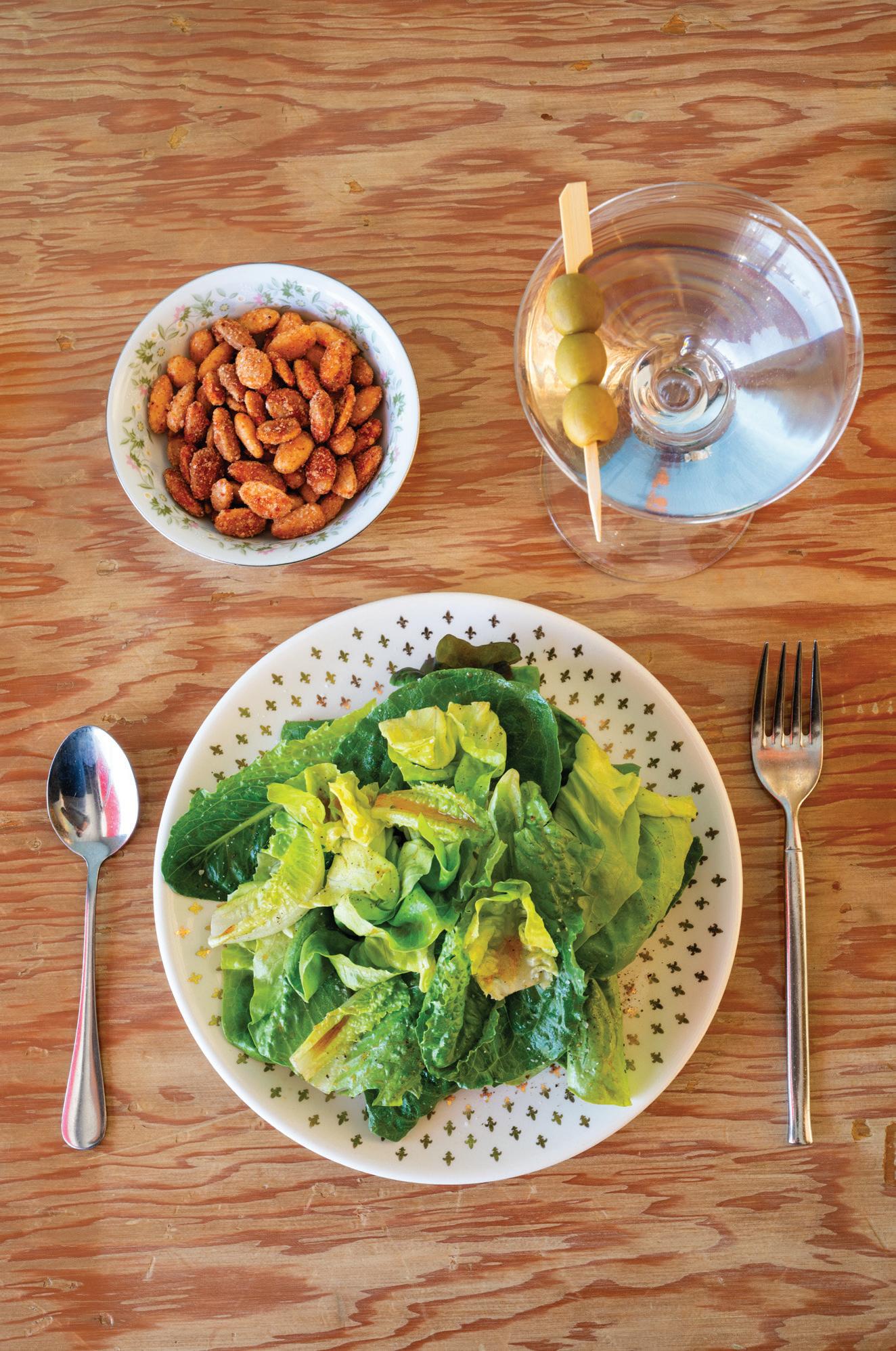
in our operations. It has created a culture of involvement, on one hand, by our guests, who know the staff and can see what’s happening and, on the other, by the kitchen staff, who can see what’s happening in the dining room. There’s no room for cutting corners or sloppiness or shenanigans from either side. I much prefer an open environment.
This award is for chef, but your restaurants are also known for their wine. What makes for a perfect wine list, and who curates the one at Frenchish?
A perfect wine list is certainly subjective. We try to provide as many options as we can while having a concise selection that resonates with our food. Wine is meant for drinking, so we do not have “a cellar” in the hope of winning some award. We try to provide some special bottles, but we are a neighborhood drop-in place, so providing an ever-changing by-the-glass and apéritif list is important to us. Nelle and I both curate the list, which is predominantly French. What are you reading?
I am currently skimming two conversational cookbooks by Elizabeth David: French Country Cooking and French Provincial Cooking. I have also been reading Glorious French Food by James Peterson. And I am always skimming the New York Times
Anything else you’d like to share with edible readers?
I take the job of cooking for people seriously, and I also happen to enjoy it very much.
3509 Central NE, Albuquerque, 505-433-5911, frenchish.co


Kate Gerwin’s twenty-plus-year career spans from her time as a master sommelier in some of Napa’s top wineries to being a finalist in the Netflix reality competition series Drink Masters. Along the way, she has racked up an armload of recognitions and awards in bartending, including the Bols Around the
World Bartending Championship in 2014. Those aside, it is Happy Accidents that she is most passionate about. She and her longtime business partner, Blaze Montana, opened the Albuquerque bar and distillery in 2021, aiming to set a new standard in cocktail bars. Gerwin says when she’s concepting a drink,
it might be to fill a gap in the menu or to showcase a technique or new flavors. “I take inspiration from everywhere—music, pop culture, art, food, trends, history. It’s different each time. I want [our guests] to feel like I have reached inside and pulled out a memory they forgot.”

‘Chimayó
Imagine unlocking the secrets of centuries-old culinary traditions with a single jar. That’s what you get with Chimayó Tradition Salsa, a taste so rich and authentic, it transforms every meal into an exploration of New Mexico’s most cherished flavors.
“Our salsa isn’t just another ingredient; it’s a journey into the centuries-old tradition of our infamous chiles.
These chiles, harvested in the heart of New Mexico, bring not just heat but a depth of taste that takes your dishes from good to unforgettable.
Here’s what Sarah, one of our valued customers, had to say: “Discovering Chimayó Tradition Salsa was a revelation. The depth of flavor is incredible—you can taste the sun-soaked chile with every bite. It’s not just a salsa; It’s a piece of New Mexico.”
With Chimayó Tradition Salsa, each jar celebrates our dedication to real, down-to-earth flavors and the art of traditional salsa making. It’s about getting friends and family together, sharing meals that are not just served but truly savored.
Find us at your local grocery store and let every bite take you on a journey through the heart of New Mexico.
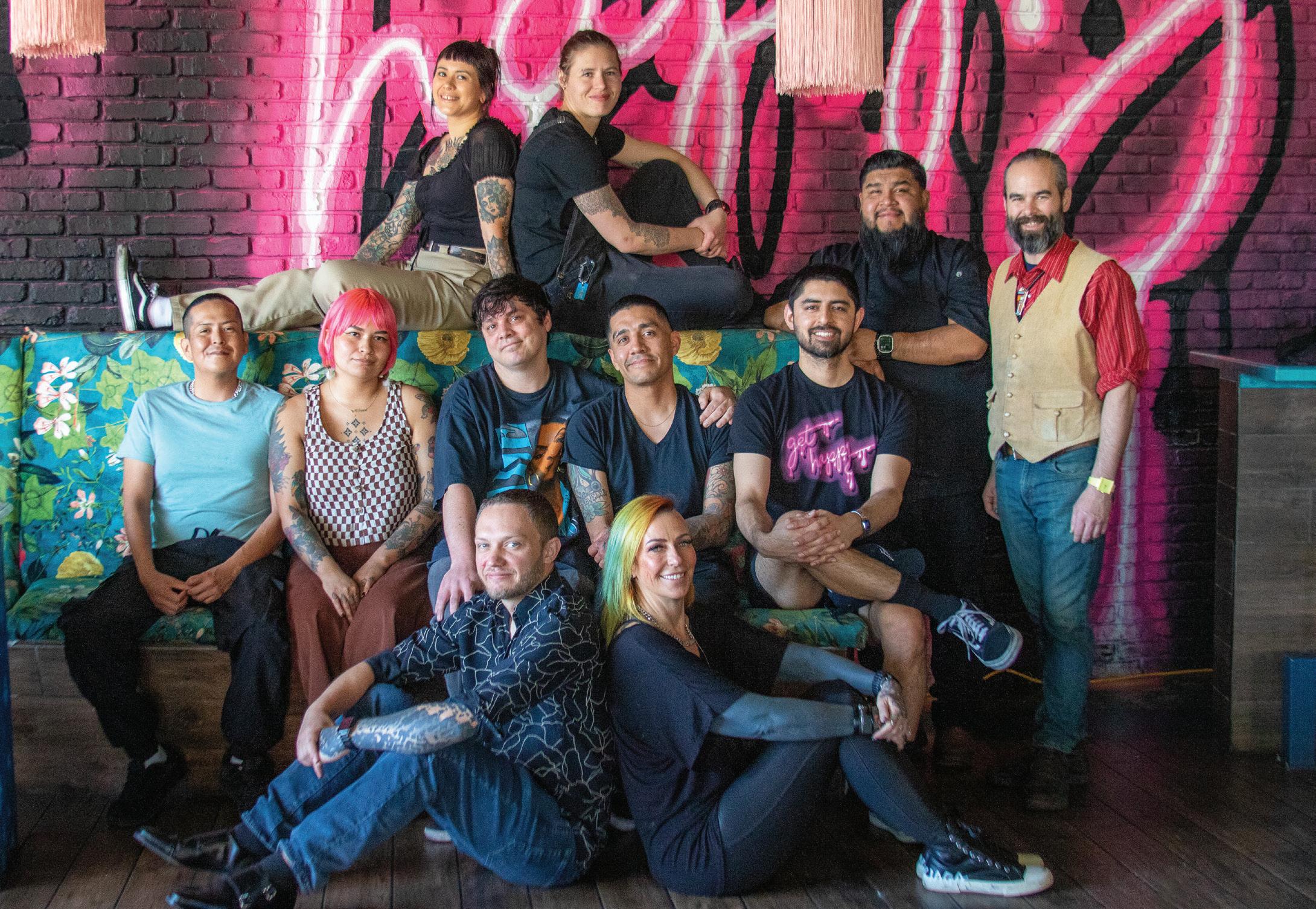
Happy Accidents is a bit of an anomaly in the New Mexico bar scene: It’s big, brightly colored, arty. Where did the idea come from, and why Albuquerque?
We wanted to create an environment that was fun, upbeat, and entertaining—and unlike most bars you are used to going into. For some reason, there seems to be an assumed “template” for creating bars here, and we end up with places that all look and feel similar. We wanted to throw that mentality away and create something new and different. There’s room for lots of concepts, we don’t all have to be the same to be great. You’ve said bartenders and mixologists are more like chefs than people realize. Can you say a bit more about that?
Firstly, I don’t personally align with the term “mixologist.” I think it was created to differentiate between dive or nightclub bartenders and cocktail bartenders, and in the end, we
don’t need the hierarchy. We all specialize in different things, but we are here to serve guests with the tools we are given in our respective bars, and I am, and always will be, a bartender. That being said, I do think that bartenders are a lot like chefs in terms of being creatives and having a wealth of knowledge about our craft. Bartenders in all types of establishments have to study spirits, origins, flavors, techniques, history, culture, and more. It takes years of hard work and dedication to understand all the nuances of ingredients, how they work together and how to create layers of flavors, not to mention the ability to do all this while being forwardfacing with guests, entertaining while also creating a safe and welcoming space for them to enjoy.
Last year you traveled to New Orleans to accept the Best US Bar Team Award at Tales of the Cocktail’s Spirited Awards.
In 2022, Happy Accidents was named Best New Cocktail Bar twice, first for the Spirited Awards and then for the Liquor Awards. And now you’ve been named 2024 Bar of the Year by Bar and Restaurant Expo. What’s your secret to getting noticed nationally?
We are incredibly blessed to be getting the recognition, but I definitely do not have a secret. I assure you it didn’t come easily. I believe it is the decades of experience building bars across the country, the love and passion we have for our industry, our incredible team and each person’s unique contributions, the time we spend fostering creativity and education within the team, and staying connected to the global community as a whole that has allowed us time in the spotlight. The work that goes on behind the scenes is fierce; we live and breathe this work every day.





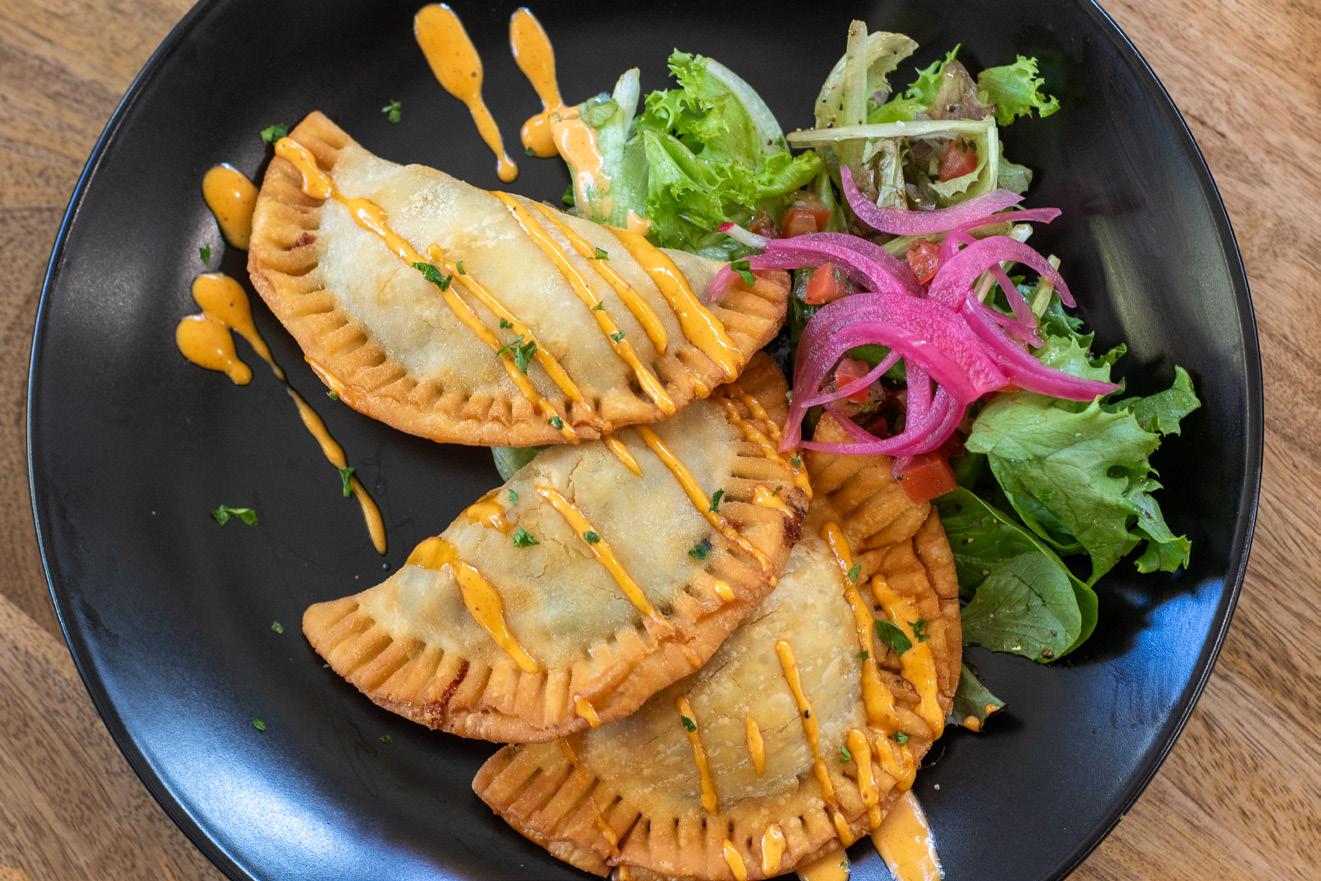

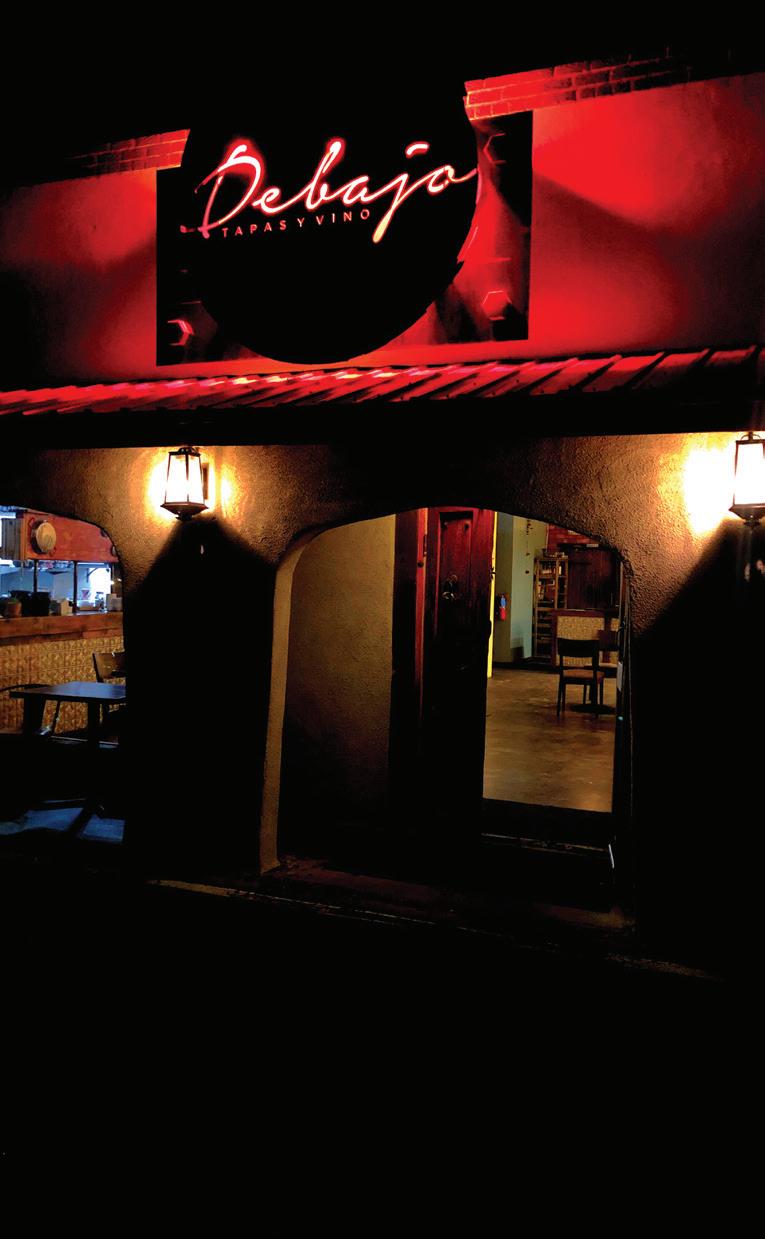
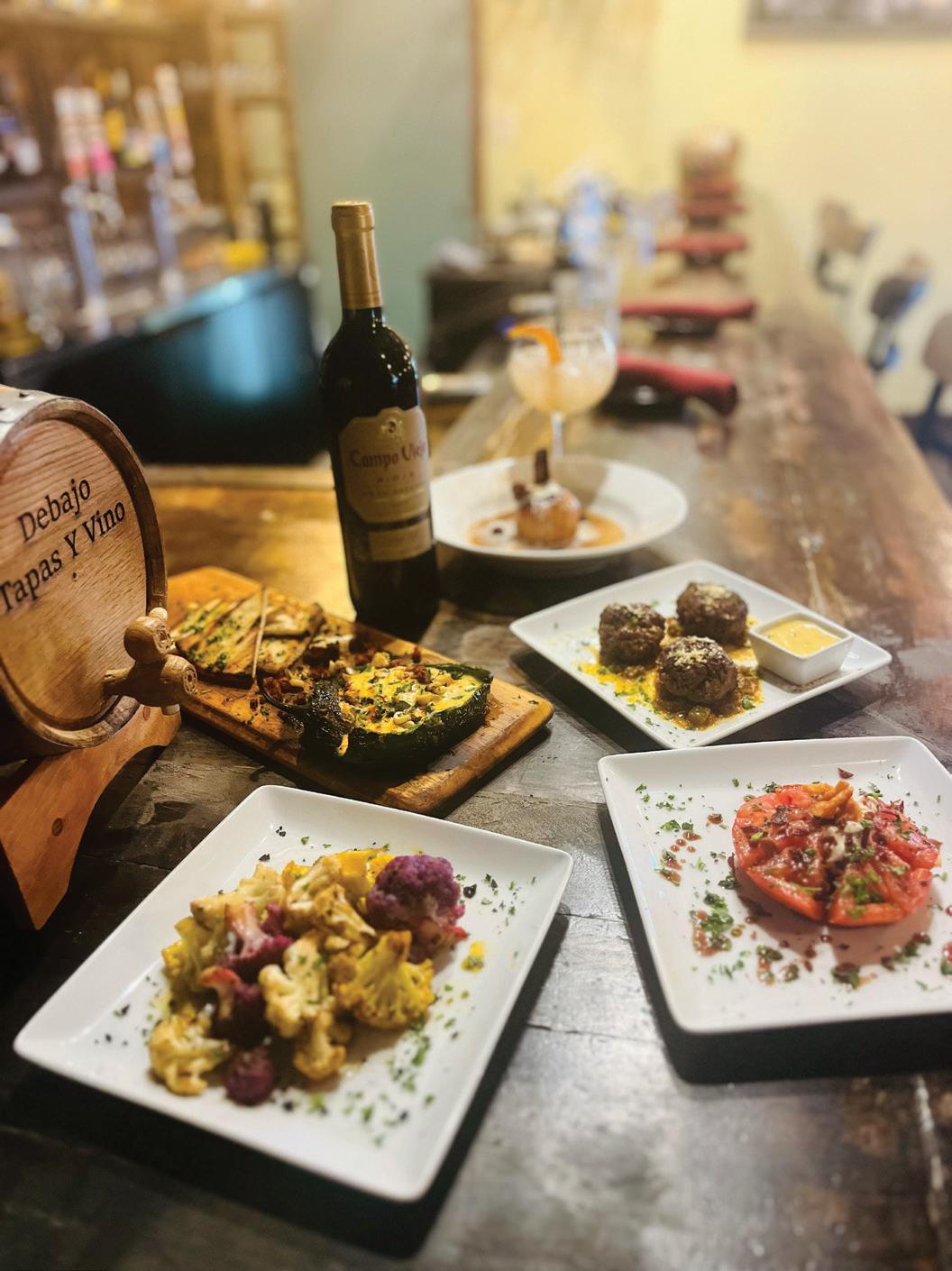
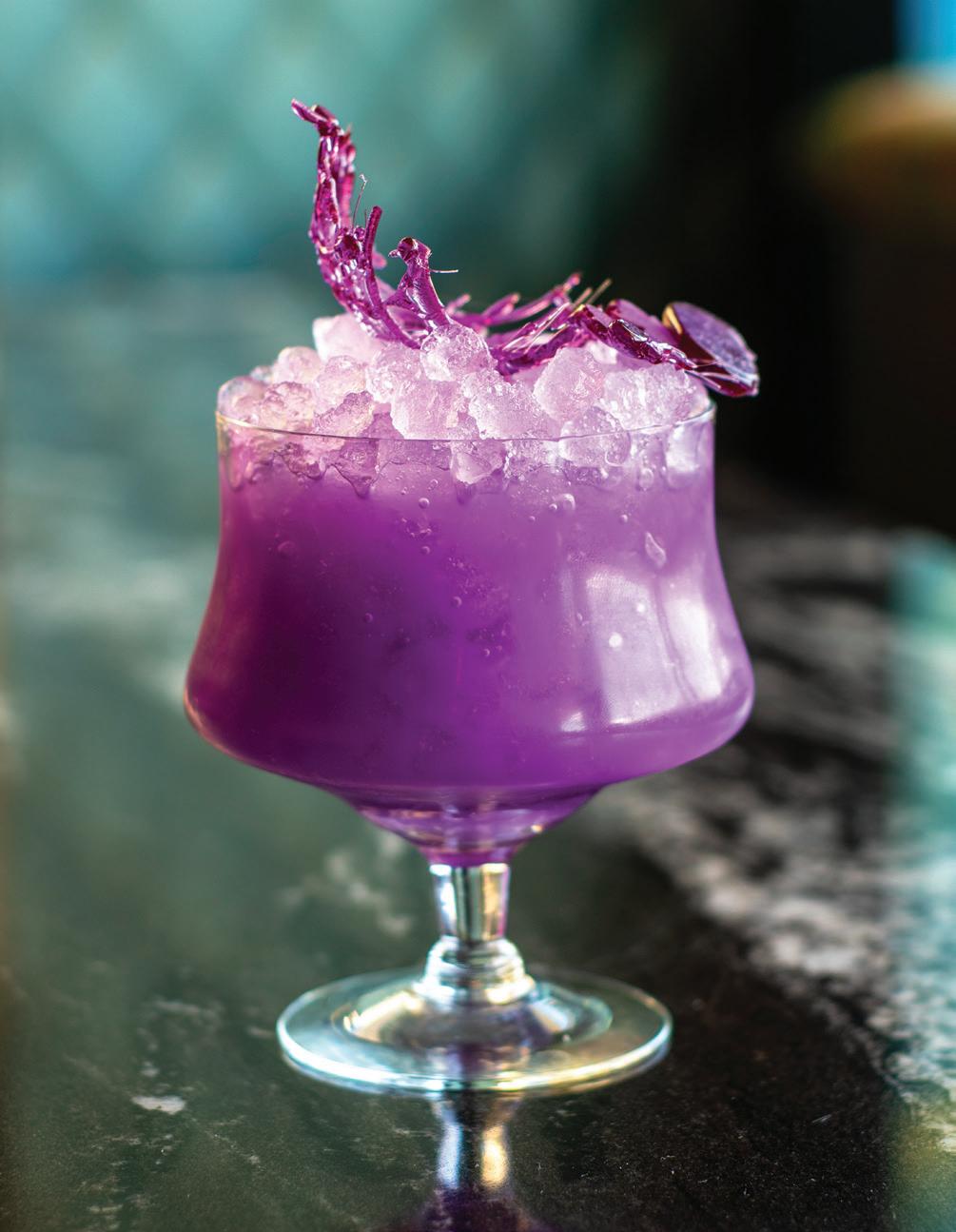
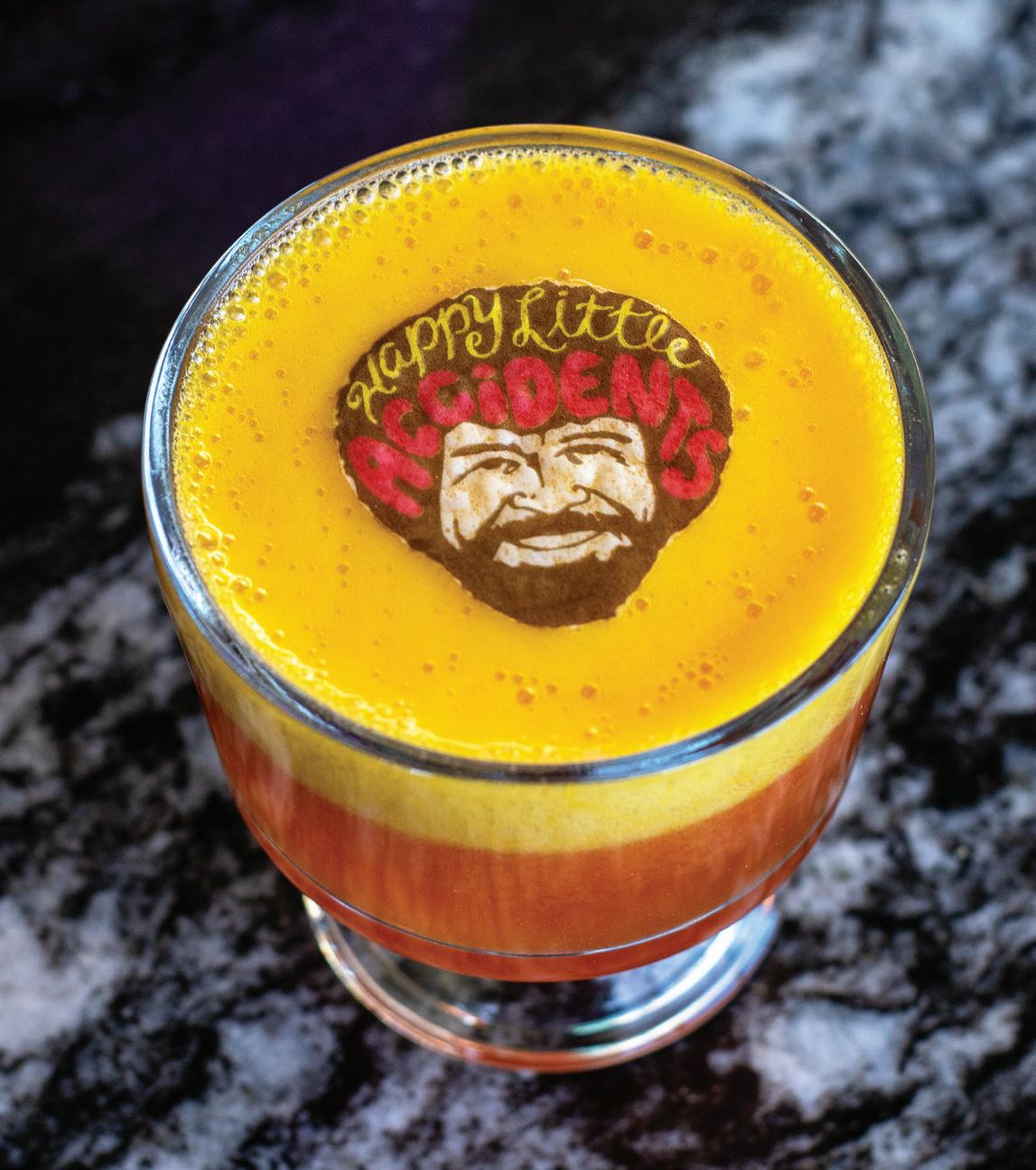
You’ve done pop-ups and collaborations with bars in other states. How did that idea come about, and what’s it like to set up shop far from Happy Accidents’ home base?
Pop-ups are a part of the new age of marketing that has taken hold in the industry. People want to experience what they are hearing about, so bringing your energy to them is a perfect way to market your brand in places that don’t have access to your space. For us, bars invite us to visit, we plan a menu, we set the vibe, and we go have some fun. It’s a great way to spread cheer and to network with other like-minded creatives. What’s something a customer has said about one of your drinks that really made you happy?
I use a lot of nostalgia in my creative process. Drinks aren’t about me or my story; I want the guest to feel like I have seen them. I love it when a guest tastes a drink and immediately a core memory emerges and they can’t help but share it. It’s a bonding moment that makes me feel like I did my job and made them happy. Our Accidentally Loopy cocktail is a crystal-clear
clarified milk punch made using milk infused with Fruit Loop cereal. It’s sophisticated but taps into that core childhood memory. I love the smile people get when they first taste it.
What’s your approach to garnishes and infusions? Are there flavors or trends out there that you find overrated or overplayed?
I think smoking cocktails is overrated and overplayed. People rarely use the technique properly, so all the flavors are lost behind a stale haze of smoke. In addition, everything in the room smells like smoke, so now you have altered the experience for every other guest in the bar. For me, garnishes have to serve a purpose. They have to somehow enhance the experience of the drink. And they must be edible.
Sustainability isn’t talked about much when it comes to bars and cocktails, but it’s something you’ve spoken about as being important. What does it mean for you and Happy Accidents?
It’s not just a buzzword with us. We look at every aspect of waste and try to eliminate
or repurpose it. Being a distillery, we don’t experience the bottle/glass waste of most bars. We also look at food waste differently. For example, we juiced apples for one of our cocktails and had a bunch of pulp left, so we added spices and dehydrated it into a “granola” to use as a garnish. We take the avocado pits from the kitchen and make an avocado-orgeat syrup for one of our cocktails in the bar. We make fruit leathers, meringues, flavored sugars. It’s amazing how much you can repurpose when you make it a goal as part of your program.
Anything else you’d like to share with edible readers?
We are a 100 percent bartender-owned bar, and we obsessively love what we do and take an incredible amount of care to create each cocktail, alcoholic or nonalcoholic, for a unique experience. We know it might not be like the bar you are used to, and that’s OK. Come, let us take you on a journey. Let’s have some fun!
3225 Central NE, Albuquerque, happyaccidentsbar.com



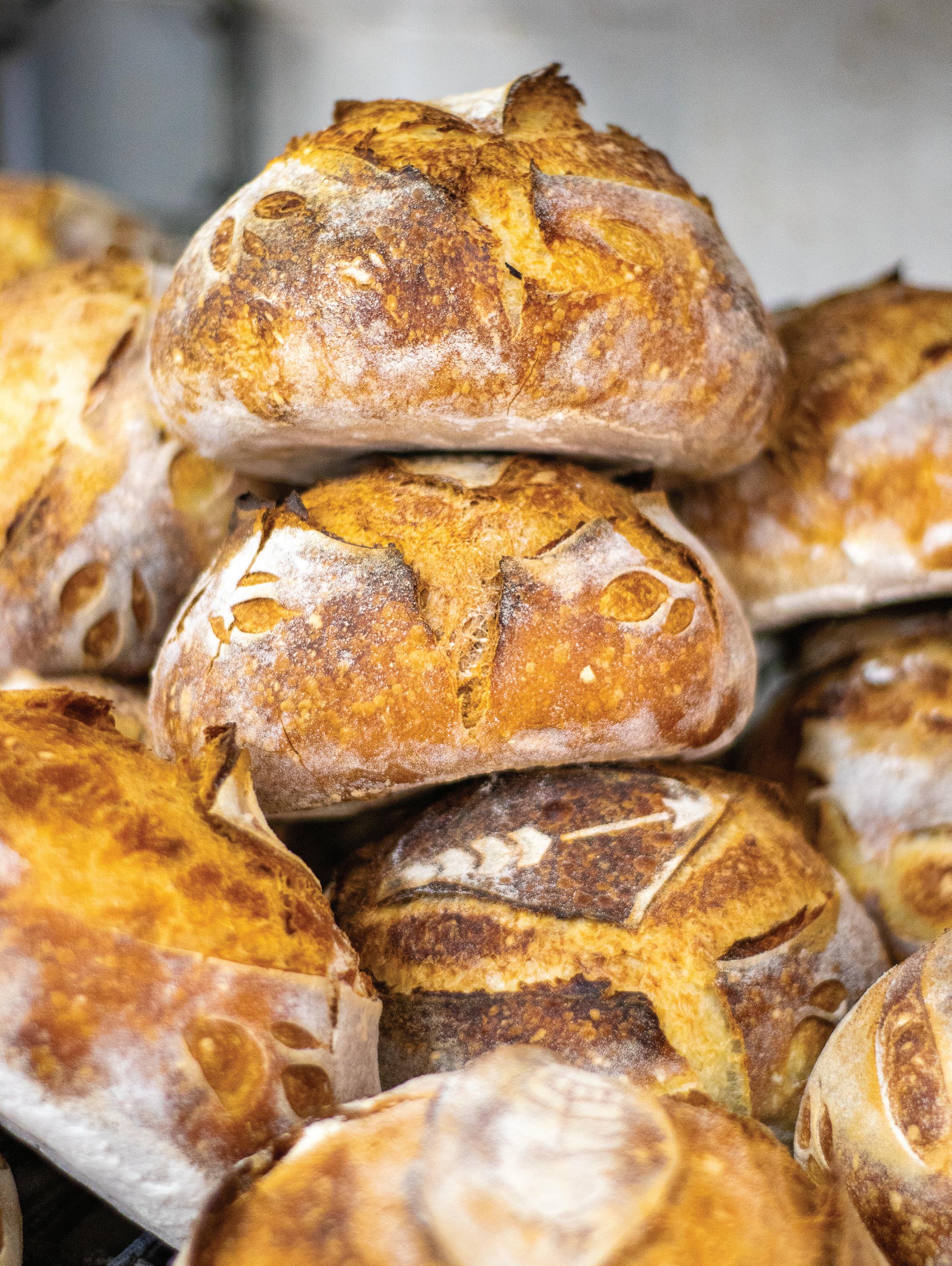
AN INTERVIEW WITH STEPHANIE VIGIL, OWNER
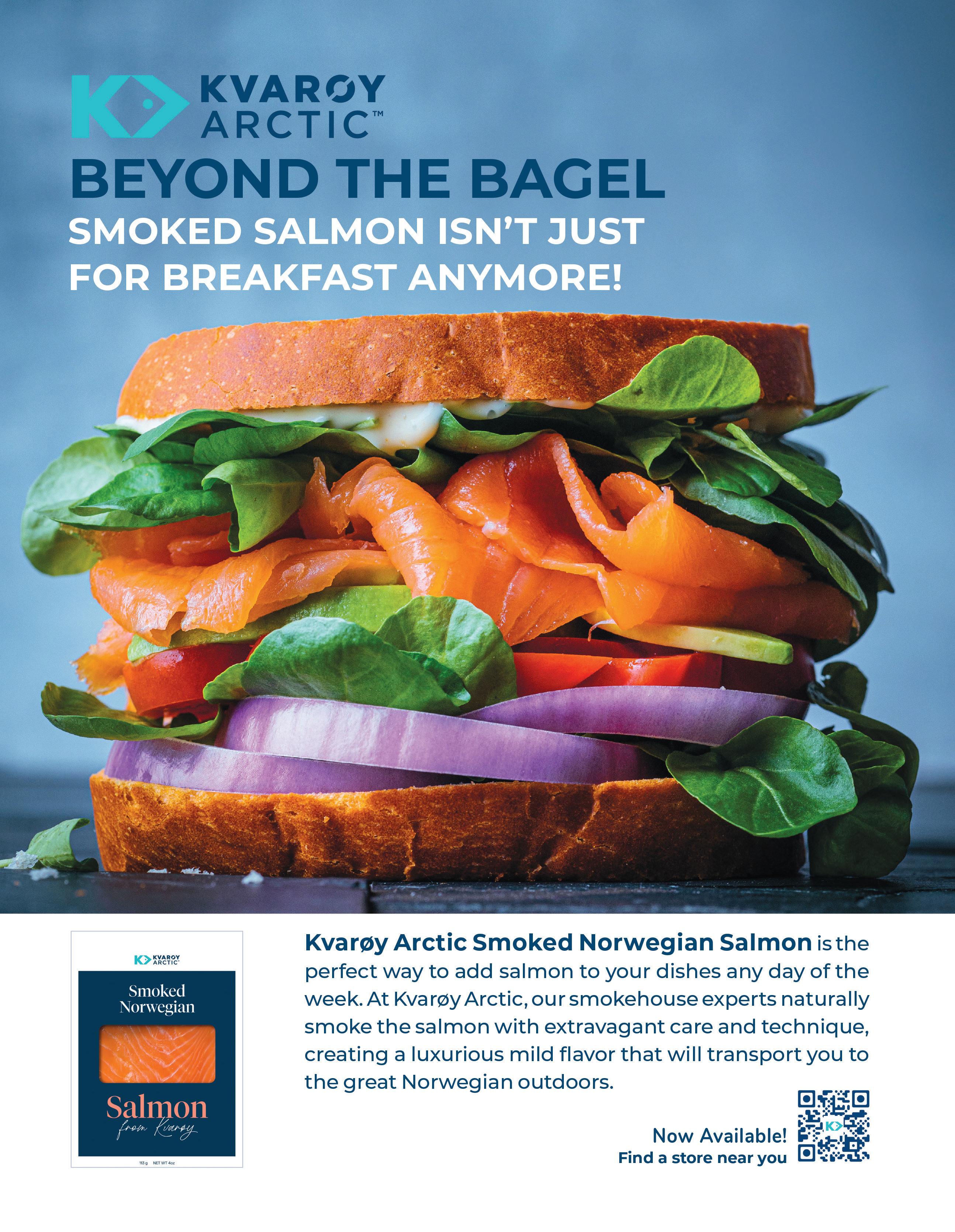
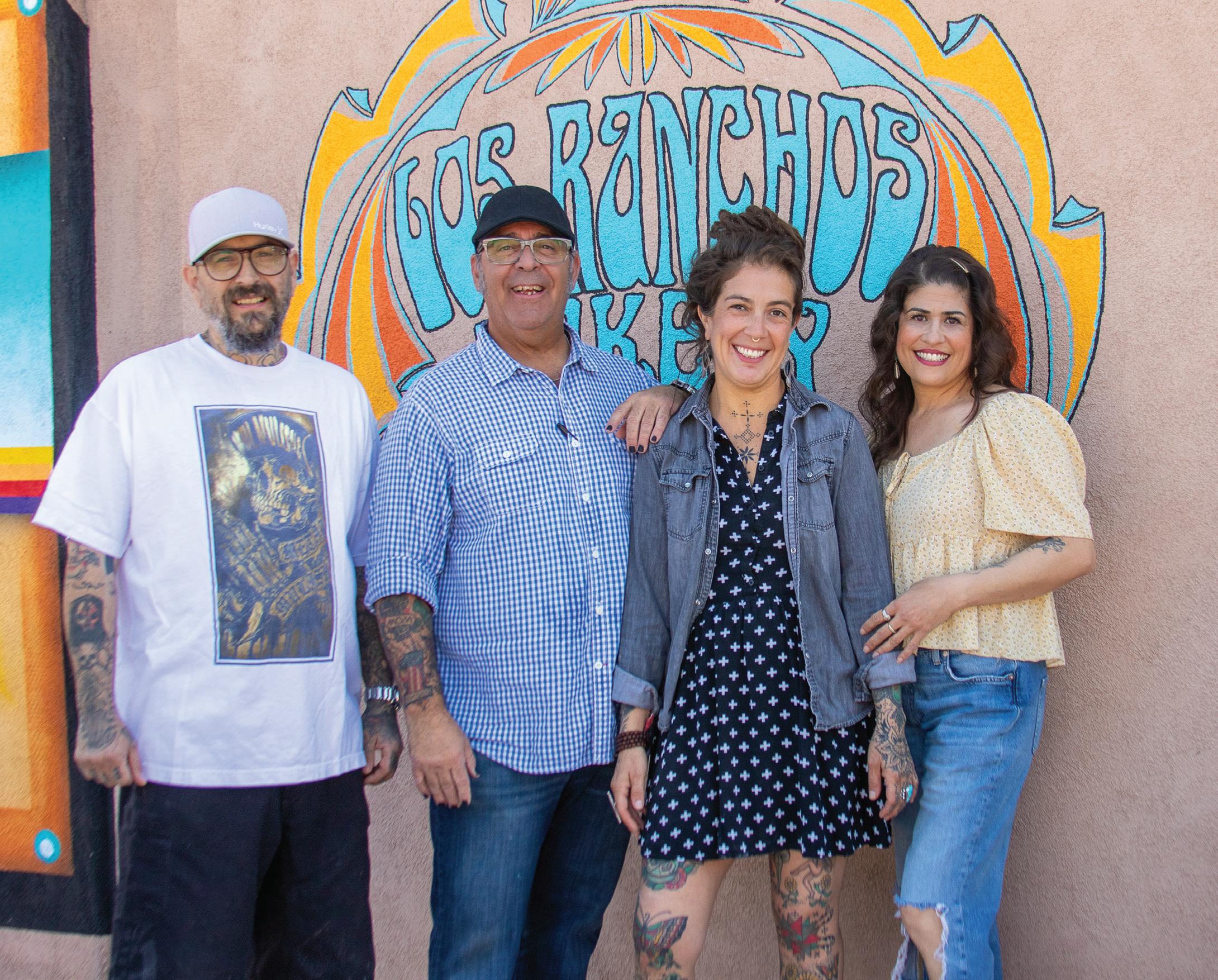
You choose. Will it be cinnamon rolls, scones, pie, gluten-free vegan cupcakes, a sandwich loaf? Get in line and ponder your selection until it’s your turn at the counter. Inside the modest storefront on a stretch of Fourth Street long known for its antique malls and repair shops, Los Ranchos Bakery is part of the growing bustle of the neighborhood. “I’ve loved baking since I was a child,” says owner (and mother of four) Stephanie Vigil. “I contributed to countless bake sales, made all the Thanksgiving desserts, and gave away homemade Christmas cookies every year. Becoming a baker is a dream come true.” At her bakery, you’ll find small-batch, fresh-baked goods and a full coffee menu in a friendly hangout
space with local art for sale. Their goods can also be found at coffee shops around Albuquerque and, in season, at the Los Ranchos Growers’ Market.
How did Los Ranchos Bakery come to be?
I’ve lived in the North Valley since 2010 and wished there was a coffee and pastry shop along my morning commute. One day I saw the bakery near me was for sale and decided to take a leap. I bought the equipment, took over the lease, and started perfecting my recipes. I opened in February of 2018 with a simple menu and one baker friend helping me. In January of 2019 Jovee came to work for me and we have evolved and grown so much since then.
A scone is a scone is a scone is a scone— or is it? What makes a good one, and why do they hold such coveted space on your menu and counter?
I adore a good scone with a crunchy outside and soft interior. It was very important to me to get that right. We worked hard on perfecting our scone recipe. The imaginative flavor combinations our bakers come up with are a bonus!
What were some of your early inspirations in baking? Can you share the tale of your first loaf/pie/cake?
My earliest memories in the kitchen were eating biscochitos while my grandma rolled out tortillas. As an adult, I lived in some
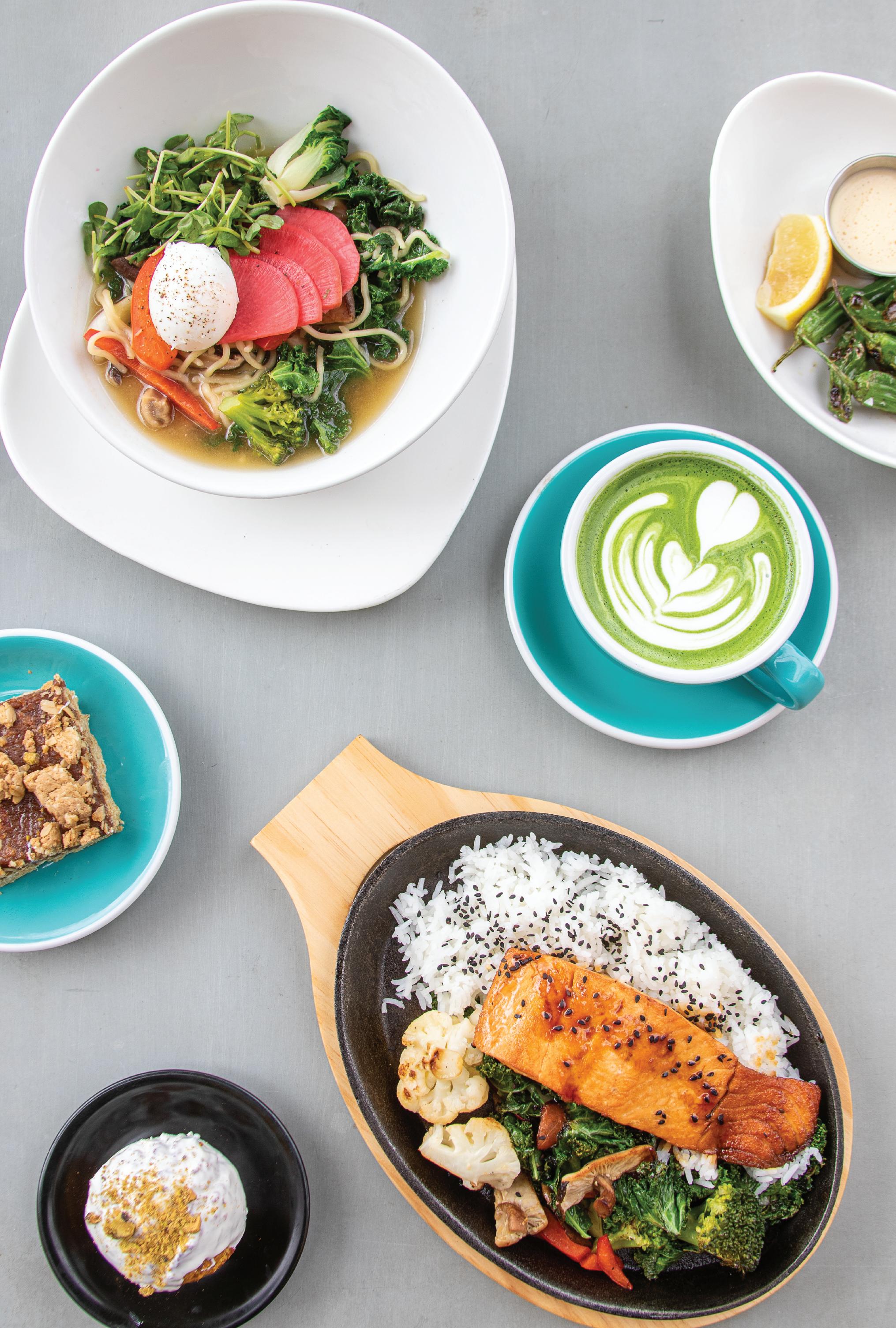

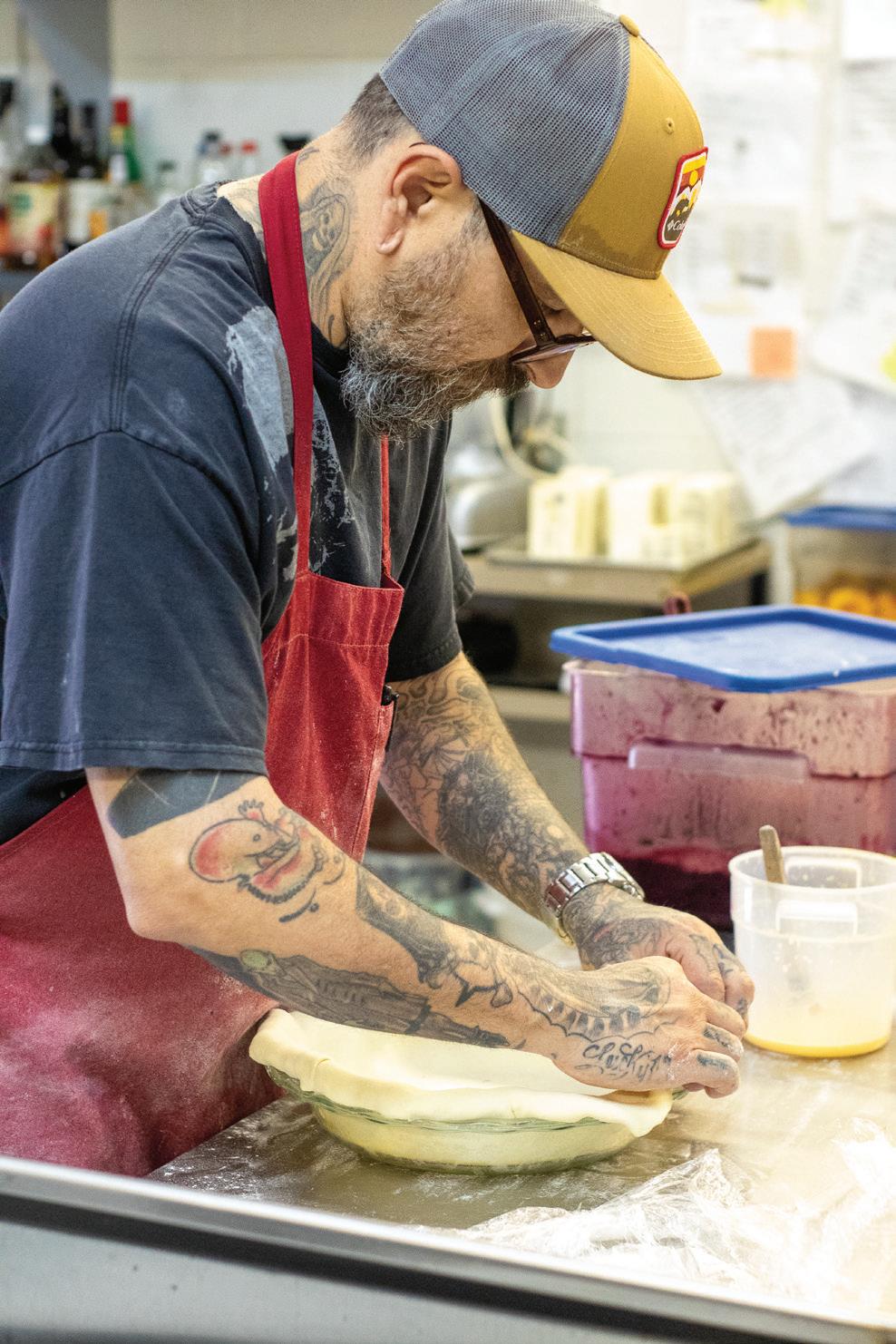
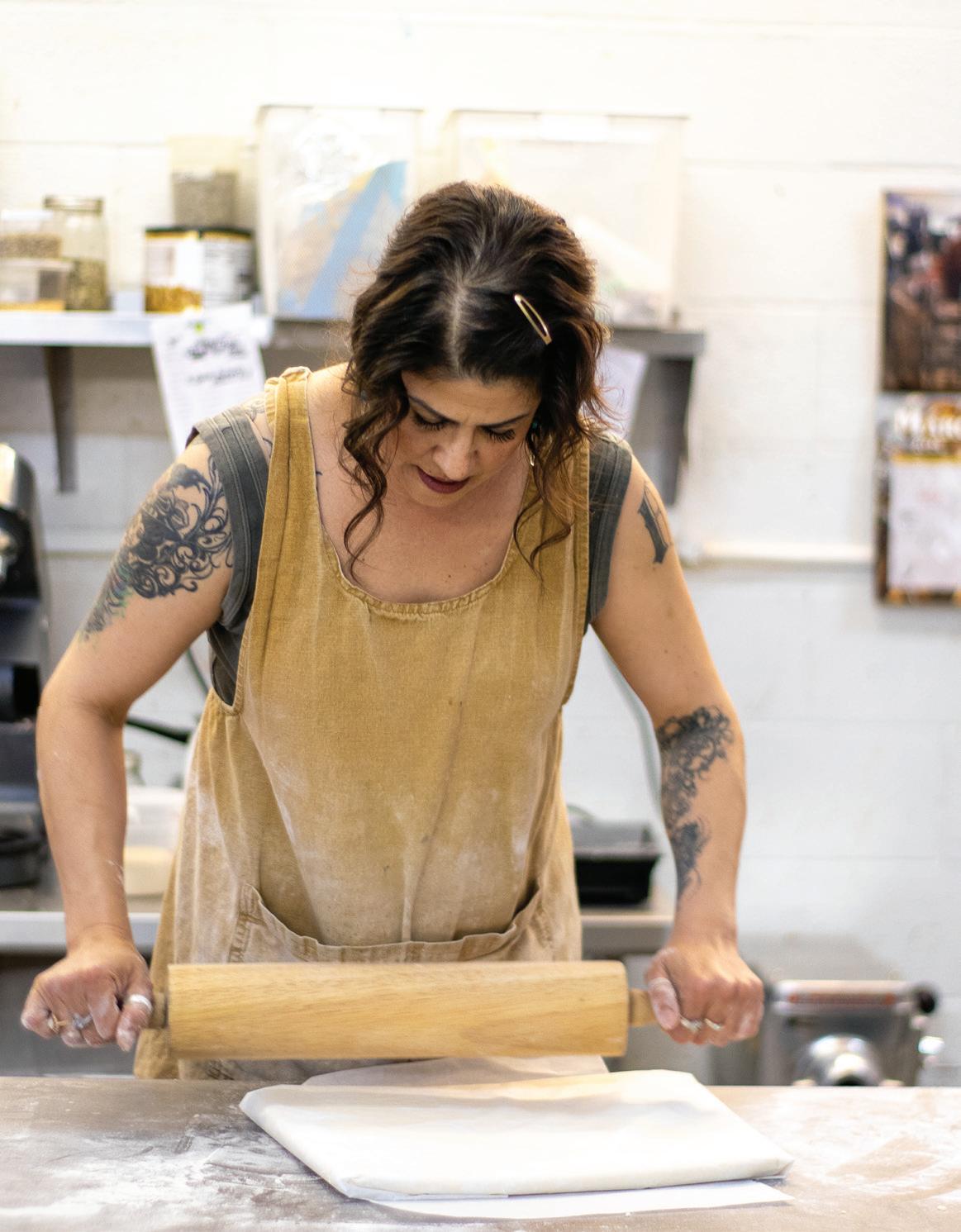
rural areas of New Mexico and the hippie in me always wanted to cook everything from scratch. I started with cookies and cakes (my older kids rarely got store-bought sweets), and I loved learning how to bake bread when the stores were too far away to run out for a loaf.
What do you consider when sourcing ingredients?
We’ve had a booth at the local growers markets every year, so we’ve built relationships with local farmers. Incorporating locally sourced and fresh-picked fruits and veggies into our menu is so important to us!
Do you have a favorite house sandwich?
Outside the bakery, where do you like to dine in Los Ranchos?
The BLT is my favorite sandwich right now, but my main focus for all of the sandwiches is a foundation with fresh-baked bread, which really makes a difference.
Sadie’s is nostalgic for me because I grew up eating there when it was in the bowling alley. Don Choche’s tacos are a staple and, of course, Campo for ambience and a nice date night out!
Along with offering local coffee and kombucha, you’ve been known to host pop-ups and sell local artwork. Was that always part of your vision for the bakery?
It wasn’t initially, but there are so many amazing artists in our community that I felt called to use our space to share their hard work. I began doing pop-ups in our parking lot several years ago and keep rotating local art adorning our space. We’ve had several amateur artists make their first sales at our spot and that really warms my heart.
Your baked goods can be found at numerous coffee shops around town. What are some of the challenges and rewards of expanding distribution?
Expanding is always a lot of work but when some of my favorite coffee shops inquired about pastries, I just couldn’t say no! It’s so rewarding to deliver fresh-baked pastries every morning and see folks get excited to see what I brought today. I also get a chance to say hi to my favorite baristas, regulars, and friends in the community.
Anything else you’d like to share with edible readers?
I’m excited to be opening a new food pod in the recently renovated Imperial Inn in EDo. Ursa Minor will have breakfast and lunch and Suffocakes will have sinful, late-night desserts. Collaborating with Chef Liam Kimball from Tuerta on this project has been a blast. I love being inspired by all the amazing chefs in New Mexico and meeting some of the minds behind my favorite dishes.
6920 Fourth Street NW, Los Ranchos de Albuquerque, 505-859-4727, instagram.com/losranchosbakery




“I am a dancer at heart,” says Ximena Zamacona, founder and owner of Full Circle Mushrooms in La Mesa. “I am a nature lover and learner,” she adds. With her background in chemistry and high-tech greenhouse production, her favorite object of study is the fine intertwine of logic and intuition. Full Circle specializes in growing gourmet mushrooms for wider New
Mexico, which can be found at farmers markets, grocery stores, and restaurants. The farm combines traditional knowledge with a system that produces healthy food—mushrooms from the desert—while regenerating the soil through their growing practices. “When I decided to pursue a career as a grower, it was hard to see myself at that level, not because I thought
I couldn’t do it, but I had to see it to know it’s possible,” Zamacona shares. Her vision was to build a business to support her and her family (pets included) while also giving back to the community. “I am a Mexican female grower. We are proudly and unapologetically woman-owned and I hope to set an image and an example for future generations of girls.”


$32,500
TOTAL IN CASH PRIZES AWARDED TO MARKETS



2,435 MARKETS PARTICIPATED IN 2023
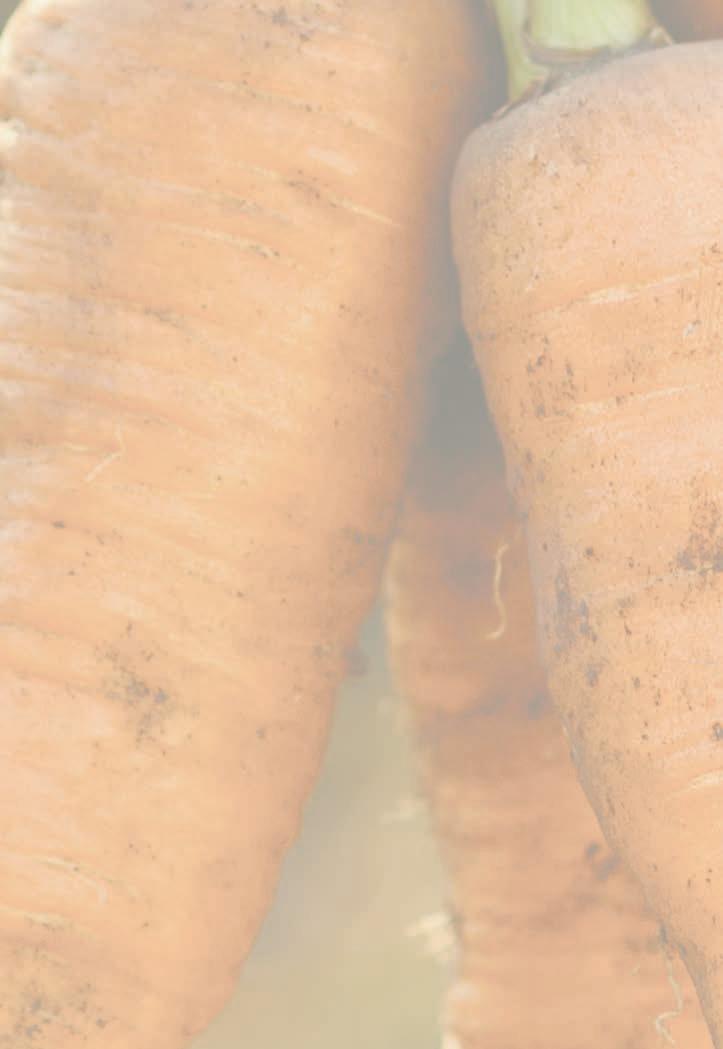
VOTE FOR YOUR FAVORITE MARKET

What led you to mushrooms?
I was led to mushrooms by the idea of making something that will give back to nature with a minimal impact, by using agricultural waste to create something of value out of it. How does your farm differ from others in southern New Mexico?
We are the first woman-owned and -operated farm in the Southwest. I take a lot of pride in it, because we do face a lot of hoops. Our company exists to transform connections between nature and ourselves to advance the care of the outside world. We do it by growing food that nurtures our bodies and the soil around us.
Do you still use pecan wood as part of your substrate? What else do you use, and how does the substrate fit into the “full circle” that inspired your name?
We ran our farm entirely with pecans in the beginning until I realized it was not sustainable because we don’t have big machinery like a forklift that could allow us to work. We transitioned to other agricultural by-products such as wood from sawmills. Our commitment to keep it full circle remains. We are sharing our spent substrate with local farmers. We partnered with La Semilla Community Farm and Pata Viva Farm, to name a few, to bring to their farm organic matter and
composted blocks. We grow in by-products, then our by-products are the new soil for other farmers. Our pecan project is still on the horizon though!
What is your top seller? Is there a mushroom you’d like to talk more home cooks (or chefs) into trying?
Our top seller at farmers markets is our Forest Mix, a blend of oyster, lion’s mane, and shiitake. (You saw it here first!)
For chefs, they all have different preferences. Our chefs love our variety. We are one of the few farms that grow a wide variety, including shiitake, maitake, chestnut, oyster, lion’s mane, and black king.







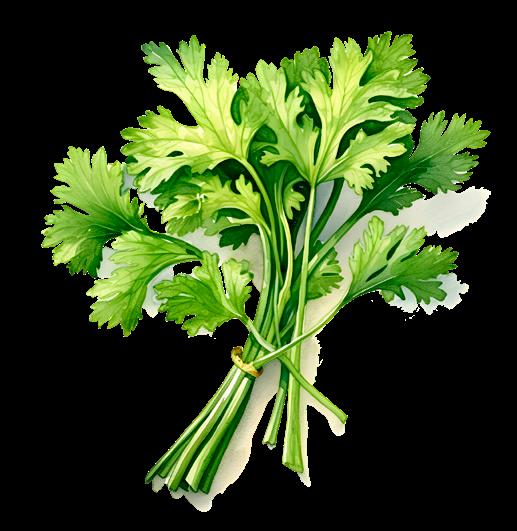



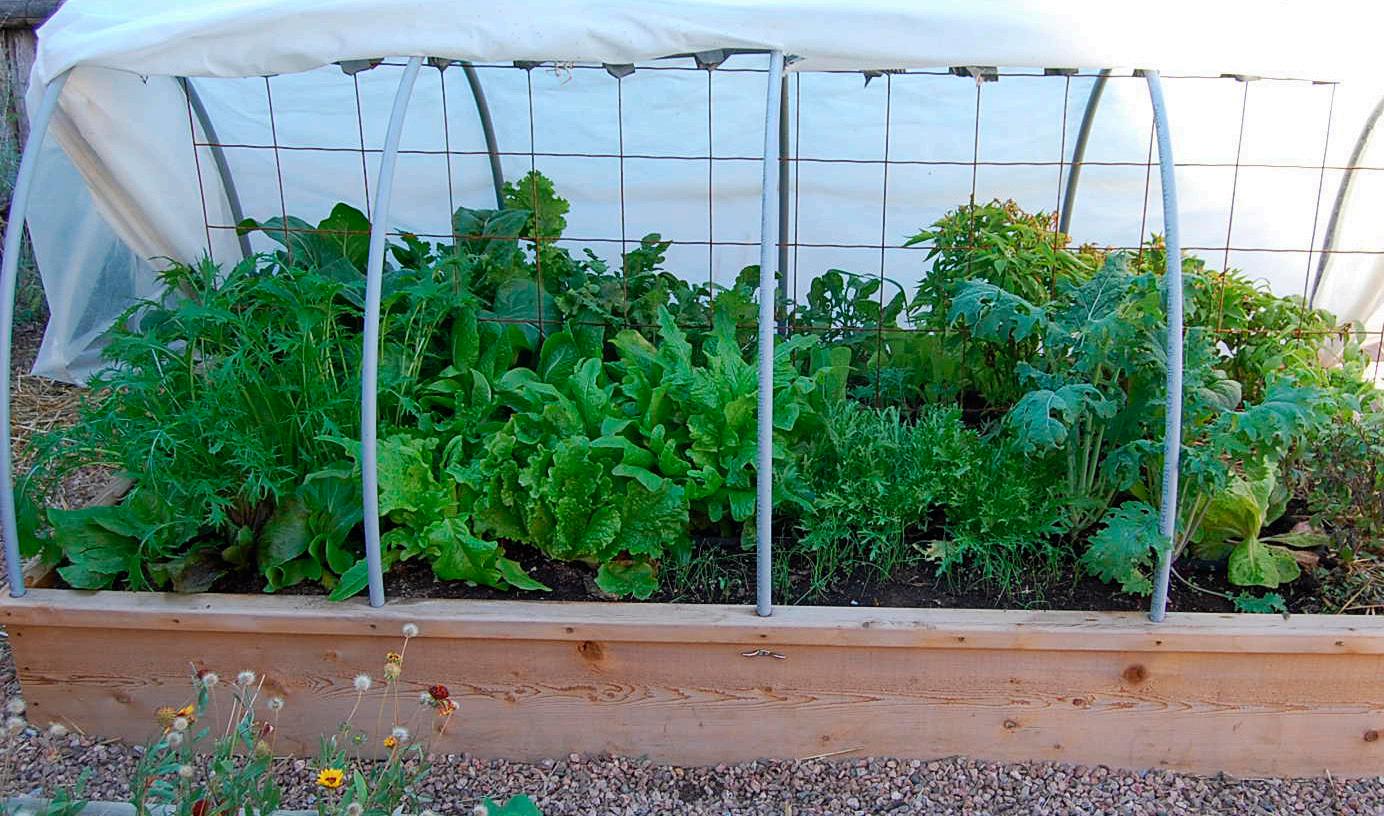

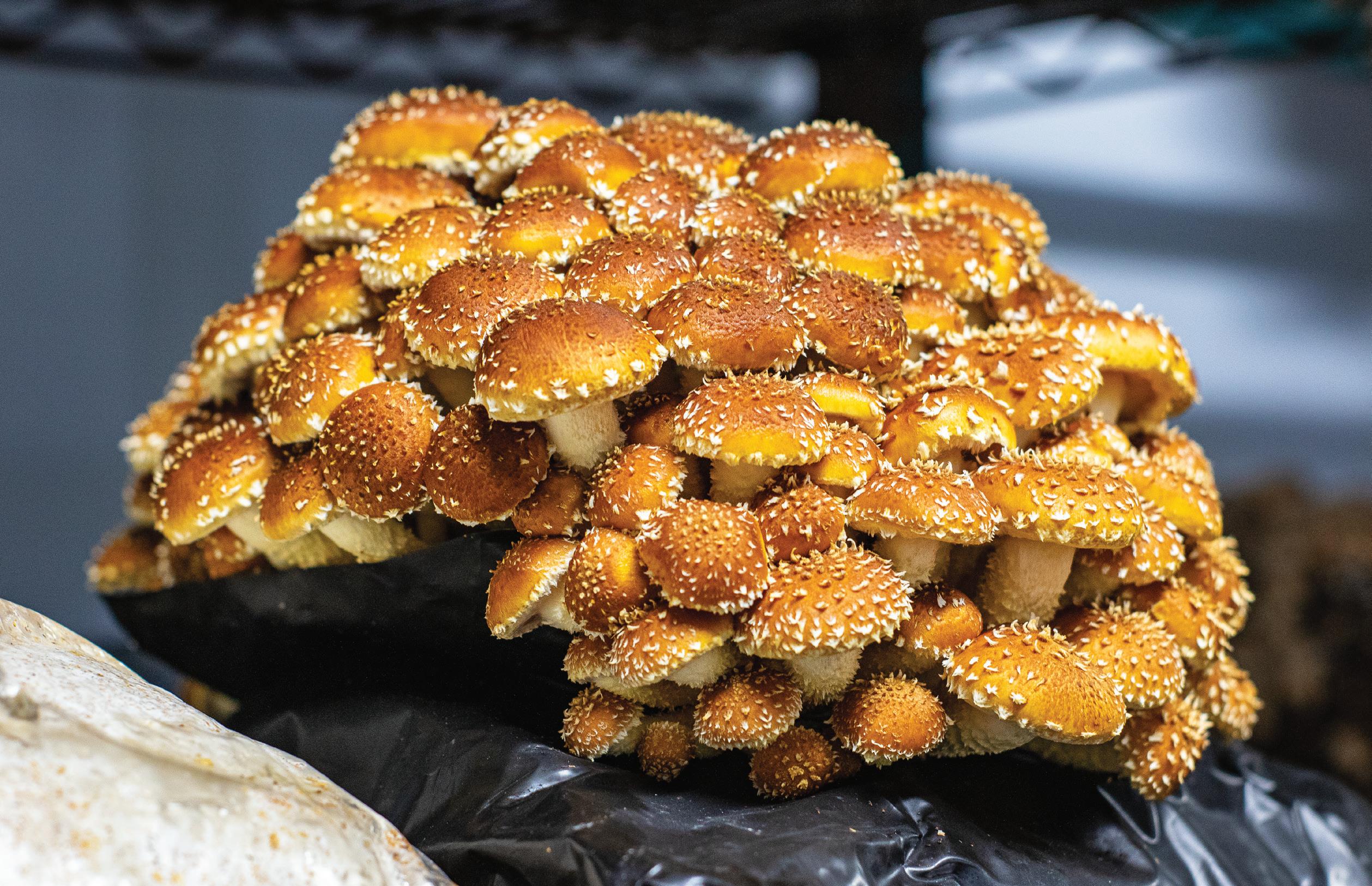
Do you have a favorite ingredient to pair with mushrooms?
I like to keep it simple—butter, thyme, and garlic. The key is to sear them as if they were meat. Medium heat, and don’t move them much. Look for that golden crust! Sear them first, then add spices, and salt at the end so they don’t hold water.
What kind of food did you grow up eating?
I grew up eating what my mom cooked fresh every day. Setas, as we call mushrooms in central Mexico, are common closer to the mountains. A mix of setas with queso oaxaca and epazote on a corn tortilla is mouthwatering! Whether in Mexico or New Mexico, what role do you see mushrooms playing in cultural shifts around food and agriculture?
Mushrooms all across La Sierra Madre are part of the culture, mainly foraged and consumed by everyone in small towns. Nowadays, I see the “shroom boom” is also expanding to main cities. Mushrooms are not just food. They are definitely creating a culture around them.
When you talk about community, how do you define yours?
Loving, supportive, nature-conscious. Our Full Circle community is inspiring! We have a great relationship with our local chefs too. Real community shows when things don’t go well, and we work together to make it better. What (or who) have been three of your greatest influences?
My grower-mentor, who keeps me on my toes. My husband, for his unconditional support.
Internet for sure (ha ha!)—I have learned so much through this tool.
Who’s your favorite food authority, local, national, or international?
I love Sofia Toraño! She is demystifying mushrooms and is an amazing plant-based chef from central Mexico. Also Derek Sarno, for his undeniable contributions to mushroom cooking techniques.
Anything else you’d like to share with edible readers?
Each and every one of your decisions when it comes to supporting local is a vote for your community. You eat three times a day, and every time you choose local, you are voting for making it richer.
575-448-1339, fullcirclemushrooms.com

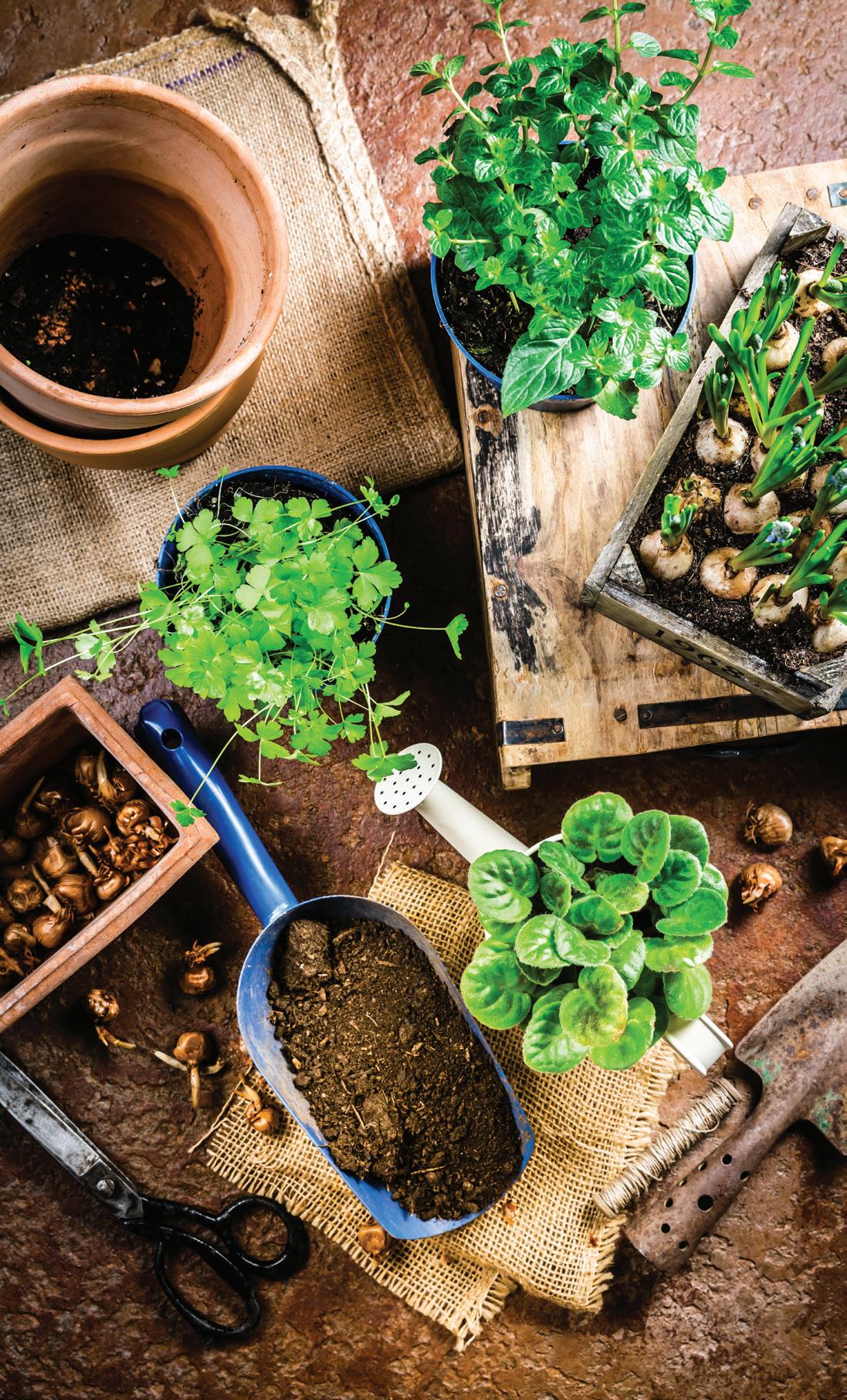



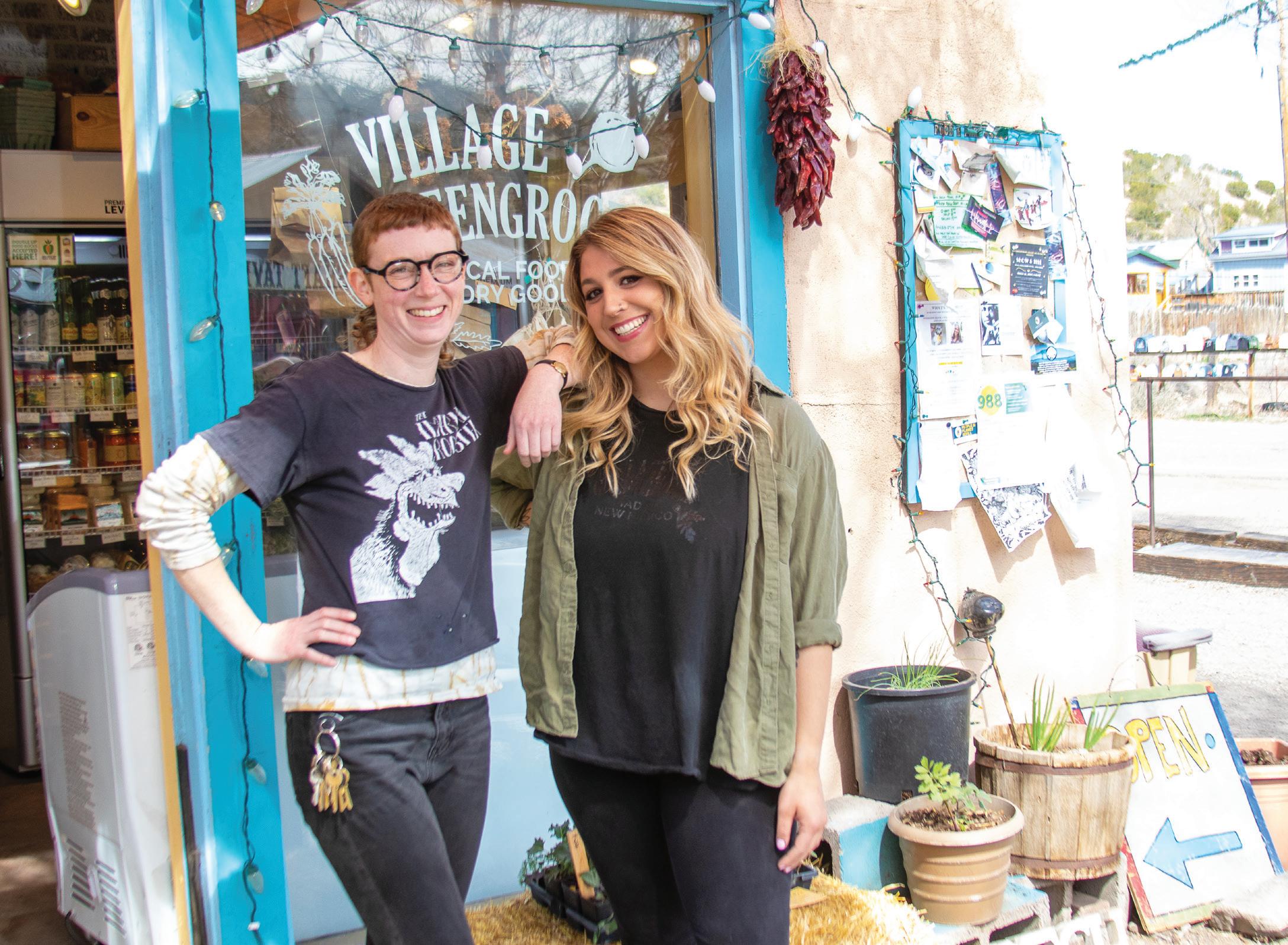
The old coal mining town of Madrid, sitting roughly halfway between Albuquerque and Santa Fe on the scenic Turquoise Trail, has attracted road-trippers and urban expats for decades. It’s gained something of a reputation as an arts colony, with public art installations, an independent print shop, and plenty of galleries selling the work of local and international artists. On any given weekend, you can park in Madrid
and stroll down the quarter-mile main drag, where you can get a coffee at Java Junction, take in the art, catch some live music at the Mine Shaft Tavern, and come home with a unique piece of silver jewelry from one of the many boutique-y little shops. On your drive back, you can tune in to KMRD 96.9 FM, the commercial-free community radio station that plays a truly eclectic blend, DJed by volunteers.




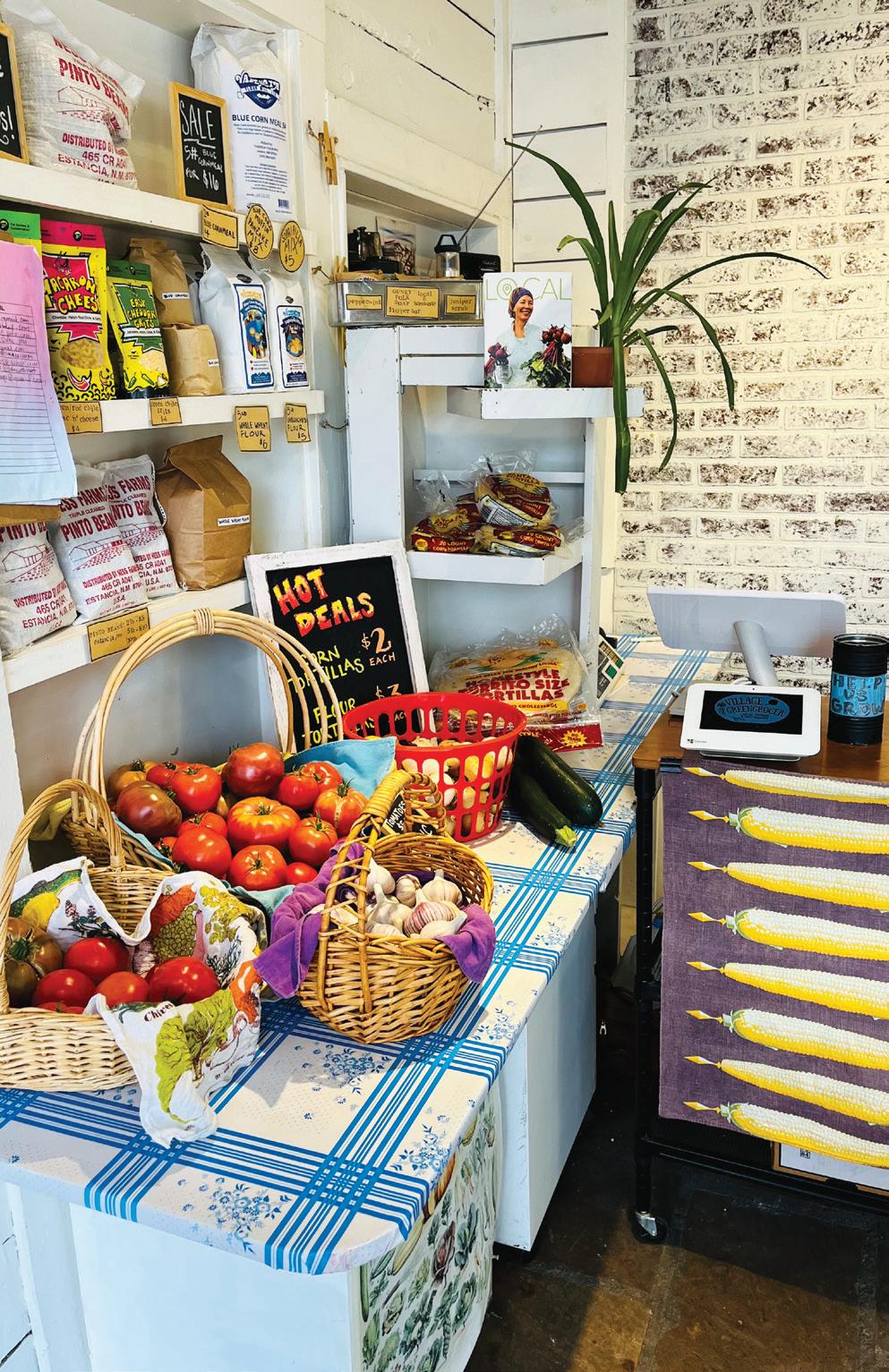

Thanks to Village Greengrocer, located in the town’s Gypsy Plaza shopping center, you can also buy local produce and pantry staples. The shop, though quite small, makes an oversize difference to a town where the closest grocery store in any direction is at least a half-hour drive, making fresh vegetables hard to come by. For Stella Byrne and Kate Finio, opening Village Greengrocer felt like the obvious answer to a need that had gone unmet in the community for far too long.
“The concept was born during early COVID-19 pandemic times when going out into the world, even to the grocery store, was pretty scary,” says Finio. “Limited access to groceries, especially fresh produce, has been a challenge in this area far before 2020, but it was highlighted even more at that time.” At first, they were operating on more of a CSA model—bulk food distribution, connecting local farmers and producers with the community—but in early 2021, once the opportunity arose to rent the little space right beside NM 14, they jumped at the chance to make it a more permanent establishment.
Byrne and Finio, who initially met while working in food service, know intimately how limited access to good food can make it hard to live in rural New Mexico. With only a couple of restaurants in town and limited open hours between them, residents of Madrid often don’t have an option besides cooking at home. The store’s primary customer
base is the “residents of Madrid and the surrounding rural communities of Cerrillos, Lone Butte, San Marcos, Golden, San Antonito,” says Finio. “As members of the community we serve, Stella and I started Village Greengrocer as a truly community-minded business, existing to meet the needs of our neighbors.”
Meeting those needs, the two women knew, meant providing fresh food and everyday ingredients for dinner, not just handmade novelties and high-end ice cream. Their freezer full of various cuts of beef is all sourced from Trilogy Beef Community, a network of family and tribal ranchers based in Moriarty, and most of their dairy comes from Tucumcari Mountain Cheese Factory. They source flour and cornmeal from Valencia Flour Mill, their beans come from Ness Farms in Estancia, and their chile powder comes from Chimayó. Some locally produced staples and specialty items are available too, such as honey, tortillas, pickles, fermented foods, granola, and several drinks, including New Mexico Ferments kombucha and Bluefly Farms Sparkling Water.
Although not every single product in the store is locally made— they have a few national-brand dairy products—the selection seems intended to find the balance between steadfastly local and truly practical and serviceable for their customers. As Finio puts it, “We started

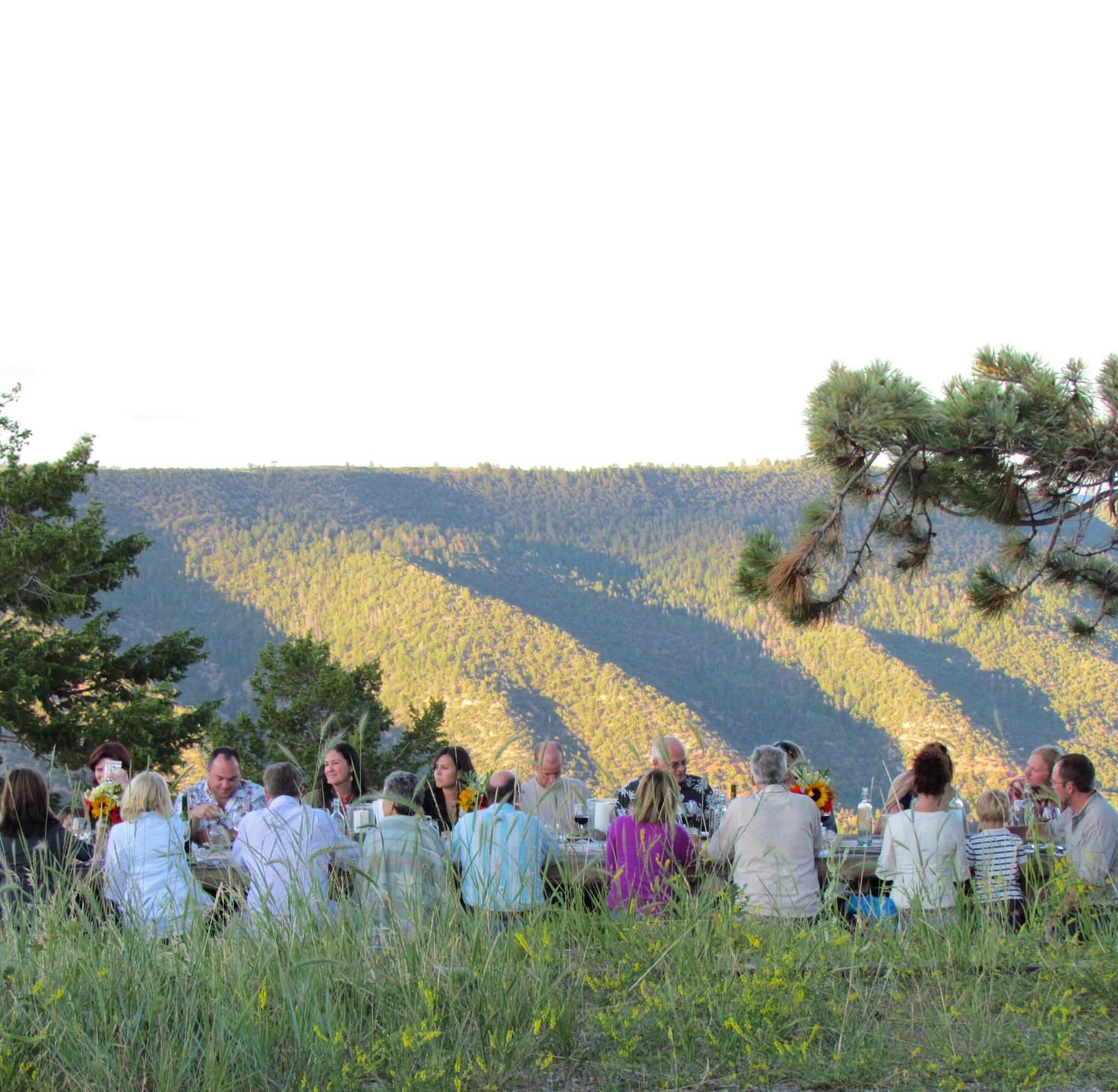








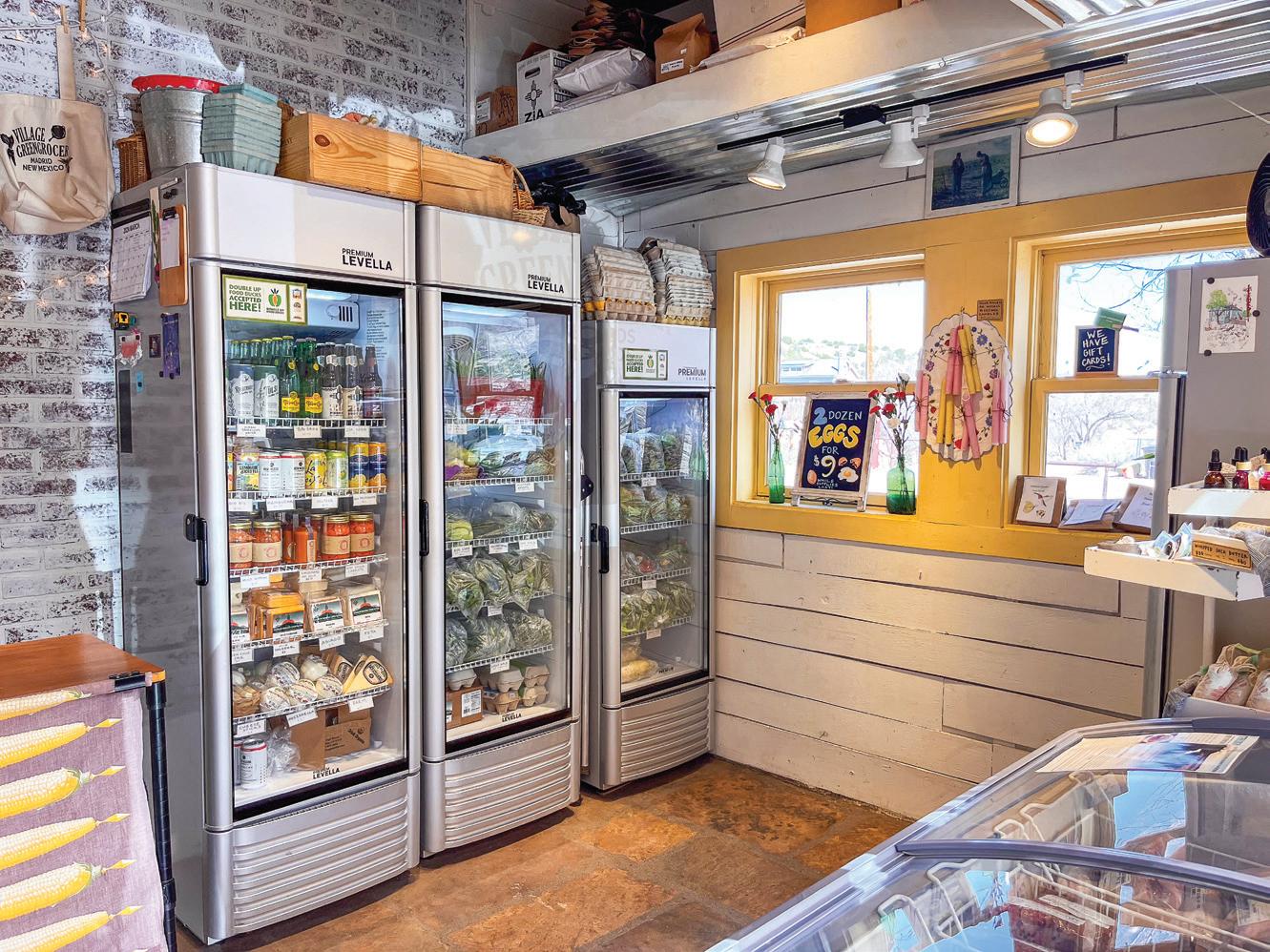
out carrying only local products but have expanded beyond that to add other grocery staples that aren’t otherwise available in our immediate area.” They also stock beauty and bath products made at Santa Fe’s Eastside Remedios and The Lotus in Madrid.
As part of their commitment to the community, Village Greengrocer ensures that all the produce they sell is eligible for Double Up Food Bucks, the SNAP program that provides double the dollars for locally grown fruits and vegetables. When I visited in early spring, two of the fridges were packed full of different fresh greens, herbs, and radishes, most of which come from either La Capilla Hops Farm in La Cienega or Reunity Resources in Santa Fe. Double Up also applies to the plant starts that the grocery sells in the spring—when I visited in March, they had onion, sorrel, catnip, and a couple of kale varieties available.
But even beyond their Double Up status, they have remarkably reasonable prices for a middle-of-the-desert local grocer. I was pleasantly surprised to walk away with fresh mustard greens, a pound of blue cornmeal, a half pound of ground beef, hollyhock seeds, and two pounds of pinto beans—all locally produced—for $30.
In April, Village Greengrocer made a big update to their store: they knocked down the wall separating them from Mad Thrifty, the thrift store behind them, merging the two businesses’ storefronts and giving each of them more shelf space. They are “sharing resources with this other important community project,” Finio says, “and looking forward to seeing what it brings.”
For locals of Madrid and the surrounding towns, I can’t help but think Village Greengrocer is a true gift. For visitors like myself, I admit it’s a pretty idyllic spot—one that makes me daydream of farmfresh eggs, slow mornings in a mountain town, and getting out of the city for a little while.
3 Firehouse Lane, Madrid, 505-375-4196, instagram.com/villagegreengro
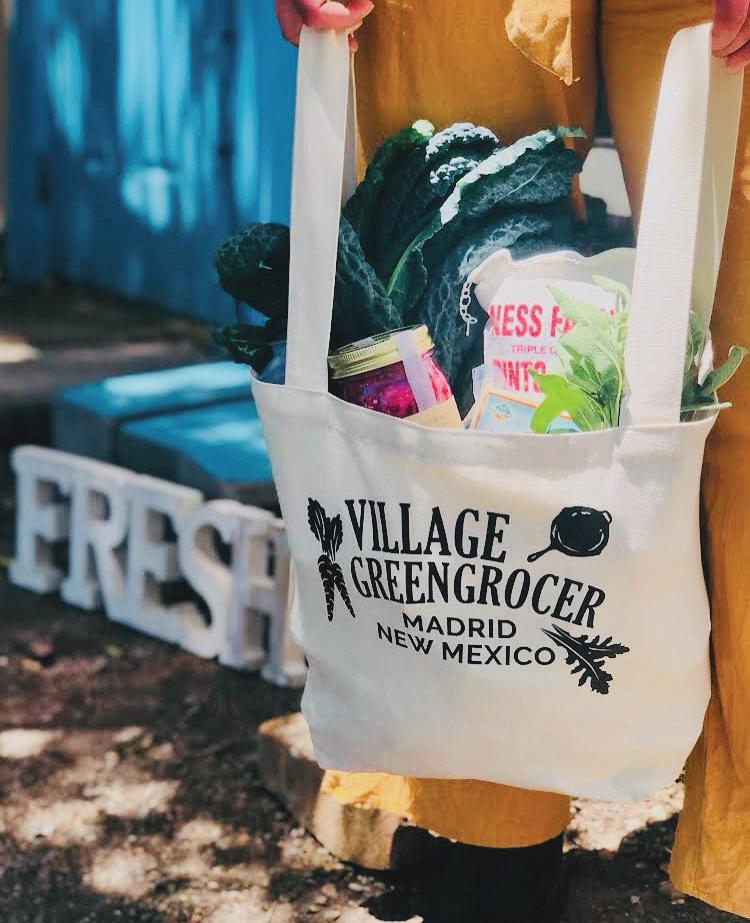
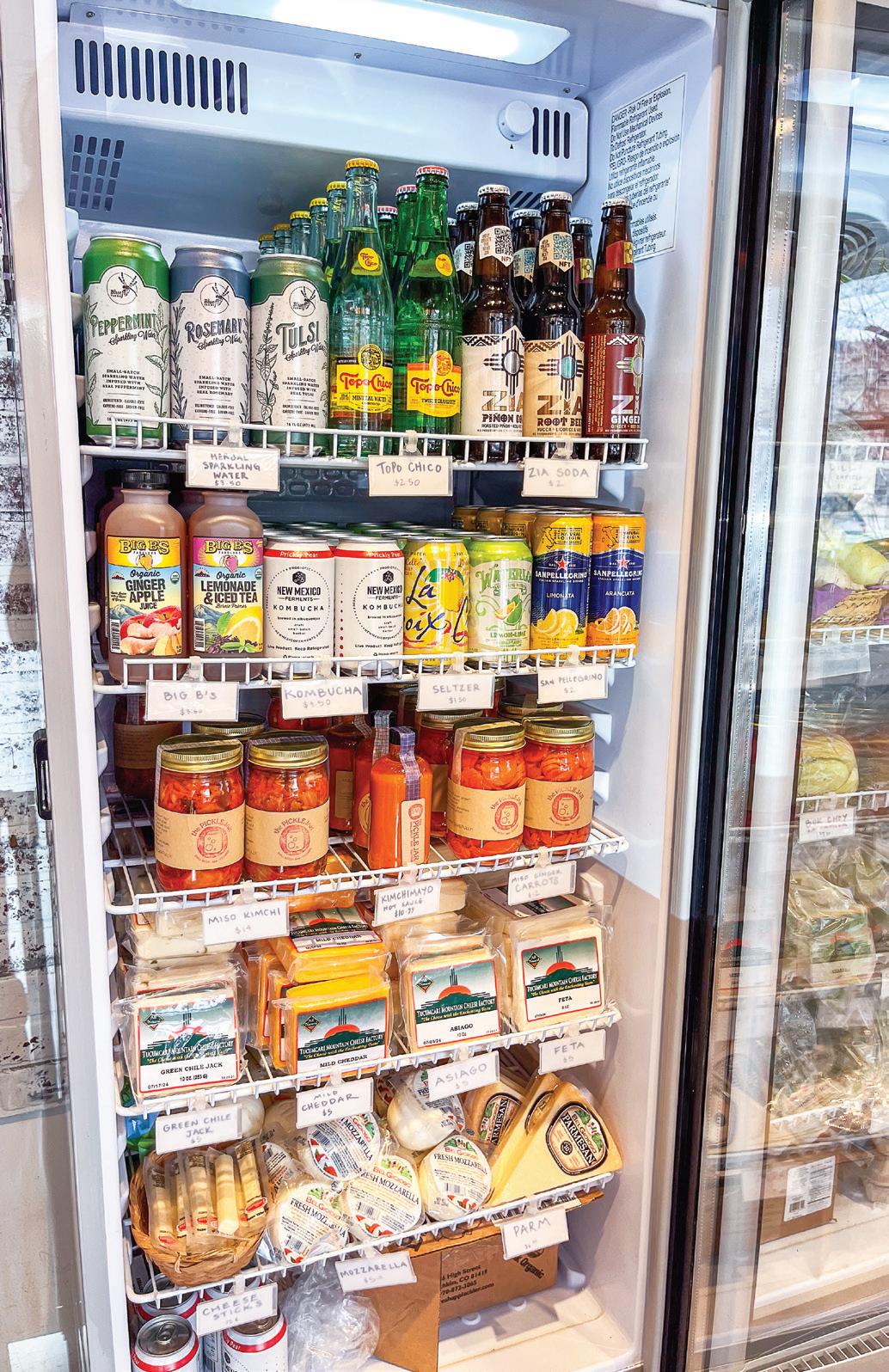
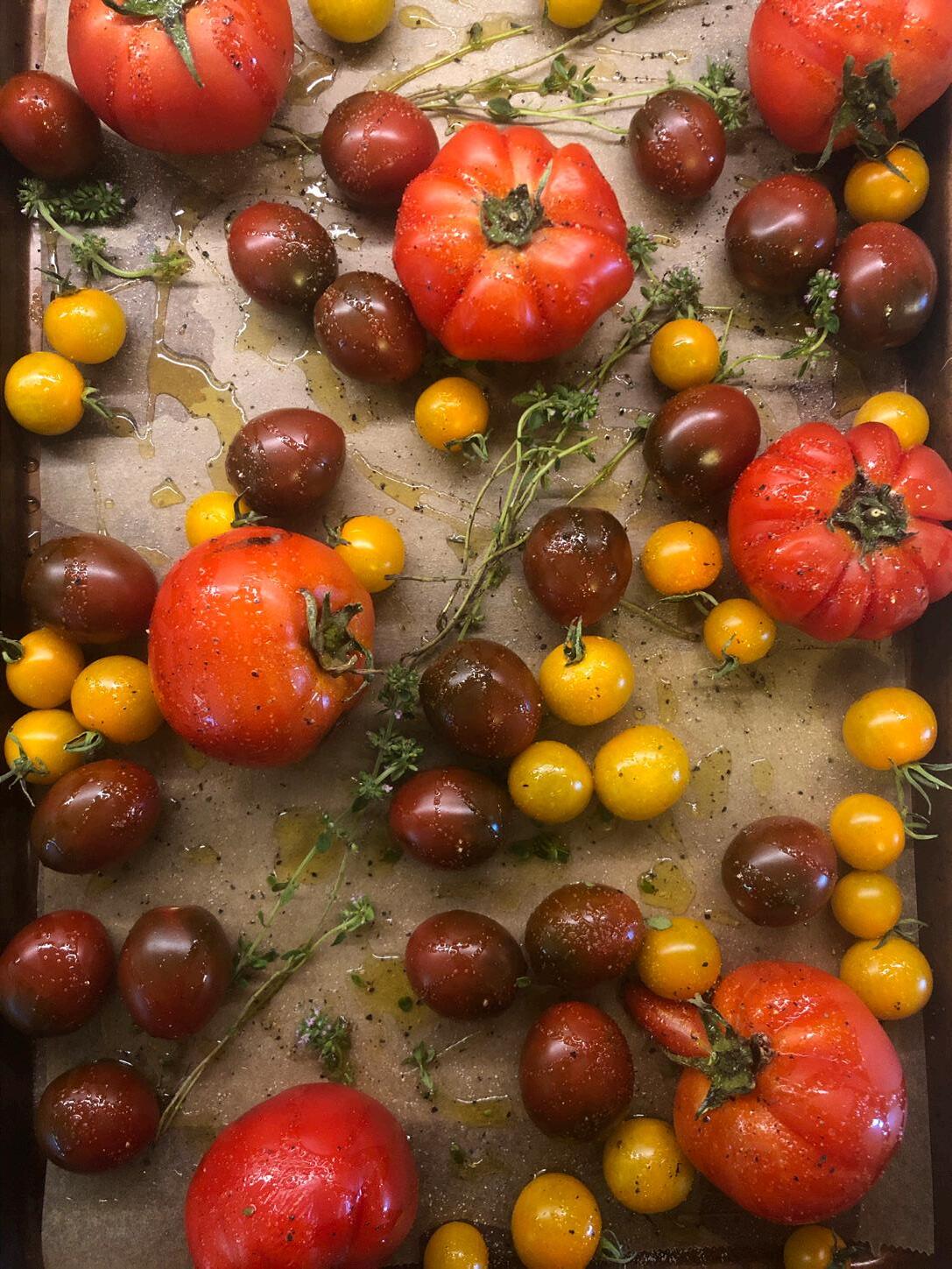
MAY 23 – Vinegars from Start to Finish
JUNE 6 – Kraut & Kimchi
JUNE 20 – Fermented Vegetables: Lactic-Acid Pickles
JULY 11 – Cheesemaking: Aged Hard Cheese
JULY 20 – Canning Tomatoes & Salsa
JULY 25 – Fermented Hot Sauces






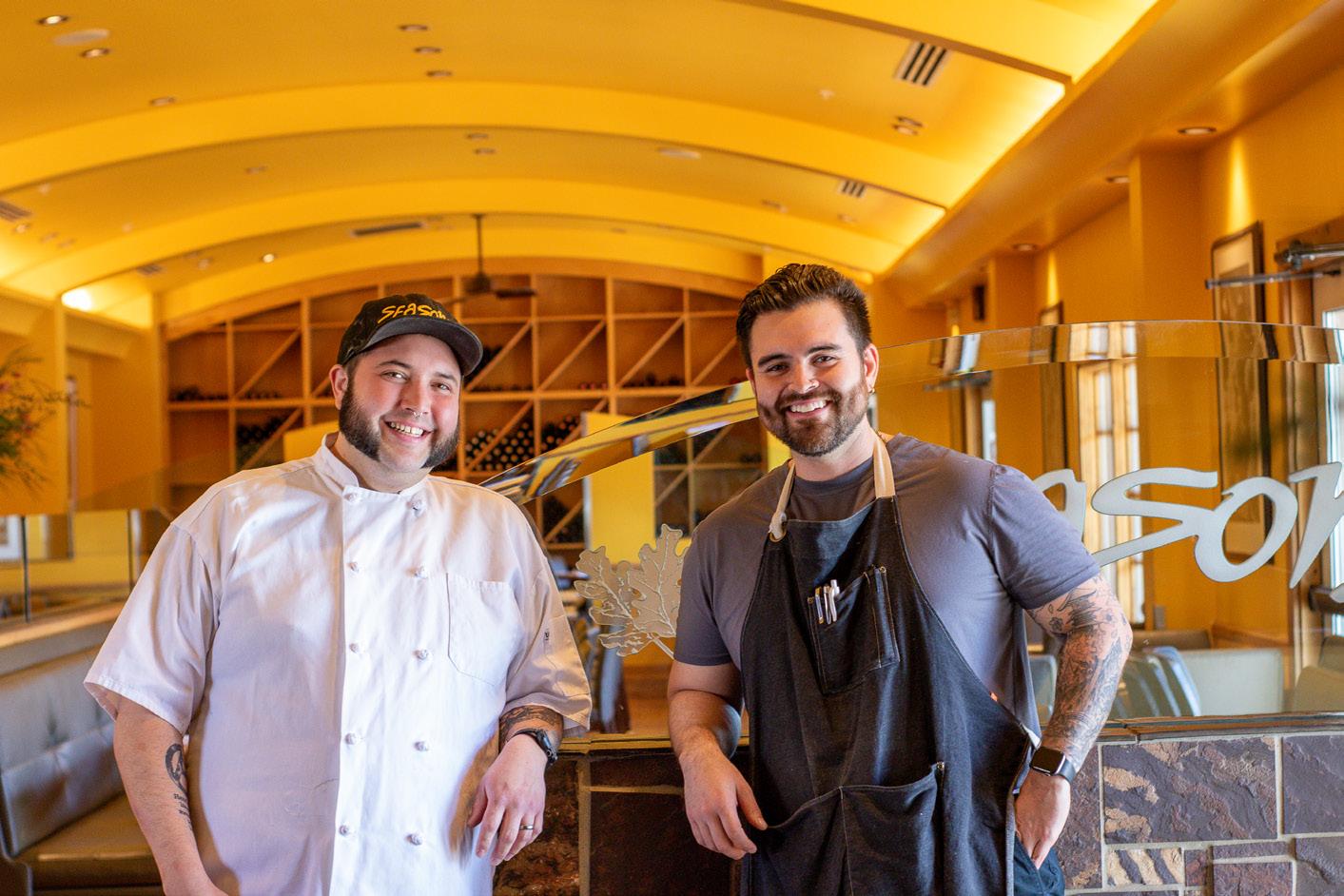
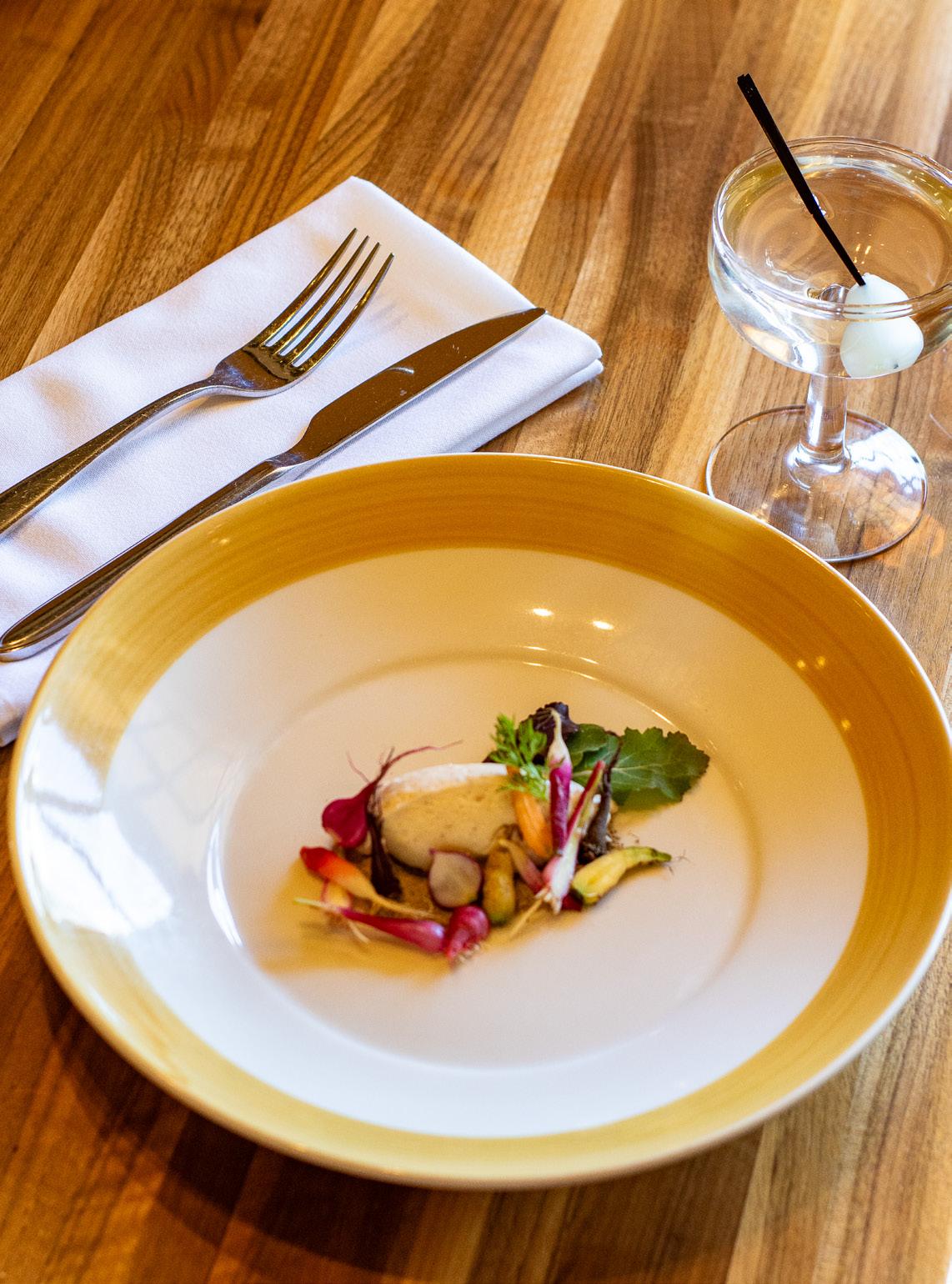

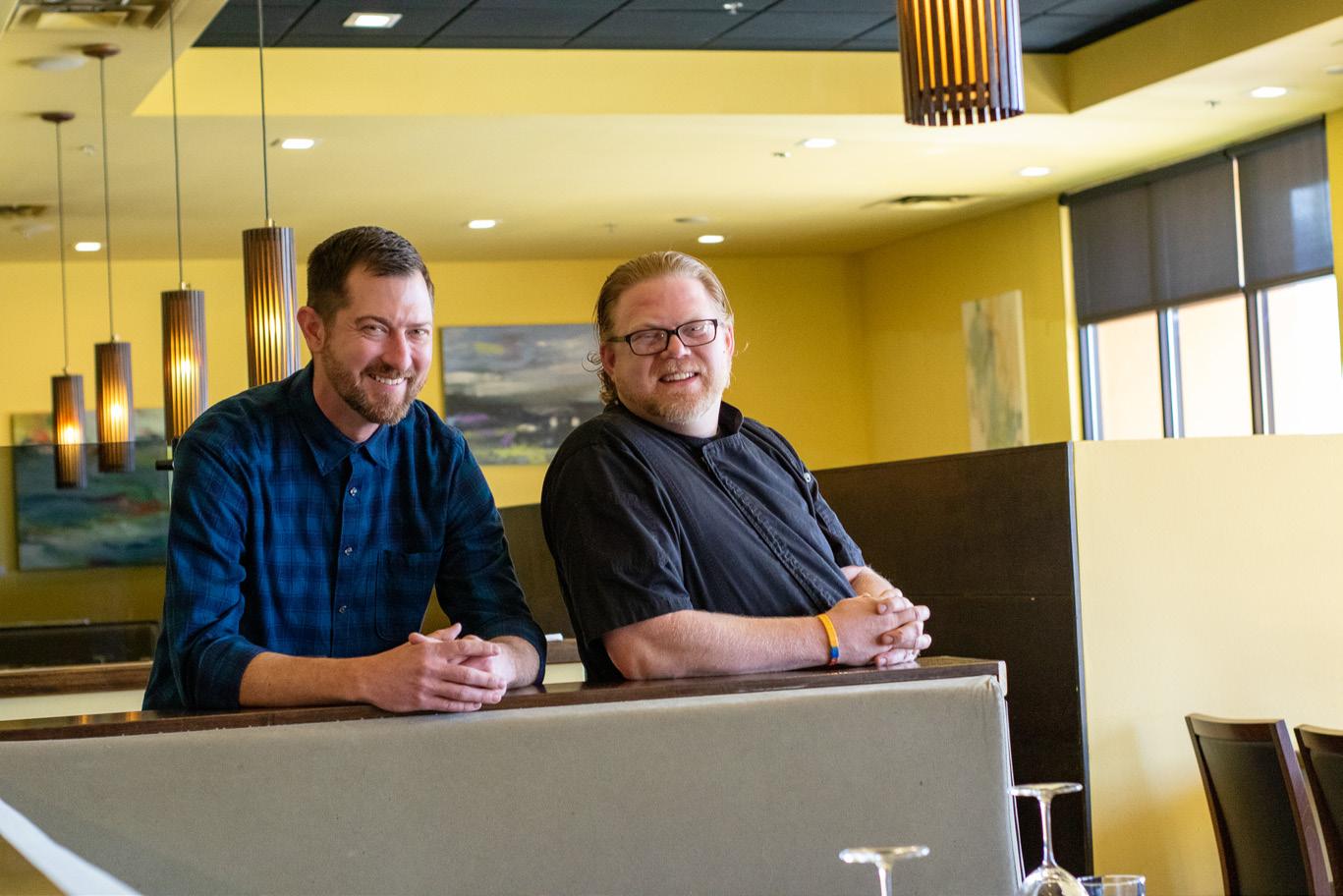
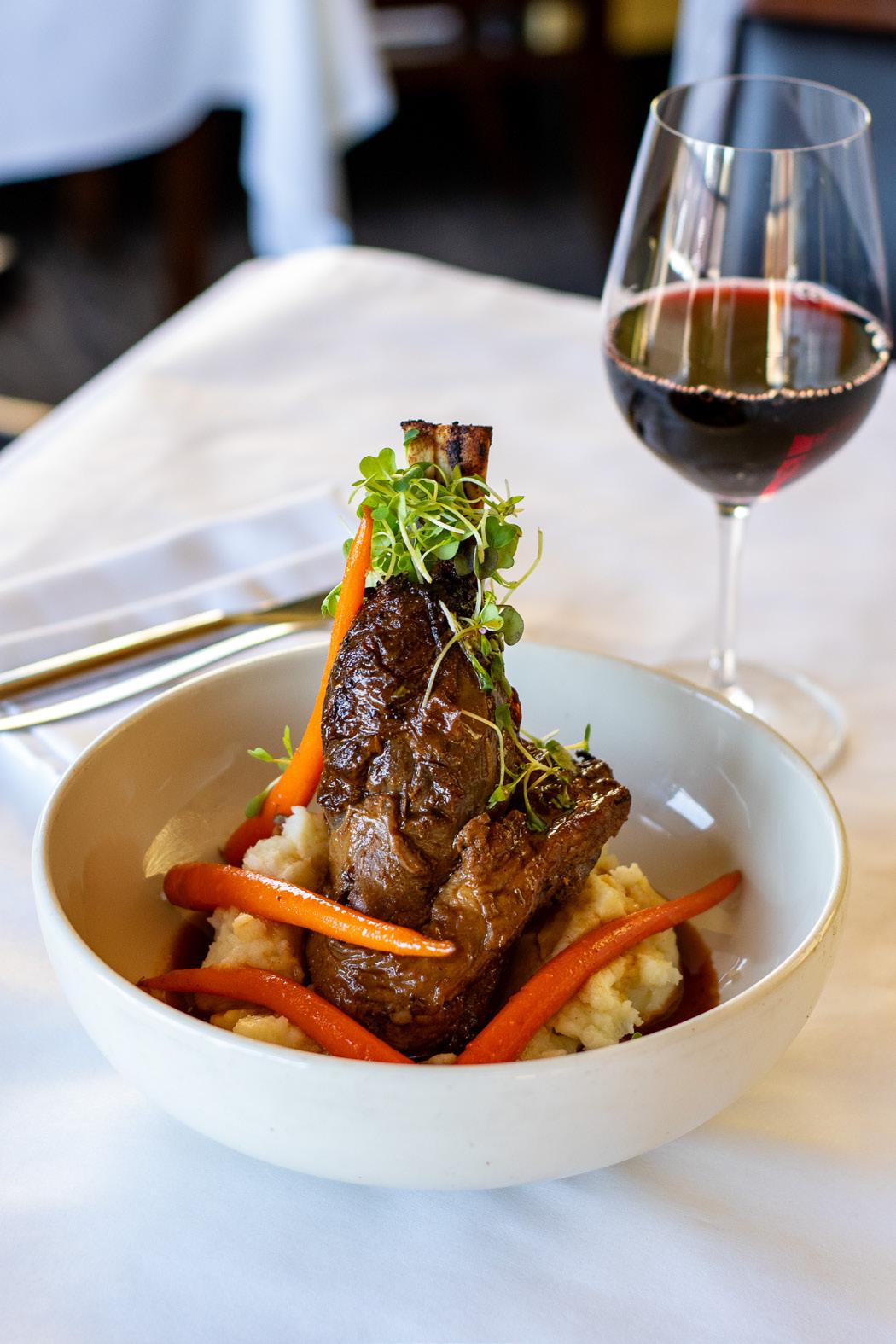





Local ingredients, served locally. We seek out the eshest, seasonal organic produce, meats, and fish. Then we serve it up with flair and attentive service right in your neighborhood.
Join locals supporting locals. Delicious.


SEASONS GRILL IN OLD TOWN
Executive Chef, Domonick Campos Bar Manager, Josh Morey
RIDGE VINEYARDS DINNER Thursday, June 13 at 6 pm
SAVOY BAR & GRILL
Wine Director, Benjamin Williams
Operations Chef, Benjamin Wilken
DUCKHORN VINEYARDS
PROGRESSIVE DINNER
Saturday, June 22 at 6 pm
ZINC WINE BAR & BISTRO
Adam Ybarra and Bailie Schmidt, bar managers & partners
BURGUNDY IN THE BASEMENT! Wednesday, July 10 at 6 pm
Make reservtions for Wine Dinners by scaning the QR codes.

I’ve stood in line for an hour to eat at the famed Lombardi’s in Brooklyn, one of the first documented pizzerias in the United States. I’ve eaten the famous deep-dish pies from Chicago on a cold rainy day. One of the best pizzas I ever had was a simple margherita from a laundry-adjacent restaurant in Nice, France; the cheese alone made it a permanent food memory for me. The alpaca wood-fired pizza I ate in the ancient city of Cusco, Peru, is forever married in my mind to the place where I ate it. The charred crust at Farina in downtown Albuquerque, the foldable crust at John’s in Manhattan, the caramelized crust of Giordano’s in Chicago, pizza bianca at Diavola in Geyserville—all are worth the trip, the wait, the hype.
Alas, no pizza I make at home will likely measure up to those moments, but I still find it one of my favorite things to cook. I don’t own a fancy Ooni outdoor oven or Traeger attachments. I am armed only with my gas range at 550°F, a plethora of dough
Makes 4 10–12 inch pizzas
High-hydration pizza doughs are the key to success in making pizza at home. I strongly advise using mass measurements for everything in baking pizza dough, but at the very least, use a scale to measure the flour. Flour is compressible, and the same volume can vary in weight by as much as 50 percent, which will throw off the hydration level of your dough. A high proportion of water creates a pizza crust that stays crisp but tender during cooking. The amount of water used is also determined by your environment, humid or dry. You might need to play around with your hydration level to perfect it.
4 cups (512 g) bread flour or all-purpose flour, plus more for assembly 2–3 teaspoons (12 g) kosher salt 1 teaspoon (4 g) instant yeast
1 3/4–2 cups (400–454 g) 110°F filtered water
If baking pizzas immediately, begin preheating the oven after the first step below. Place a pizza stone, baking steel, or pizza pan in the top third of the oven and preheat it to its hottest setting, 550°F. (Preheat your stone or steel for a minimum of 40 minutes.)
Whisk together the flour, salt, and instant yeast in a large bowl. Add water and stir with a spatula until the water is absorbed and you have a wet, sticky doughball. Cover the bowl with a damp tea towel and set aside in a warm spot to rise for 1–1 1/2 hours or until the dough has doubled in bulk. Cover a work surface liberally with flour. The dough is very wet, so don’t hesitate to use more flour as needed. Turn the dough out onto the floured surface and divide it into 4 equal portions. Roll each portion into a ball with floured hands. If you are baking right away, let the balls sit on
recipes, a baking stone, and a gazillion attempts (failed and successful) to master the infamous flatbread.
In this edition of Cooking Fresh, I’m not going to go down the rabbit hole of the history of pizza or go totally scientific like Kenji López-Alt. I’ll share some tips, but my goal is to make pizza for all—carnivores, vegans, those who are lactose intolerant and gluten intolerant. I want to feed everyone around the table one of my favorite foods. Hopefully, these recipes provide some inspiration beyond the usual and entice you to see new possibilities while the seasons change and fresh ingredients become available at the market.
All the pizzas were tested in the edible kitchen using the dough recipes provided below for options with and without gluten. You could also buy dough at the supermarket or your local pizzeria (Dion’s, Il Vicino, and Back Road Pizza are among those who sell their house dough) and use it to make any of the recipes shared on these pages.
their seams for at least 30 minutes without touching. Or, if you are not baking the pizza the same day, transfer each ball of dough to an airtight container and store it in the refrigerator (see Tips).
Handling the dough as little as possible, shape each ball into a 10–12-inch round. If the dough has been proofed sufficiently, you should be able to pick it up and stretch it very easily using the back of your hands. Lay the stretched dough on a piece of parchment cut to match the size of your pizza. From here, top your pizza and transfer the pizza with the parchment to the preheated baking stone with a pizza peel or the back of a sheet pan. Cook time varies between 5 and 10 minutes based on toppings and the type of pizza pan used.
• During the shaping process, it is essential to use a light touch. Gentle handling preserves the bubbles created during rising.
• If time permits, make your dough ahead of time and refrigerate it—this contributes to flavor and browning. After proofing, place it in an airtight container and immediately transfer it to the refrigerator for at least 24 hours but as long as 5 days. Remove 90 minutes before you plan on baking and dough has risen slightly.
• A 60–90 second parbake might solve your soggy-crust woes.
• Because pizza is cooking at such a high heat, if you are cooking the pizza on parchment, ensure the parchment is the size of the pizza dough, as any excess may burn.
• The beauty of instant yeast is that you can stir it directly into the flour with no need to bloom it.
Makes 1 16-inch pizza
Results will vary depending on the gluten-free flour or mix you choose. This recipe is specific to Bob’s Red Mill Gluten Free 1-to-1 Baking Flour, which is available in most supermarkets. When cooked, the crust will have the constisteny of a thin-crust pizza.
1–1 1/4 cups (227–284g) filtered water 110°F
2 1/4 (9g) teaspoons active dry yeast
1 teaspoon sugar
3 tablespoons (42g) olive oil
2 1/2 cups (390g) Bob’s Red Mill Gluten Free 1-to-1 Baking Flour
1 teaspoon salt (4g)
Place pizza stone, baking steel, or pizza pan in the top third of the oven and preheat it to 500°F.
Stir water, yeast, and sugar in a measuring cup. Allow to rest for 8–10 minutes to activate the yeast. The yeast should bloom, and the top should be foamy. If it doesn’t bloom, your yeast may not be viable.
Whisk together flour and salt in a large mixing bowl. Once the yeast is ready, pour mixture and olive oil into the flour and salt. Use a spatula to stir until the dough comes together. Dough should be slightly sticky. Cover the bowl with a towel and let sit in a warm place for 1 hour.
Turn dough out onto parchment paper and form a doughball. Gently roll the dough out very thin, approximately 1/8-inch thick, and create a small edge by pushing the dough up with your fingers. From here, top your pizza and transfer with the parchment to your preheated baking stone with a pizza peel or the back of a sheet pan. Cook time will vary between 10 and 15 minutes based on toppings and the type of pizza pan used.
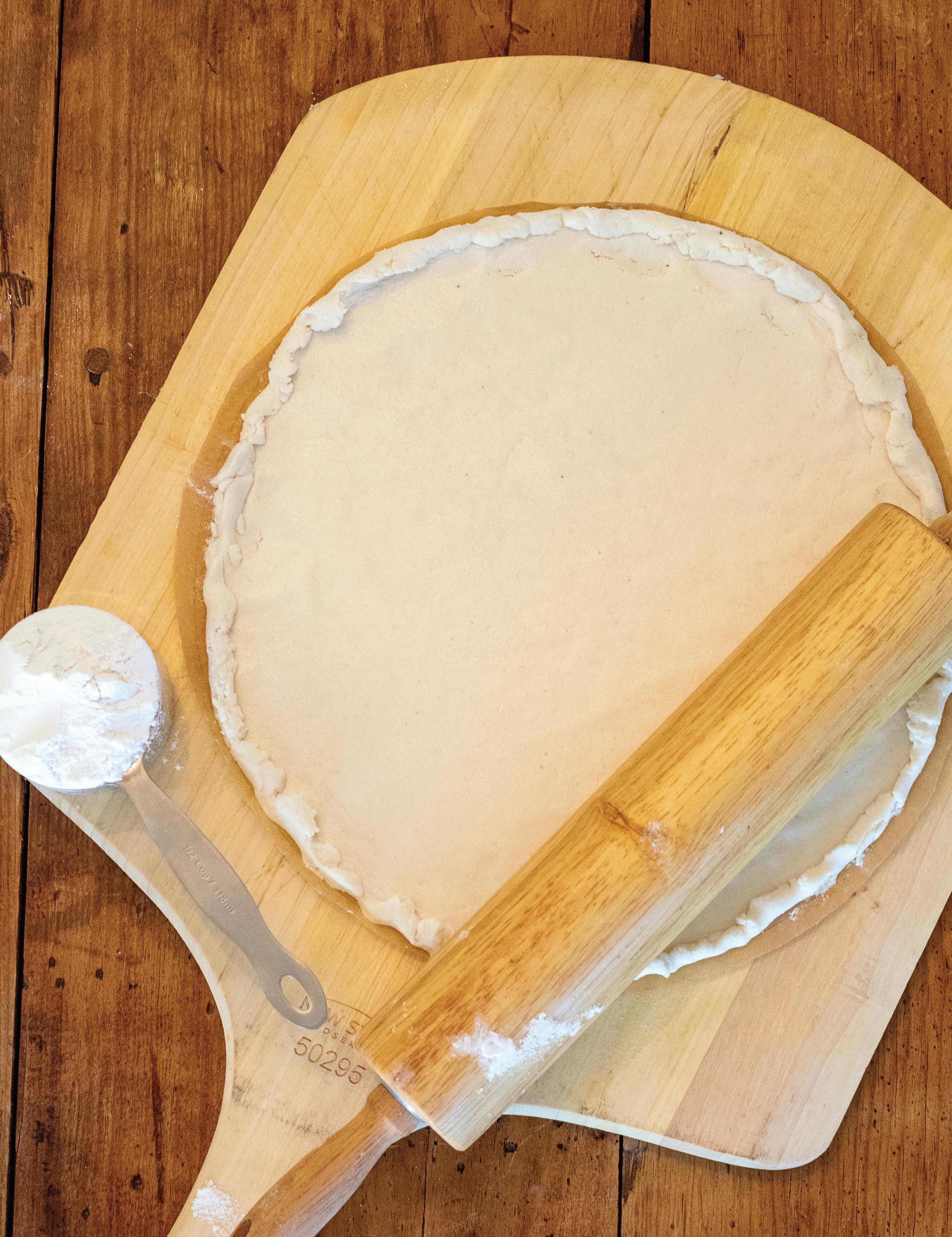
Note: Cooking times for all the pizza recipes are based on using a preheated baking stone at 550°F for high-hydration dough and 500°F for gluten-free dough.
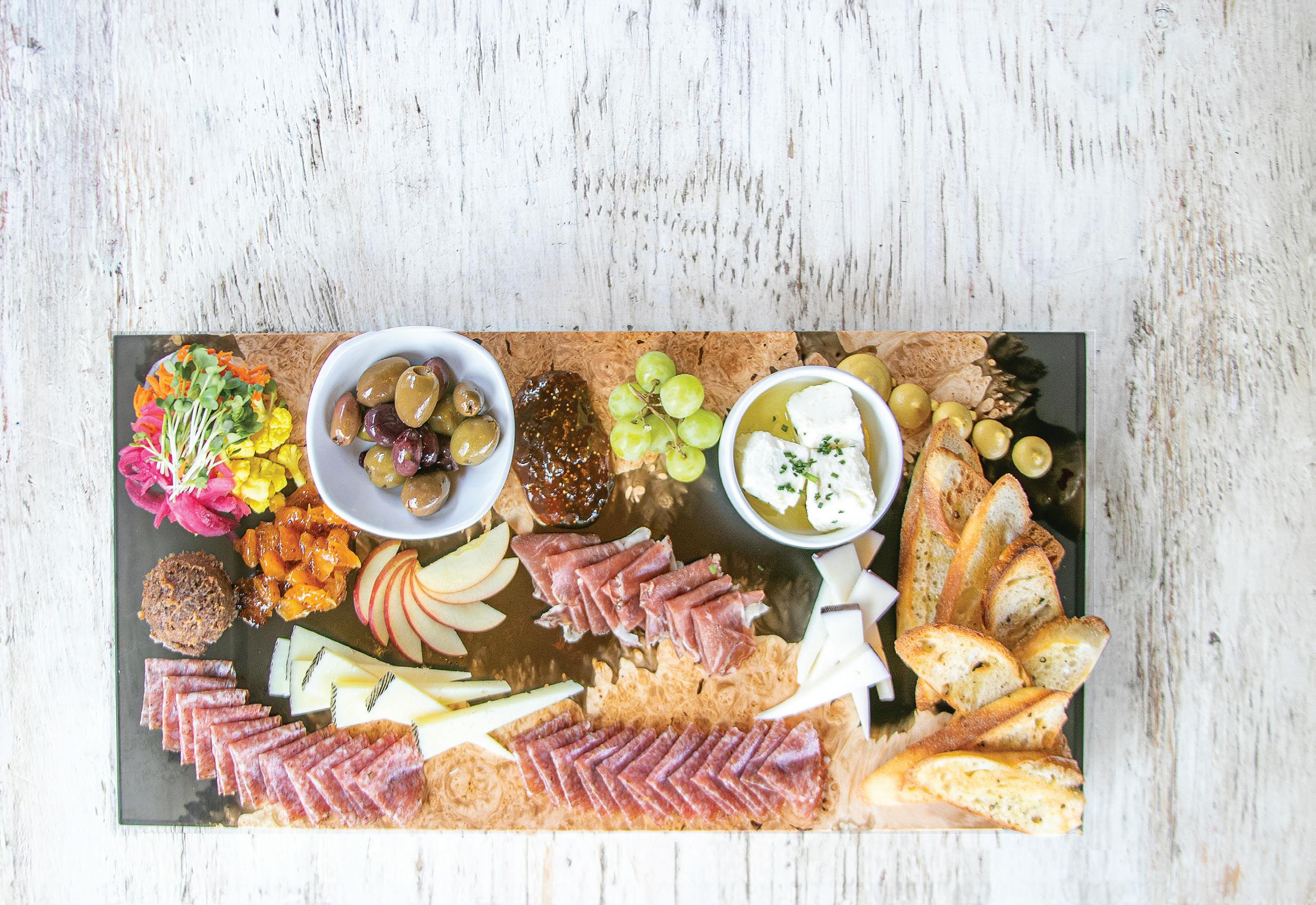


Note: Cooking times for all the pizza recipes are based on using a preheated baking stone at 550°F for high-hydration dough and 500°F for gluten-free dough.
Makes 1 large pizza or 2 small pizzas
Loaded with veggies and protein-packed garbanzo beans, this pizza is a healthy alternative to the usual cheese-laden options. This spin on pesto provides a dairy-free and/or vegan pizza with the creamy texture conventionally created with cheese. This recipe is also free of tree nuts.
Kale pesto
1 cup kale, chopped
2 tablespoons extra-virgin olive oil
1/2 cup sunflower seeds, unsalted
2 garlic cloves
1 tablespoon lemon juice
1/4 teaspoon black pepper
1/4 teaspoon salt
Toppings
1 cup kale leaves, stems removed and leaves torn
1/2 cup canned garbanzo beans, drained
1/2 cup broccoli, cut into small florets
4–5 artichoke hearts, halved (I used canned)
10 kalamata olives, pitted and halved
1 small red onion, cut into thin rings
1/4 cup sunflower seeds
Black pepper, to taste
1 teaspoon hemp hearts, for garnish
Fresh basil and mint leaves, for garnish
Preheat oven per pizza dough recipes, pages 41–42. Place ingredients for pesto in a food processor or highspeed blender and combine. Be careful not to over-blend or pesto will turn into a paste.
After stretching/pressing prepared pizza dough to the desired round, transfer with parchment to the preheated baking stone/steel/pan with a pizza peel or the back of a sheet pan. Parbake the pizza dough for 3 minutes.
Remove the parbaked crust from the oven and spread it with kale pesto, leaving a 1-inch border around the edge. Then add the kale leaves, garbanzo beans, broccoli florets, artichoke hearts, and kalamata olives. Top with onion rings and sunflower seeds, drizzle with olive oil, season with black pepper, and bake for 7–10 minutes, or until the crust becomes golden.
Garnish with fresh basil, mint, and hemp hearts.






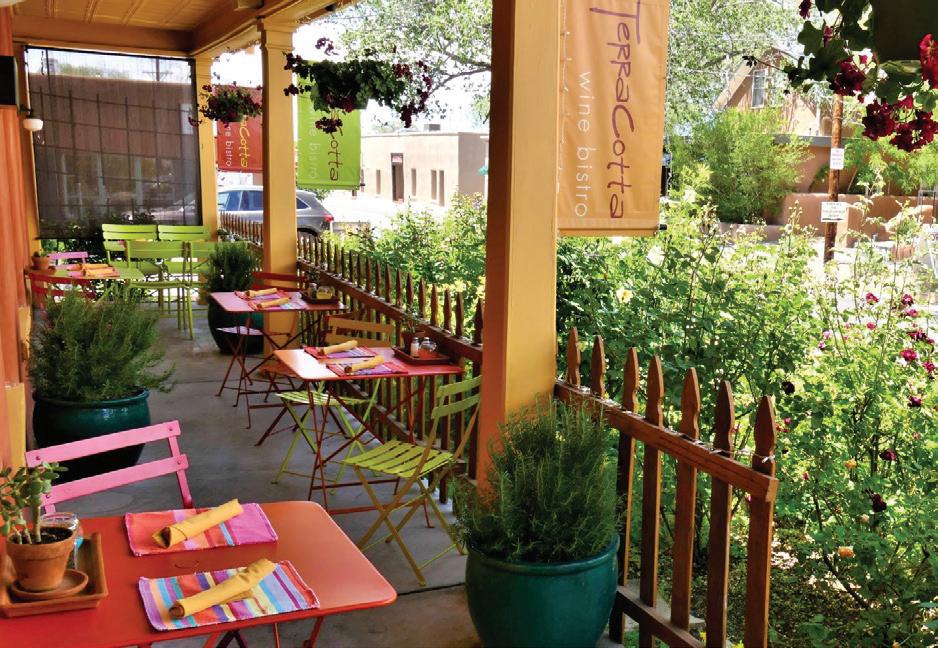


Infused olive oil is the star of this pizza. Paired with fresh ricotta, it will persuade you of the merits of skipping the usual marinara. If you have the time, making your olive oil pizza sauce ahead will allow the flavors of the ingredients to fully permeate the oil. You can make the sauce up to 24 hours in advance.
Olive
1/4 cup olive oil
2 tablespoons shallots, minced
1 tablespoon garlic, minced
2 teaspoons red pepper flakes
1 tablespoon Italian seasoning
1/4 teaspoon sea salt
Toppings
1–2 cups mushrooms, sliced (I used a variety of shiitake and baby bella)
3/4 cup whole milk ricotta cheese
2 cups mozzarella cheese, shredded
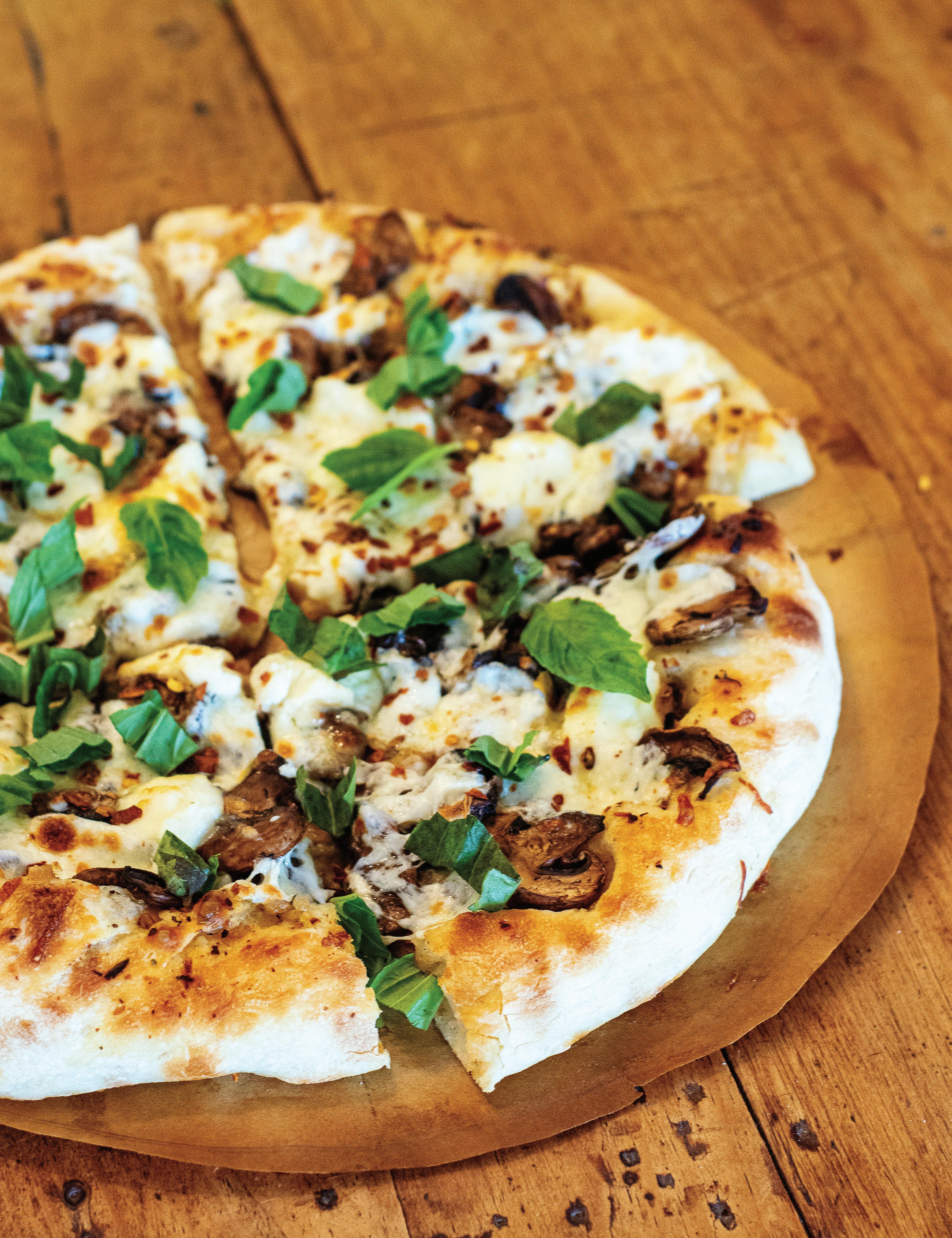
1/2 cup parmesan cheese, grated 1/4 cup basil leaves, chopped
Preheat oven per pizza dough recipes, pages 41–42. Make olive oil sauce by combining oil, shallots, garlic, red pepper flakes, Italian seasoning, and sea salt in a small bowl.
Dry cook mushrooms in a skillet over medium-high heat to release all the water. Set aside.
After stretching/pressing prepared pizza dough on a piece of parchment cut to the same size, spread olive oil sauce onto the dough with the back of a spoon. Evenly distribute the mushrooms across the pizza dough, then drop small scoops of ricotta cheese onto the pizza, dispersed evenly. Top with shredded mozzarella and parmesan, and transfer the pizza with the parchment to the preheated pizza stone/steel/pan.
Bake for 8–12 minutes or until the dough is thoroughly cooked and the cheese is melty and golden brown. Remove from the oven and top with fresh basil.
Note:
Cooking times for all the pizza recipes are based on using a preheated baking stone at 550°F for high-hydration dough and 500°F for gluten-free dough.



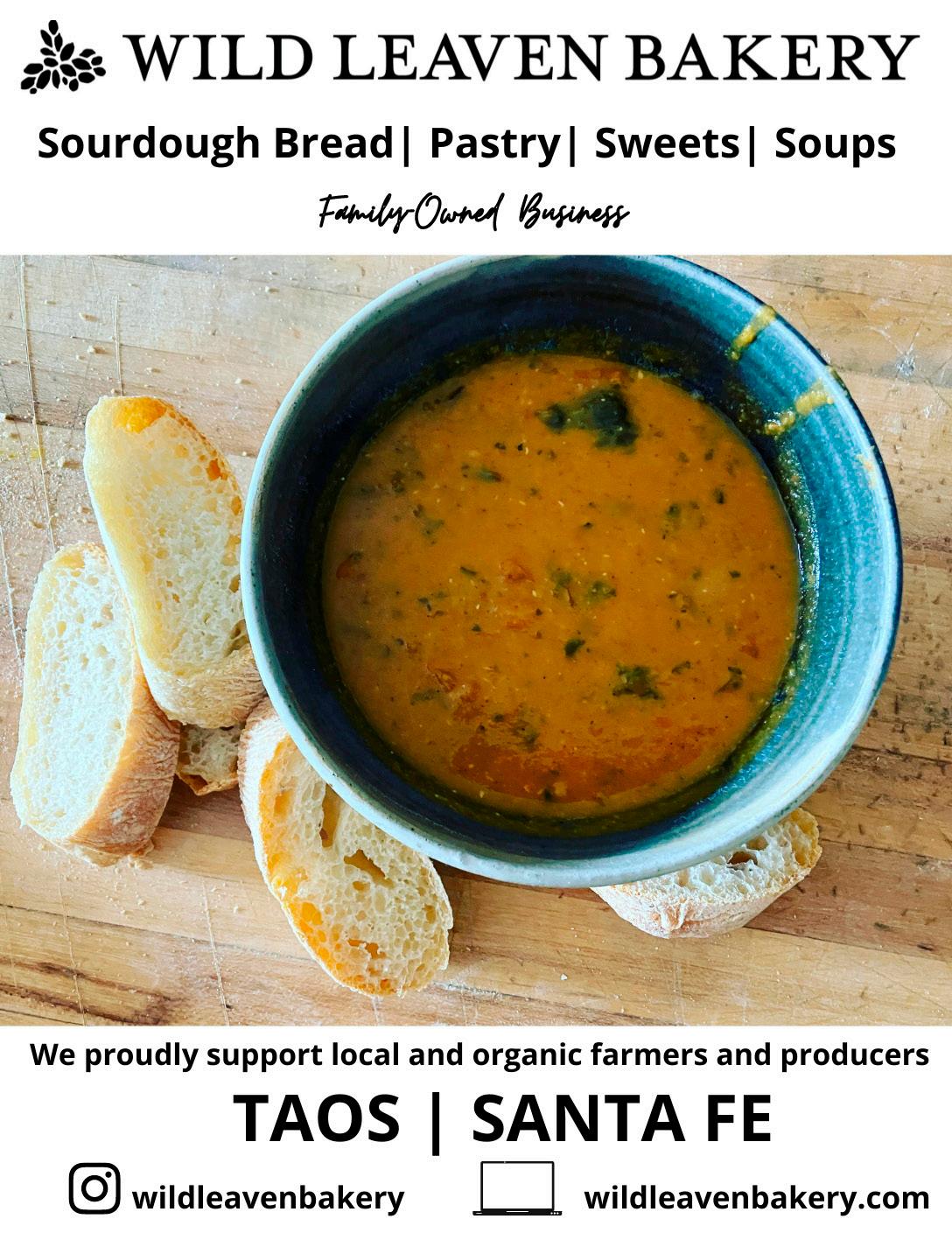
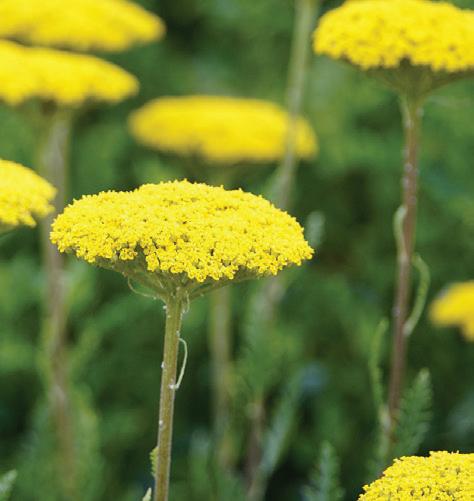




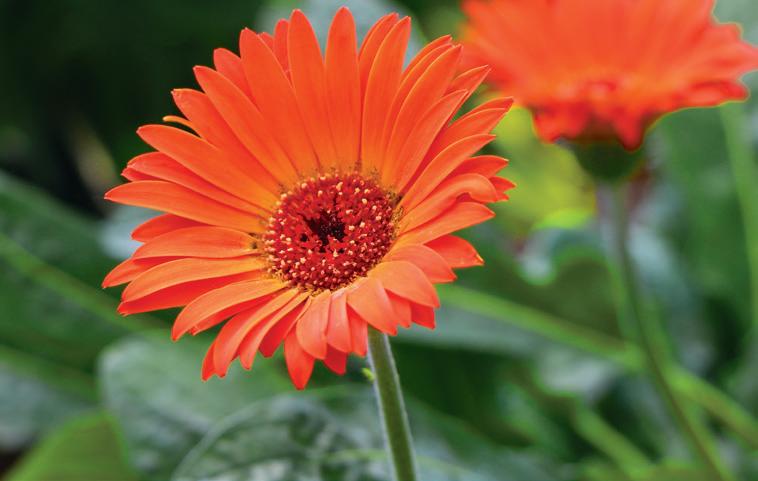



Makes 1 large pizza or 2 small pizzas
I have been making this pizza since college, and it still amazes me that there aren’t more iterations of it on pizzeria menus in New Mexico. It makes sense for meat pizza lovers to go all in on beef and red chile. You can make red chile from red chile pods or red chile powder, or use your favorite store-bought brand.
1 cup red chile sauce
1 pound ground beef (or preferred vegetarian protein)
1 teaspoon salt
1 cup cheddar or mozzarella or a mix of the two, shredded
1 teaspoons dried oregano
Note: Cooking times for all the pizza recipes are based on using a preheated baking stone at 550°F for high-hydration dough and 500°F for gluten-free dough.
Preheat oven per pizza dough recipes, pages 41–42.
Over medium-high heat, brown ground beef, breaking it into small bits as it cooks, and season with salt. Drain off excess fat. Stir red chile sauce into the meat and cook for 1 minute.
After stretching/pressing prepared pizza dough to the desired round, transfer it with the parchment to the preheated baking stone/steel/pan. Parbake the dough for 3 minutes. Remove it from the oven and spread carne con chile rojo evenly onto the parbaked crust with a spoon. Sprinkle with cheese and top with oregano. Cook for 10–12 minutes, until the crust is golden and the cheese is bubbly.







Note: Cooking times for all the pizza recipes are based on using a preheated baking stone at 550°F for high-hydration dough and 500°F for gluten-free dough.
Makes 1 large pizza or 2 small pizzas
Finish off pizza night with a little bit of sweet and savory. Salty bacon with sweet maple syrup is balanced with apples and fresh thyme. To make this pizza vegetarian, leave off the bacon and brush the dough with olive oil.
1/2 pound thick-cut bacon, chopped into 1/2-inch pieces
1 medium tart apple, such as Pink Lady, cored and thinly sliced
1 cup Alpine-style cheese, shredded (I used gruyère)
2 teaspoons fresh thyme leaves 1/2 cup pecan pieces
Pure maple syrup, for drizzling
Preheat oven per the instructions for the pizza dough recipes, pages 41–42.
Cook bacon in a skillet over medium heat until it renders its fat and begins to brown at the edges. Do not cook until crispy; it will finish cooking on the pizza. Remove to a paper towel–lined plate and reserve bacon grease.
After stretching/pressing prepared pizza dough to the desired round, brush the dough lightly with about 1 tablespoon of reserved bacon grease. Arrange apple slices on top in a single layer (pretty pattern optional), then scatter the bacon over the top, followed by the cheese and the pecan pieces.
Transfer the pizza with the parchment to the preheated pizza stone/steel/pan and bake until the crust is golden and the cheese has browned in spots, approximately 8–10 minutes.
Remove the pizza from the oven. Top with fresh thyme and a drizzle of maple syrup.

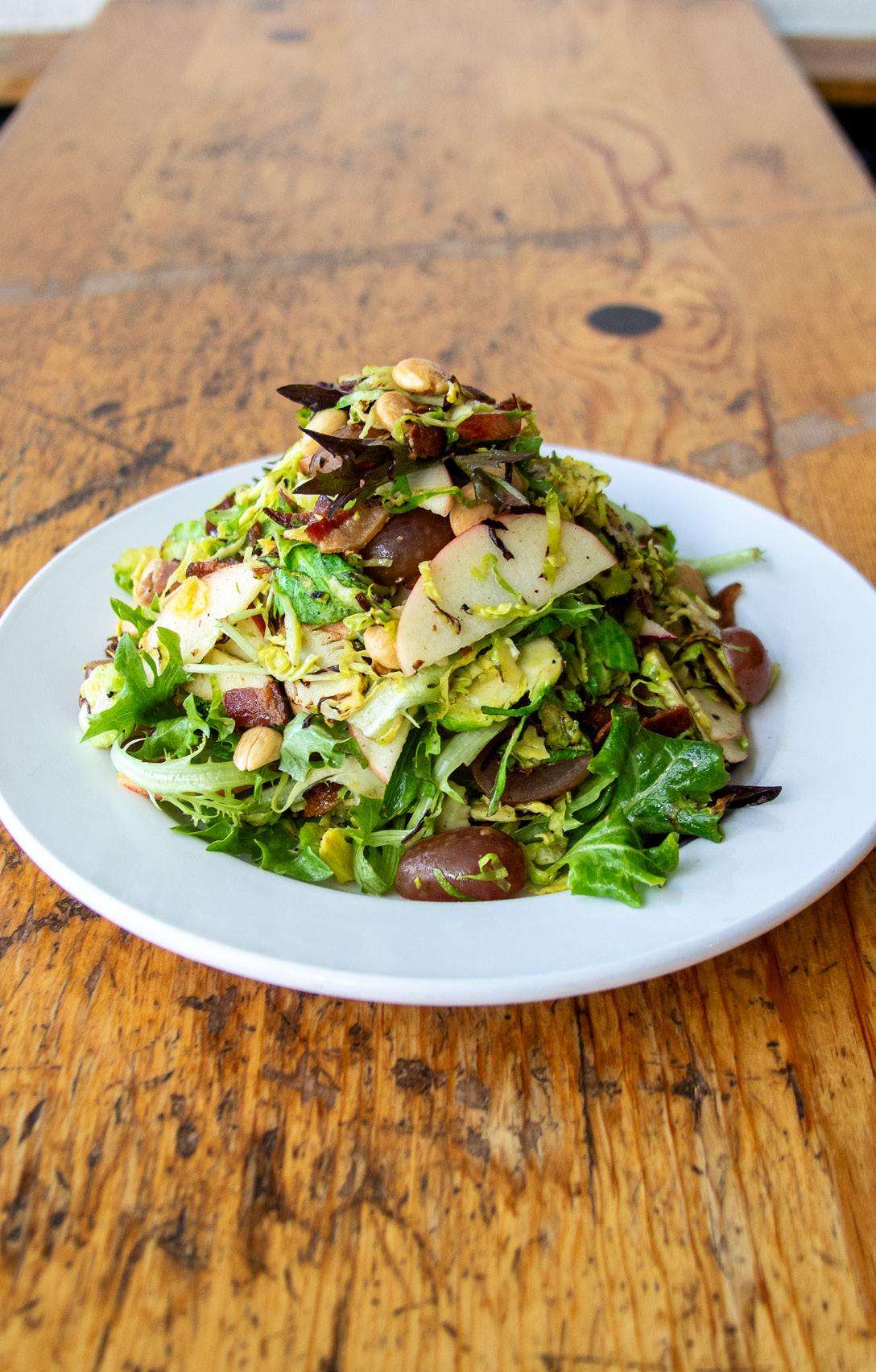





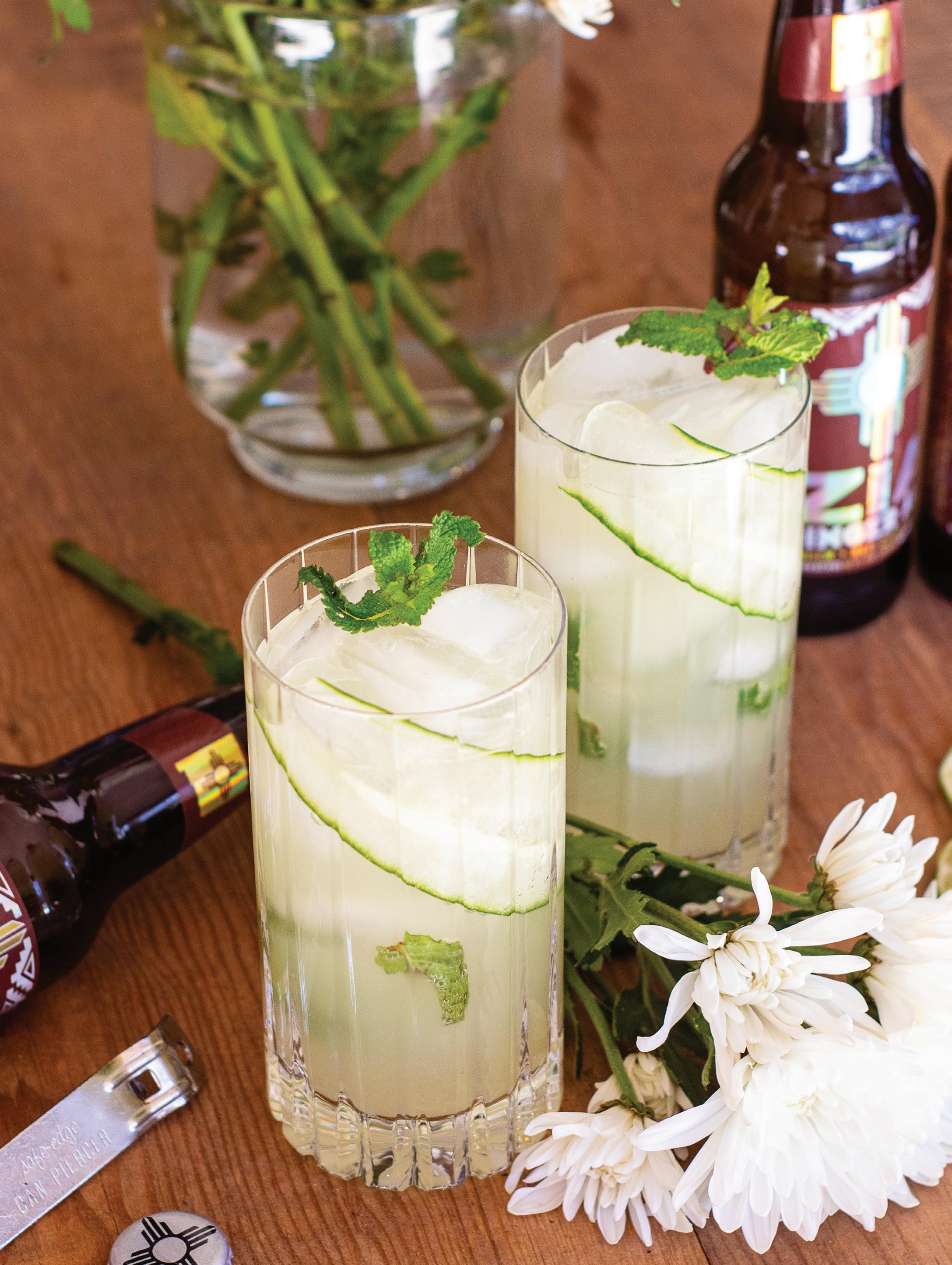

Serves 2
This low-sugar drink sips nicely on a hot summer day. Cool mint and cucumber balance the spice, and the ginger and red chile in Zia Ginger Ale add the zing.
Zia Beverage, a Native-owned business based in Taos, sells several sodas containing ingredients that celebrate New Mexico, including piñon, prickly pear, yucca root, red chile, and more. All their soda flavors taste great on their own, and they can be lovely additions to your mocktail and cocktail bars.
2 inches grated ginger
2 inches grated cucumber (including the skin)
1 lime, juiced
12 mint leaves
1 bottle Zia Ginger Ale*
1/2 cup sparkling water
2 cucumber slices, for garnish
Mint sprigs, for garnish
Muddle ginger, cucumber, and lime in a bowl. Strain the mixture into a measuring cup using a small-grid strainer. Use the back of a spoon to extract all the juice.
Clap the mint leaves together in your hands 3 or 4 times to release the oils, then divide them between two glasses. Divide the ginger, cucumber, and lime juice into the two glasses. Add ice and top each glass with half the ginger ale and sparkling water. Garnish each with a cucumber slice and mint sprig.
*Sourcing note: La Montañita Co-op carries several flavors of Zia Beverage sodas at all their locations.






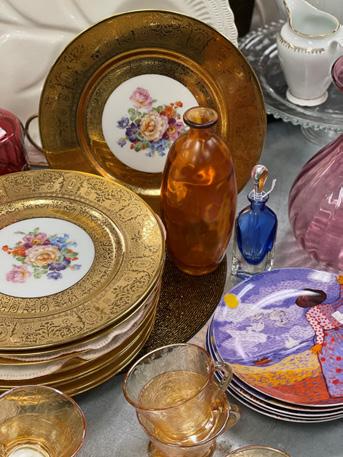


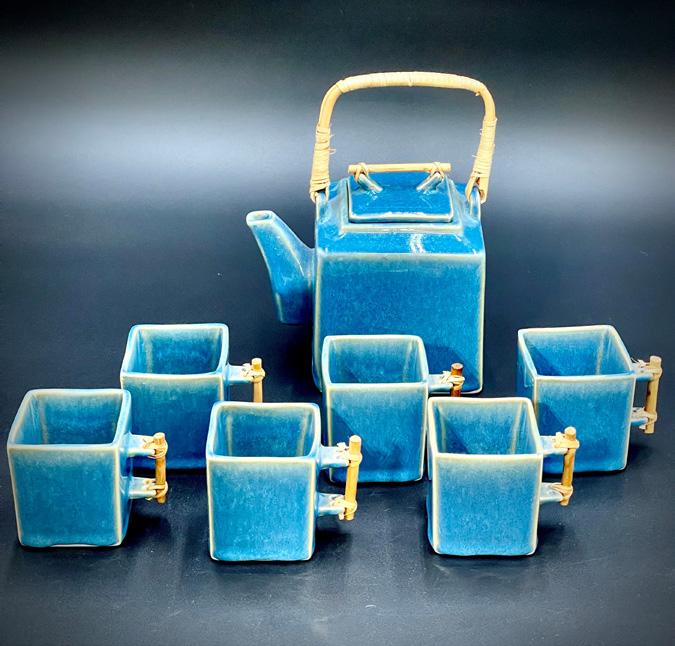

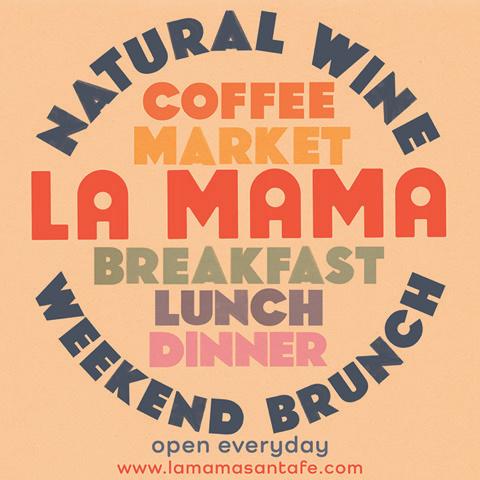



Helmed by a cheesemonger from The Mouse Hole Cheese Shop, the New Mexico Cheese Guild has been created to support aspiring New Mexico cheese artisans (quite a few of whom lean goat) through advocacy, training programs, and networking opportunities. The guild also wants to engage the broader cheese-eating community; members will get exclusive access to cheese tastings, workshops, and talks, plus the warm fuzzy feeling of possibly helping a fledgling chèvre business get off the ground.
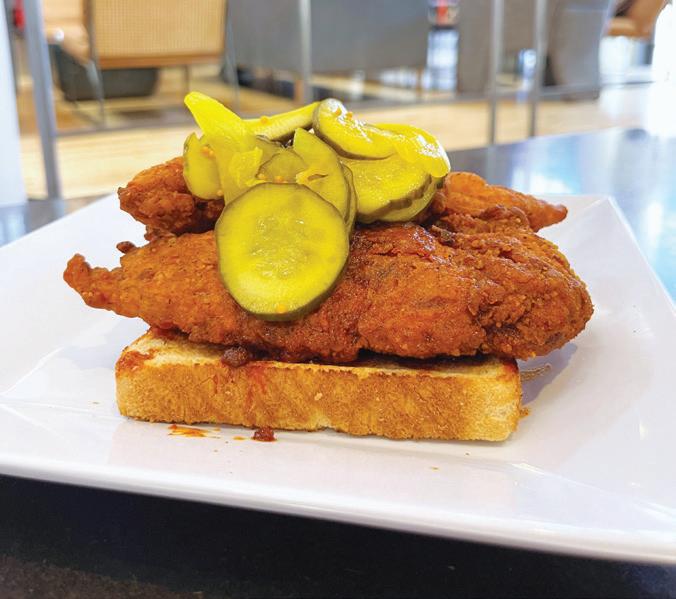
The comings and goings at Santa Fe’s CHOMP have been dizzying (and, frankly, anxiety inducing to folks who want good things to last). What we know for sure is that Picnic NM is currently selling beautiful cheeses (along with mortadella sandwiches and showstopping charcuterie boards); Wild Leaven Bakery is hawking truly local breads and soups; Nath’s Inspired Khmer Cuisine returned in late March after an extended hiatus; people are saying good things about Oshia’s Pizza; and Scott and DJ of The Brunch Box Blue, which ceased operations at La Tienda in Eldorado in late February, report that they will soon be opening 2FLoYDs, a stall serving elevated Southern-inspired fare.
Plantita Vegan Bakery, a pop-up that operated out of a doorway on Lena
Street and made frequent seasonal appearances at Reunity Resources, closed for good in March, citing an increase in rent and the high cost of food.
Also in Santa Fe, a new tenant is on the scene at 130 Guadalupe. Bakery Feliz is offering up cakes, cookies, and even hybrids of the two at the charming little space.
Tender Fire Kitchen is, it seems, still seeking a permanent home in Santa Fe. In the meantime, they’ve resumed their pizza popups at El Rey. In related news, now might be a good time to inquire about El Rey’s summer pool club, a membership that includes access to their weekend poolside bar.
Fusion Tacos, whose food truck sprawl rivals that of Sanchez Tacos, is reportedly coming soon to Eldorado’s La Tienda. The beloved taqueria will take over the space most recently inhabited by Le Pommier.
Hello Sweet Cream, a shop promising house-made ice cream with flavors like Carnival Corn and Gooey Butter Cake, is wrapping up renovations to Jornada Chocolates & Gifts’ old space as we type.
As of press time, Capital Coal Neighborhood Eatery in Santa Fe was rolling into summer with a stable of permanent (or as permanent as food stalls get these days) set of offerings including fried chicken, salads, Korean barbeque, and french dips. Funner yet are their ongoing pop-up menus. Chef Dakota Weiss has been alternating concepts including a raw bar (think oysters), smash burger nights, and, in the first of its kind (at least to us), a risotto pop-up.
Santa Fe’s Market Steer Steakhouse left its digs inside the Hotel St. Francis at the end of March. They’ll be resettling at 213 Washington, but there looks to be a bit of construction to wrap up before the doors open.
In Taos, The Stakeout has morphed back into a wedding venue for the summer, but those seeking to sample Chef Kevin Sousa’s multicourse dinners (or his pizzas) can do so through his and Meg Sousa’s new pop-up endeavor, Suchness. (Suchness was briefly known as Hungry Ghost but turns out someone had already snagged that name.)
Also in Taos, Filipino food truck Nana’s and Papa’s reopened, and in Rio Rancho, Kuya Jhun’s Kitchen has been posting some tantalizing photos of lumpia and lechon and other Filipino dishes available through their catering biz (and maybe, they’ve hinted, at some future point in a brick-and-mortar restaurant).
“Have you had a drink yet?” a woman flashing a menu asked as we passed what used to be Lemoni Lounge at noon on an Albuquerque Sunday. No was the answer, and we had another destination (and plans to do more with our afternoon than sleep and regret), so we have not yet sampled libations or brunch at Oak & Ivy’s ultralounge. Ivy, their restaurant side, occupies the dining space known nearly forever as Yanni’s.
Among the aforementioned goings at CHOMP, Yapopup departed the food hall in January. They’ve since taken up with tiny grocery abq, where dishes like Pueblo Birria Chilaquiles have been appearing on the menu alongside tacos and duck-fat chicken wings.
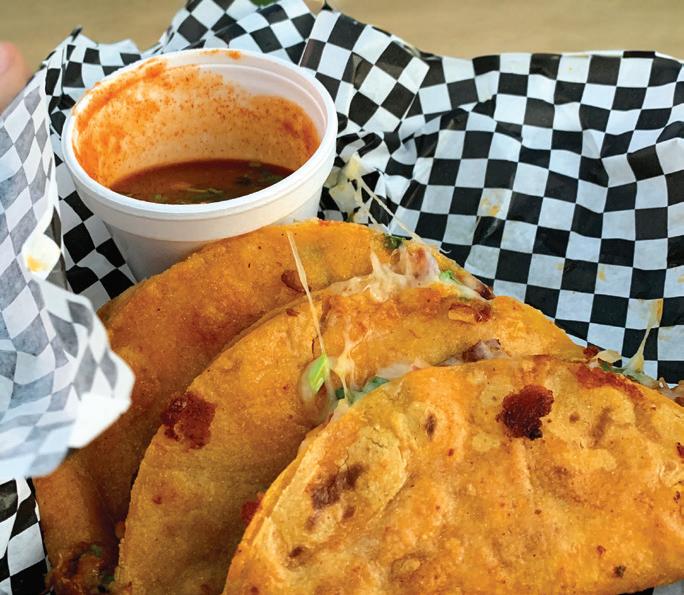





Albuquerque’s Asian-inspired Kitsune slipped out of its Old Town location with nary an announcement last year; word is they’re now having a Monday fling with Sister Bar. Meanwhile, Chef J. Martin Torres is helming the Craft Kitchen in the Taproom at Old Town
Vara Winery and Distillery opened its third tasting room in January at Public House ABQ, then closed their flagship location on Alameda at the start of April. Eventually that spot will become a micro tasting room and event space (and shipping hub). Their second location, if you missed it, is in Santa Fe. For a while, it seemed as if the Imperial Inn on Route 66 (more commonly known as Central) would never be emptied of its skeletons, much less fully remodeled. Now it resembles less of a place where you might trip over a corpse and more of a real-life set for the Jetsons, and in keeping with the space theme, Ursa Minor will be doing some of the food, with sandwiches by Chef Liam Kimball (creator of Tuerta) on sourdough flatbread by Stephanie Vigil of Los Ranchos Bakery. Plant-based Southwestern comfort food from Vegan Vato will also be served, along with cocktails from the onsite Imperial Bar
A mile or so west, Vinaigrette has moved into its new digs in what used to be Modern General, where there’s soon to be a pickleball court in the courtyard that’s replaced the parking lot. The old Vinaigrette, you might recall, is turning into a beer hall.
Mrs. Sprinkles Ice Cream Parlor opened a brick-and-mortar shop in Albuquerque’s Northeast Heights, a spot shaded with equal parts spunk and nostalgia. They serve Blue
Bell ice cream donut sandwiches, sourcing their donuts, pies, and other dessert-building materials from Sergio’s Bakery and Cafe. The food truck hub formerly known as Pacific Rim Food Park reinvented itself as the ABQ Food Park. The reboot makes way for cuisines from beyond the Pacific Rim, such as Southern fare from Mugsy’s Grill and Catering and Indian from Vada Chennai.
Is there anything that cannot be done in red velvet? Rio Grande Social, recently opened on Albuquerque’s Westside, offers red velvet and house pancakes (along with stuff like kimchi fried rice) on their weekend brunch menu.
Chef Mike White of the High Point Grill on Albuquerque’s Westside is opening a second spot, Hollow Point, inside Hollow Spirits Distillery. This is good news for fans who live on the east side of the river, and we’re also hoping that some of the 505 Food Fights (another project of White’s) will take place in the new spot. Also in Albuquerque, there’s a new Italian place around the corner from Naruto. Il Localetto Rossi’s menu leans Italian American, with classics like chicken parm and spaghetti and meatballs, said to have evolved this side of the pond.
According to the Las Cruces Bulletin, Kevin McGrath and Michael Parker are planning to turn an old Kmart into the Elite Family Entertainment Center, a ninety-twothousand-square-foot funhouse replete with a bowling alley, pickleball courts, bumper cars, and a sports bar. The part of the building that formerly housed a dollar store will become a new Burger Time, reviving the southern New Mexico chain McGrath owned from the 1980s until 2021, when what was then the last location closed in Silver City.

8am–3pm, Tuesday–Sunday
624 Old Las Vegas Hwy, Santa Fe 505 466-3886 · cafe nasantafe.com

Linking the pleasure of good food with local community.
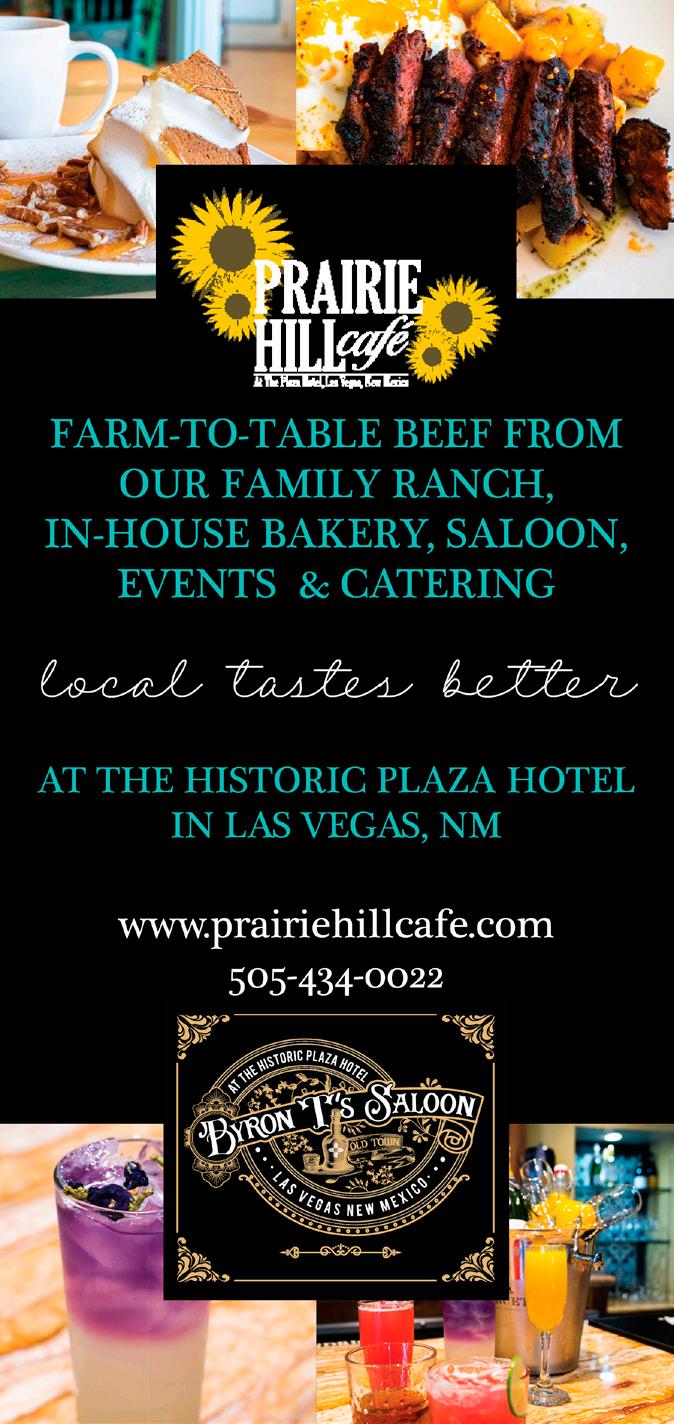

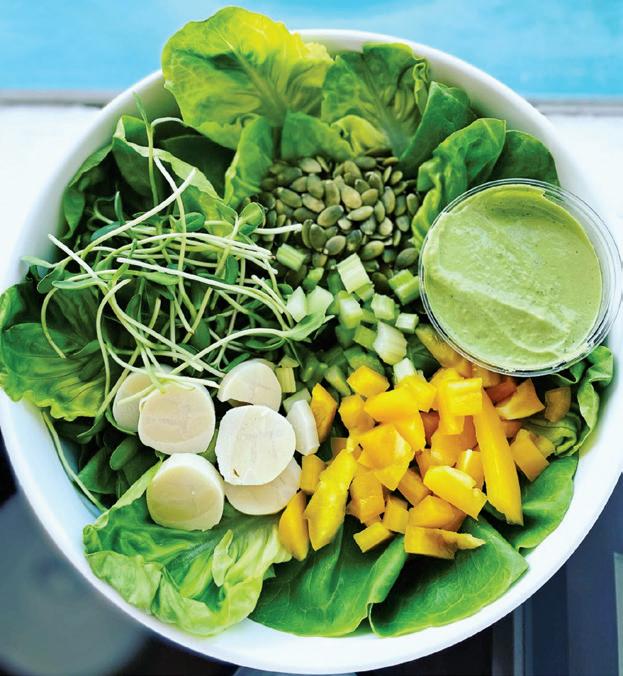



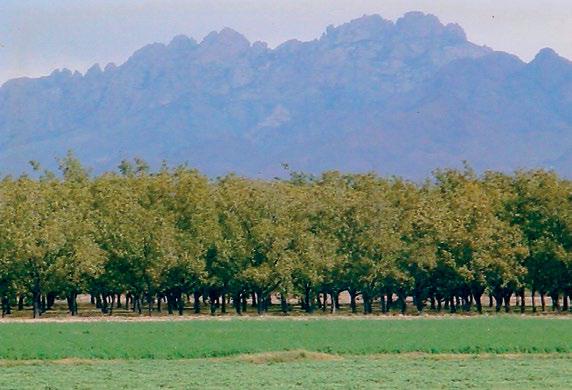




From thoughtfully curated treatments infused with functional botanicals inspired by the native herbs and plants of the high desert region to the healing energy of a holistic wellness journey, your experience at the Spa at Chaco will be… like no other. Wed–Sun 9am–6pm

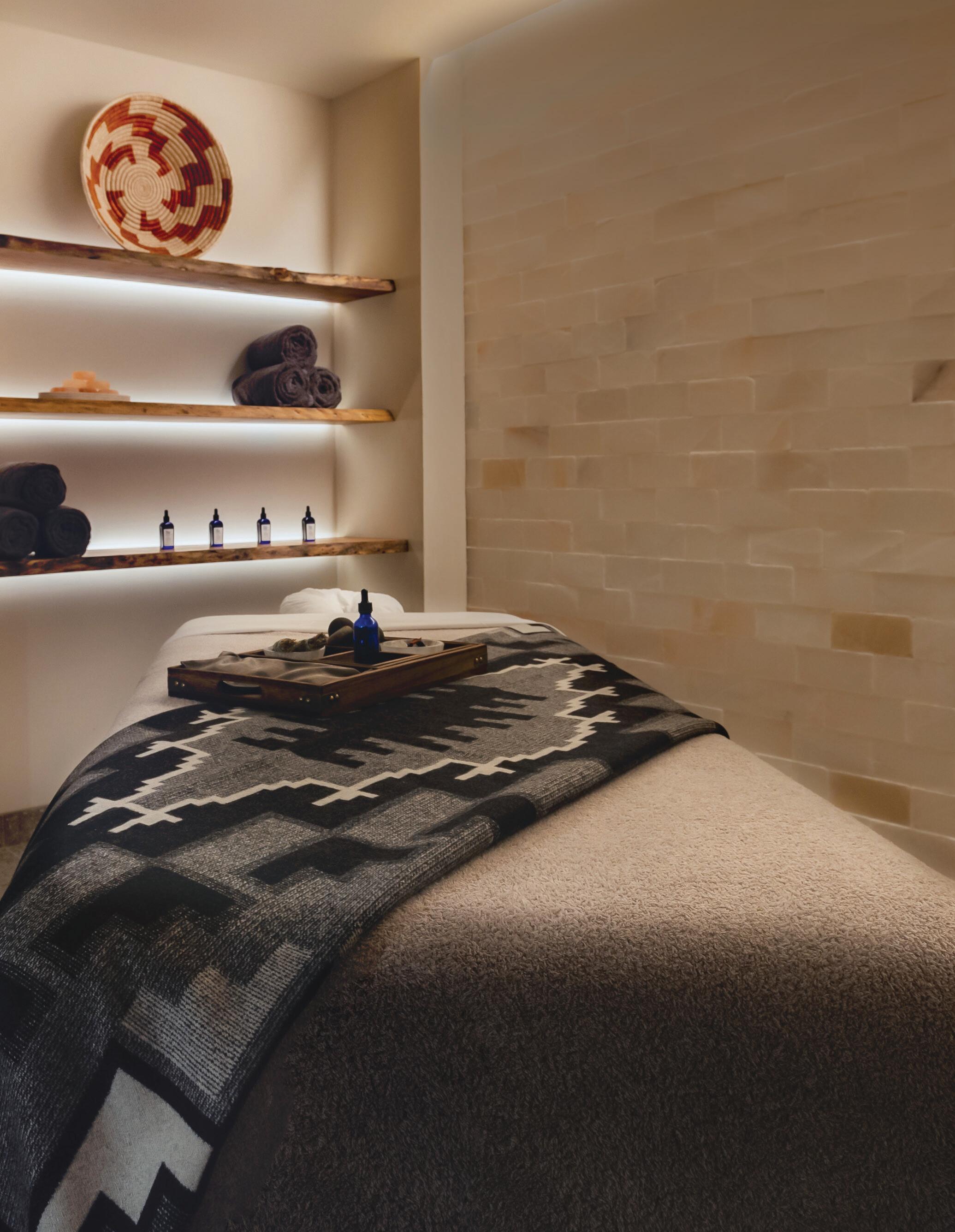

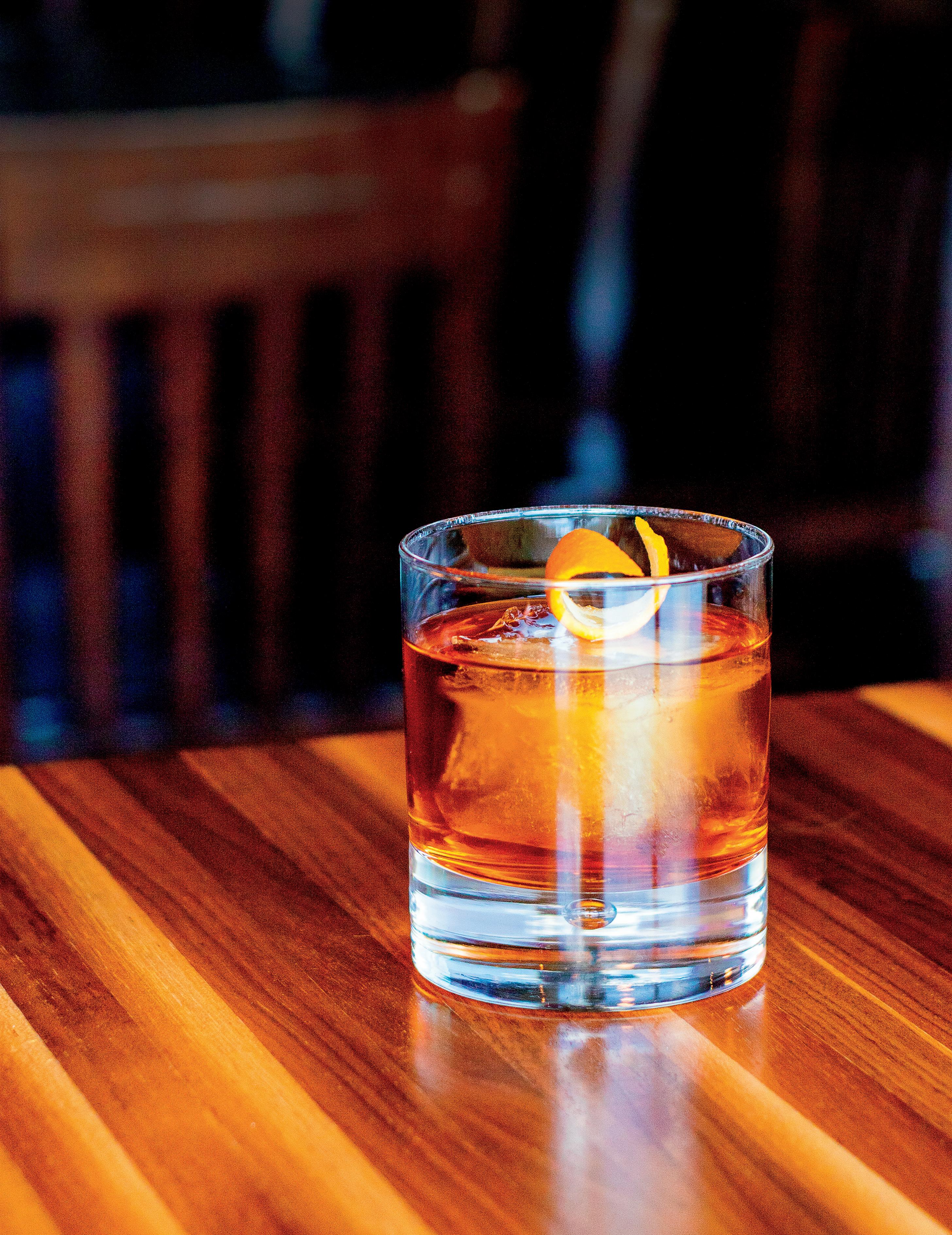


1 1/2 ounces Patrón Reposado tequila
1/2 ounce simple syrup
1 ounce lime juice, fresh squeezed
4–5 ounces grapefruit soda
Grapefruit salt rim
Grapefruit slice, for garnish
Rub a lime wedge on the rim of a tall glass, then dip it in sea salt and dried grapefruit dust mixture. Fill the glass with ice, add ingredients. Garnish with fresh grapefruit slice.
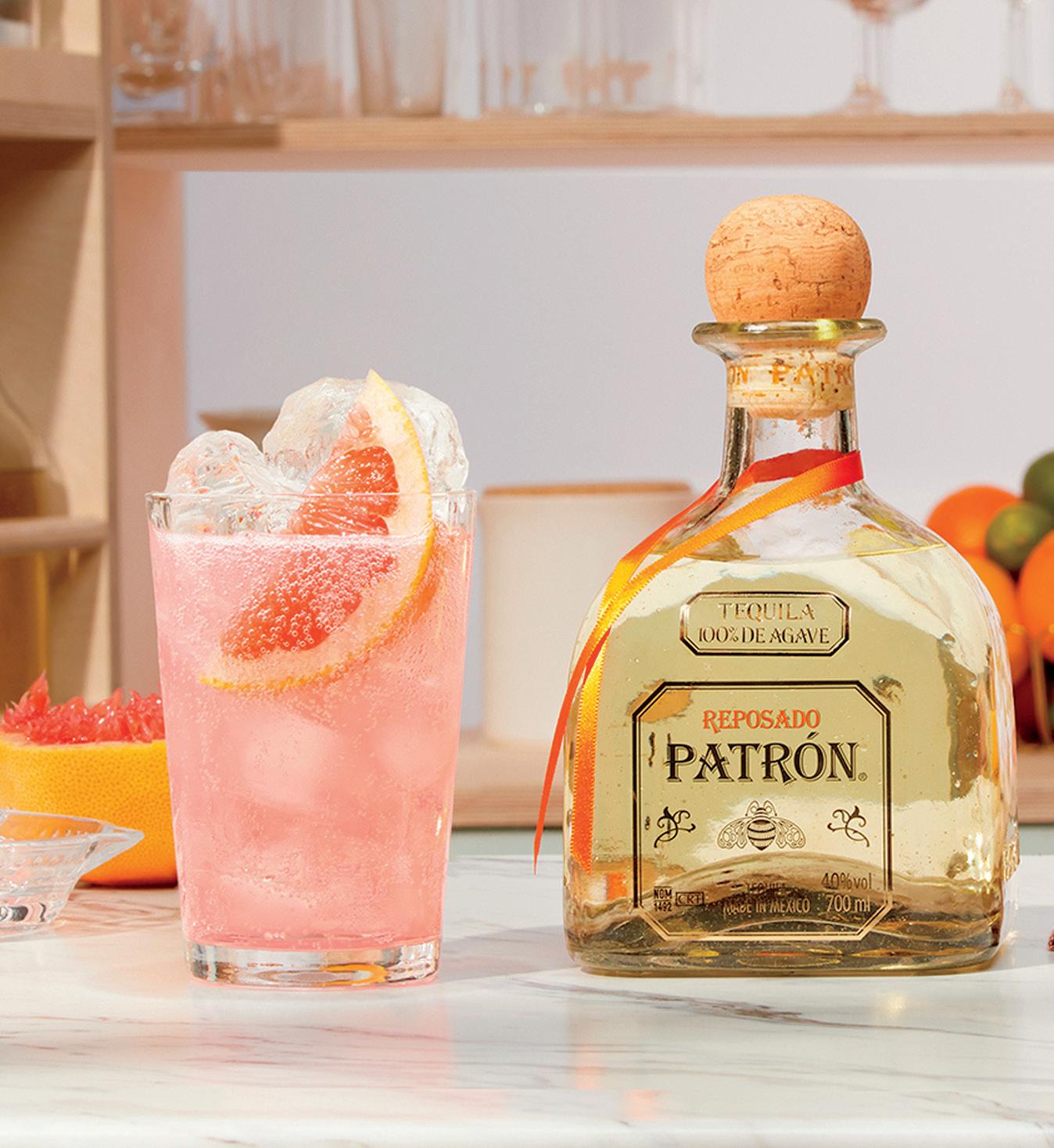


Cocktails & Culture Festival
Friday, May 31, 5–8 pm: TACO WARS
Saturday, June 1, 3–5 pm: VIP Spirits Tasting & Spirited Stroll
Sunday, June 2, 9–11 am: Mind Body Spirit(s) Yoga & Garden Cocktails
Sunday, June 2, 6:30–9:30 pm: Chef & Shaker Cocktail Dinner

Fernando Ruiz, Escondido
Jeffery Kaplan, Rowley Farmhouse Ales
David Sellers, Horno
Damian Herrera, Juicy Foods Catering
David Ruiz, Scalo
Edmundo Mendoza, Mas Chile Food Truck
Randy Tapia, Poki Tako Food Truck
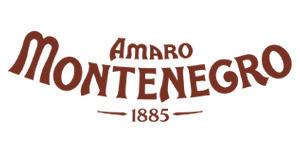

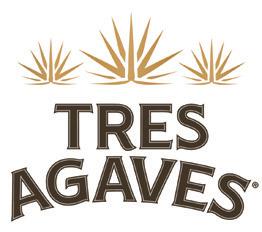


Michael Dooley, Sunday at Grams, Private Chef
Craig Moya, NM Hard Cider
Jerry Dakan, Santa Fe Community College Culinary Cristian Pontiggia & Jessica Brewer, Sassella
Jackson Ault, Santa Fe Chef
David Ahern-Seronde, Apickleypse






VARA High Desert Gin dry shaken with VARA Tempranillo 2020 Gold Label wine, lime juice, rosemary simple syrup, and aquafaba.
JUNE 4, 6 PM
BALANCING ACT COCKTAIL CLASS
Taste takes center stage in this cocktail class at VARA’s Santa Fe Tasting Room. Discover the art of flavor harmony as master distiller Martin Ulloa (VARA’s head distiller) delves into the five types of taste and their perfect balance in cocktails. Get ready to elevate your cocktail game and tantalize your taste buds like never before! Tickets available at varaspirits.com.
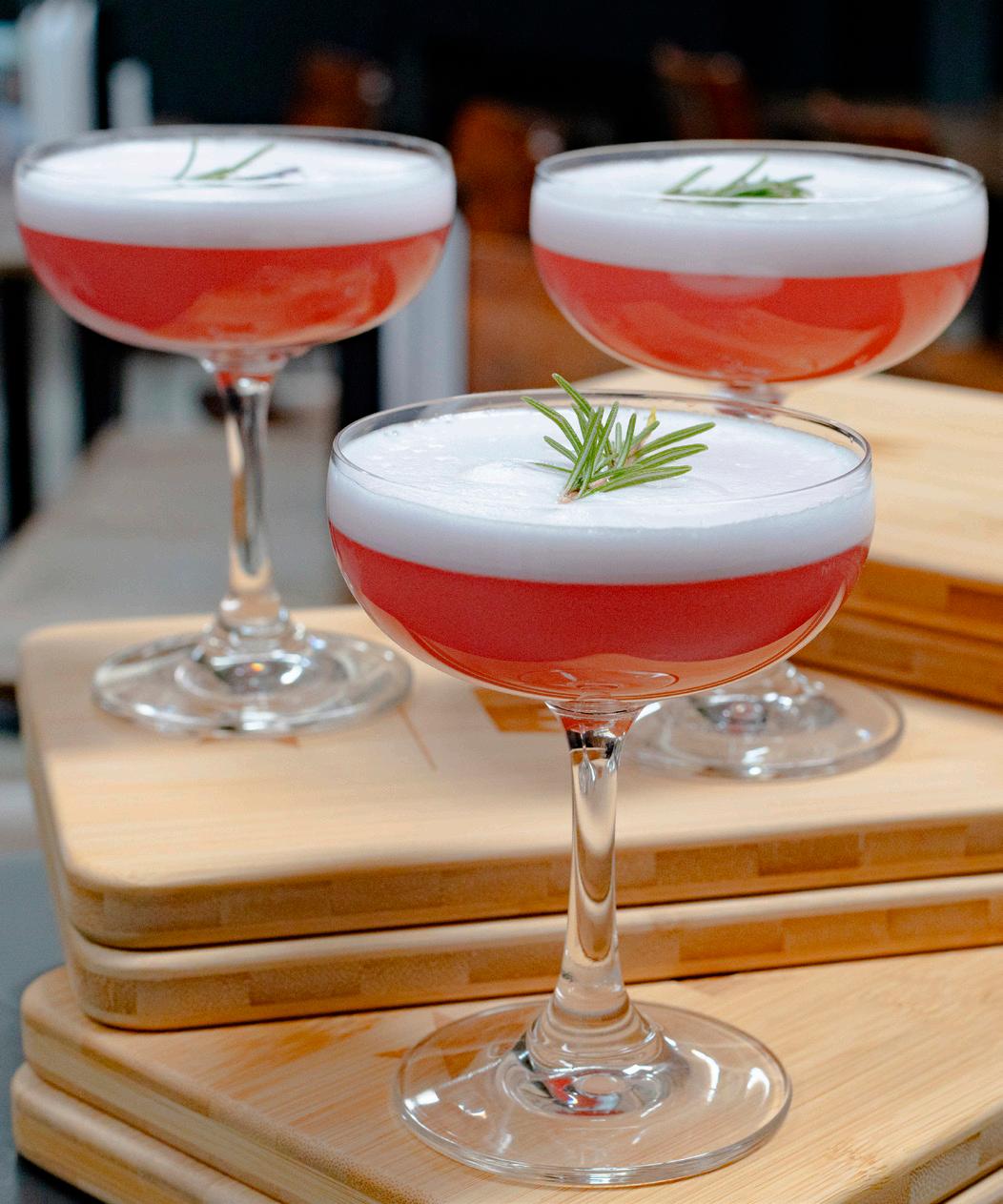
VARA WINERY & DISTILLERY
329 W San Francisco, Santa Fe, 505-898-6280
201 Hermosa NE, Albuquerque, varaspirits.com

This refreshing zero-proof cocktail boasts an in-house batch of American Whiskey with a blend of malted barley, vanilla, peach, fig, molasses, banana, and charred oak chips. It’s then shaken up with sumac simple syrup, fresh-squeezed lemon, then topped with fizzy soda and garnished with an orange twist.
JUNE 4, 5, AND 6
WINE COCKTAILS, MOCKTAILS, AND GOOD VIBES
Farm Bar Cocktail Event | $55
Reservations at 6:30, 7:00, 7:30, and 8:00 pm
Gather your friends and make plans to join us for a casual cocktail event on the farm! The all-inclusive price includes two artisan cocktails or mocktails, two appetizers (plus some extra nibbles), gratuity, and valet parking. Get your tickets at farmandtablenm.com.
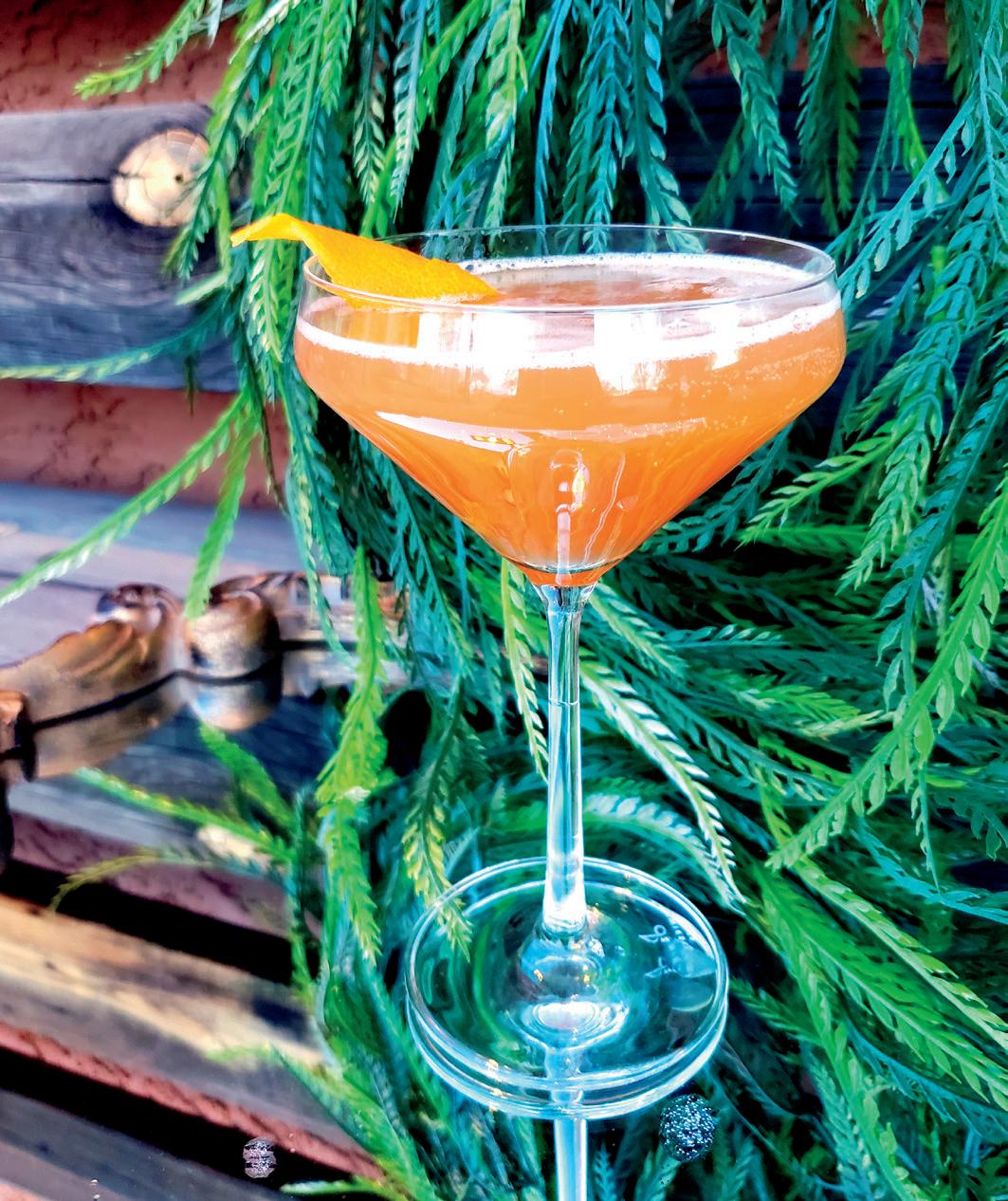
FARM & TABLE 8917 Fourth Street NW, Albuquerque 505-503-7124, farmandtablenm.com
We are excited to present the second year of New Mexico Cocktail Week, which highlights participating bars and restaurants around the Land of Enchantment and the spirits brands that are the foundation for our cocktail programming. We proudly promote and support our incredible cocktail and culinary community in New Mexico, and our success is due to the collaboration between all of us in the industry— participating venues and spirits producers as well as everyone who loves great food and drinks.
NM Cocktail Week kicks off with the annual Cocktails & Culture Festival in Santa Fe, founded in 2015 by The Liquid Muse Events. TACO WARS® on May 31 is the official opening party for both the festival and NMCW, featuring chefs competing for “Top Taco,” and signature cocktails from local and global liquor brands. The new Burrito Smackdown: Burros & Mules on June 8 by edible New Mexico is the official NM Cocktail Week closing party in Albuquerque, where guests taste burritos and mule-style drinks.
In between our official opening and closing parties, check out the calendar of events within this guide for special cocktails, happy hours, cocktail pairing dinners, classes, and parties at bars, restaurants, and tasting rooms all around the state. Get more info on our website: NMCocktailWeek.com.
We can’t wait to see you out and about and raise a glass together!
Cheers,
Natalie Bovis, The Liquid Muse Events
Stephanie Cameron, edible New Mexico Co-founders


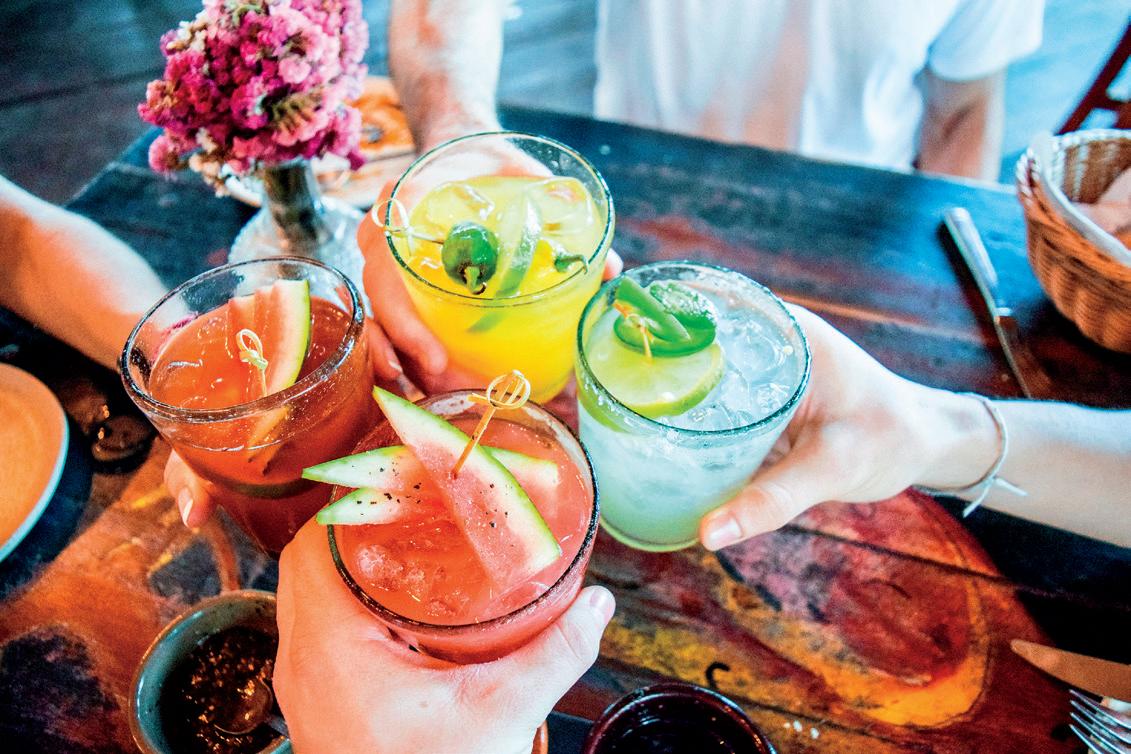
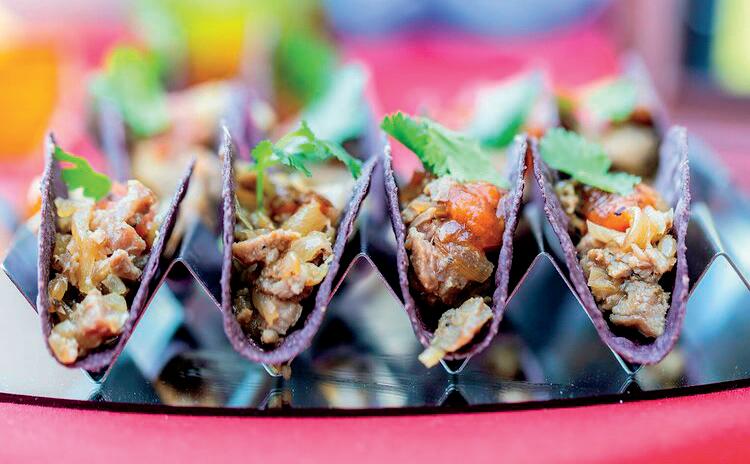

Teller Genuine Vodka, house-made vanilla pear syrup, lemon, peach, topped with brut.
JUNE 8, 5 PM
THE BURROS & MULES AFTER-PARTY!
Elevate your night with unique twists on classic mules, showcasing Teller Vodka infusions. Come explore unexpected flavors that will tantalize your taste buds and redefine your cocktail experience.

SAFE HOUSE DISTILLING CO
616 Gold SW, Albuquerque
505-318-0150, safehousedistilling.com
Old Overholdt Rye, Bigallet China China Amer, Bumbu rum, Tempus Fugit Moka, orange bitters.
JUNE 5, 5:30 PM A TRIBUTE TO SOME CLASSIC COCKTAILS
Chef Chris Pope will be providing a small food pairing with three cocktails featured in the flight. Cocktails executed by bartenders and owners Adam Ybarra & Bailie Schmidt.
$45 inclusive of tax and gratuity.
Reservations required.

ZINC WINE BAR & BISTRO
3009 Central NE, Albuquerque 505-254-9462, zinqabq.com

COCKTAILS & CULTURE: TACO WARS®
MAY 31, 5–8 PM

The official opening party of the Cocktails & Culture Festival and NM Cocktail Week! Chefs present their own signature taco and guests vote for their favorite. Tickets include taco and cocktail samples. $45–$65, tickets available at theliquidmuse.com.
Santa Fe Farmers’ Market Pavilion, 1607 Paseo De Peralta
AS ABOVE, SO BELOW AFTER-PARTY
MAY 31, 8 PM–CLOSE
Trek across the railroad tracks to keep your party going! 545 Camino de la Familia, Santa Fe
COCKTAILS & CULTURE: VIP SPIRITS TASTING & SPIRITED STROLL
JUNE 1, 3–5 PM

The Liquid Muse Spirited Stroll on Canyon Road leads guests along a rainbow of creative discovery ending with the VIP Spirits Tasting in the beautiful garden at Neptune Gallery event space. $45, tickets available at theliquidmuse.com.
Presented by Cocktails & Culture Festival Brands
TUMBLEROOT BREWERY & DISTILLERY INTRO TO COCKTAIL MAKING
JUNE 1, 4 PM
Tumbleroot mixology experts Austin and Rebecka will walk through the basics of professional cocktail making. The two-hour experience will begin with a tour of our brewing and distilling facility, after which we’ll move to the tasting room and mix some of our favorite cocktail offerings. Leave with a new grasp on making speakeasyworthy drinks, plus a goody bag of tools. $95
32 Bisbee, Santa Fe tumblerootbreweryanddistillery.com
CULTURE FESTIVAL
COCKTAILS & CULTURE: MIND BODY SPIRIT(S) YOGA & GARDEN COCKTAILS
JUNE 2, 9–11 AM

Emily Branden returns to guide guests through a yoga class with a live musician creating a sound-bath environment, surrounded by world-class art installations as a backdrop. Hosted at Edition ONE Gallery on Canyon Road with a garden cocktail party immediately following at Neptune Gallery and Event Space. Includes yoga, cocktails, and other goodies. $45, tickets available at theliquidmuse.com.
Presented by Patrón Tequila
TROUBLED MINDS / TRACTOR BREWING
THE ULTIMATE LOCAL BLOODY MARY SUNDAY
JUNE 2, 12 PM
Featuring local Bloody Mary mix, pickles, and beef jerky. All this combined with our lovely Troubled Minds Vodka. 1800 Fourth Street NW, Albuquerque, getplowed.com
TUMBLEROOT BREWERY & DISTILLERY
A GARDEN PARTY
JUNE 2, 3 PM
Stock your gardens and planter pots with shoots and seedlings from local vendors while you enjoy live tunes from local musicians and sip our craft beers, spirits, and cocktails—and maybe get inspired to grow botanicals to infuse your own gin! Free entry.
2791 Agua Fria, Santa Fe, tumblerootbreweryanddistillery.com
COCKTAILS & CULTURE: CHEF & SHAKER DINNER
AT COYOTE CAFE
SUNDAY JUNE 2

Join visiting brand ambassadors from Illegal Mezcal, Patron Tequila, and Angel’s Envy Whiskey for a special cocktail pairing dinner. Details and tickets available at theliquidmuse.com

As Above, So Below Absinthe Verte
3/4 ounce Sigil High Desert Dry Gin
3/4 ounce Lillet Blanc
3/4 ounce orange liqueur
3/4 ounce fresh lemon juice
Rinse the inside of a chilled coupe or cocktail glass with absinthe, set the glass aside. Add Sigil Gin, Lillet Blanc, orange liqueur, and lemon juice into a shaker with ice and shake until well chilled. Strain into the prepared glass.


1/2 ounce Smith & Cross Jamaican Rum
1/2 ounce Plantation Pineapple Rum
1 ounce Coconut Fat–Washed Bitter Blend (Campari, Gran Classico)
3/4 ounce Amaro Montenegro
1/4 ounce Cocchi di Torino Sweet Vermouth
Stir in a mixing glass filled with ice until well chilled. Strain into a coupe glass and garnish with bay leaf.
How to Coconut Fat–Wash:
Melt 250ml of unrefined coconut oil. Add to 1 liter of Bitter Blend (500ml Campari, 500ml Gran Classico).
Put in freezer; once the coconut hardens, strain it out with cheesecloth or coffee filter.
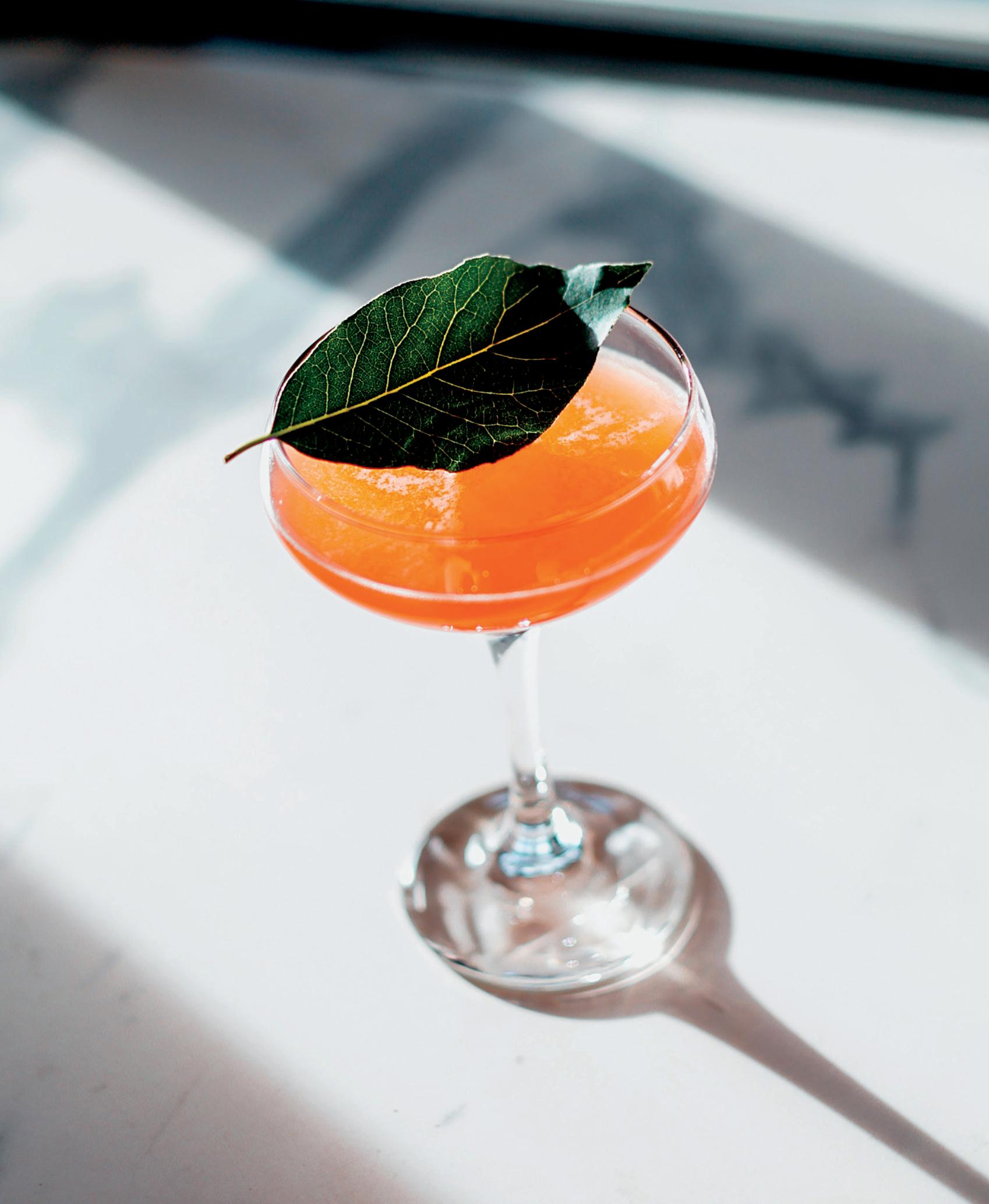
TROUBLED MINDS / TRACTOR BREWING
INFUSIONS-MAKING CLASS
JUNE 3, 6 PM
Come and learn how to elevate your cocktail game with infused spirits that you will learn to make with our head mixologist, Mary Brzezinski. $20, tickets available online.
1800 Fourth Street NW, Albuquerque, getplowed.com
FARM & TABLE
WINE COCKTAILS, MOCKTAILS, AND GOOD VIBES
JUNE 4, 5, AND 6
Farm Bar Cocktail Event
Gather your friends and make plans to join us for a casual cocktail event on the farm! The all-inclusive price includes two artisan cocktails or mocktails, two appetizers (plus some extra nibbles), gratuity, and valet parking. $55, tickets available at farmandtablenm.com
8917 Fourth Street NW, Albuquerque, 505-503-7124
VARA SANTA FE TASTING ROOM
BALANCING ACT COCKTAIL CLASS
JUNE 4, 6 PM
Taste takes center stage in this cocktail class. Discover the art of flavor harmony as master distiller Martin Ulloa (VARA’s head distiller) delves into the five types of taste and their perfect balance in cocktails. Get ready to elevate your cocktail game and tantalize your taste buds like never before! Tickets available at varaspirits.com.
329 W San Francisco, Santa Fe, 505-898-6280
TROUBLED MINDS / TRACTOR BREWING
TRICKS OF THE TRADE CLASS WITH FILLY
JUNE 5, 6 PM
Come learn how to make the perfect cocktail from our cocktail brand manager, Filly! $20, tickets available online.
1800 Fourth Street NW, Albuquerque, getplowed.com
FARM & TABLE
WINE COCKTAILS, MOCKTAILS, AND GOOD VIBES
JUNE 4, 5, AND 6
See June 4 listing for details.
SEASONS ROTISSERIE & GRILL
COCKTAIL PAIRING DINNER
JUNE 5, 6 PM
Enjoy a four-course meal designed from the ground up around four distinct and delectable cocktails and dishes.
$60++, reservations required.
2031 Mountain NW, Albuquerque 505-766-5100, seasonsabq.com
ZINC WINE BAR & BISTRO
A TRIBUTE TO SOME CLASSIC COCKTAILS
JUNE 5, 5:30 PM
Food pairings with a flight of three cocktails. $45, reservations required, 505-254-9462
3009 Central NE, Albuquerque, zinqabq.com
FARM & TABLE
WINE COCKTAILS, MOCKTAILS, AND GOOD VIBES
JUNE 4, 5, AND 6
See June 4 listing for details.
TROUBLED MINDS / TRACTOR BREWING
EMPANDA & SPIRITS PAIRING
JUNE 6, 5 PM
Troubled Minds Agave Blanco, Bourbon Whisky, Vodka, and Gin paired with four locally crafted empanadas made specifically for each spirit. $20 at the door.
1800 Fourth Street NW, Albuquerque, getplowed.com
SAVOY BAR & GRILL
SAVOY SUMMER SOLSTICE EVENT
JUNE 6, 6 PM
Savoy will be featuring two wines and two summer cocktails served with food pairings from Chef Benjamin Wilkens. $75++, reservations required, 505-294-9463
10601 Montgomery NE, Albuquerque, savoyabq.com

1 1/2 ounces Tumbleroot Botanical Gin
1/2 ounce strawberry-infused Tumbleroot Botanical Gin
1/2 ounce house-made Heirloom Rhubarb Vermouth
1 ounce fresh lemon juice
1/2 ounce raspberry syrup
1 egg white
Combine all ingredients in a shaker and dry shake 15 seconds. Add ice and shake 20 seconds. Strain into chilled coupe and garnish with raspberries. Get syrup and infusion recipes on nmcocktailweek.com.


Batched Clarified Punch
15 ounces Los Poblanos Lavender Gin
5 ounces orange juice
2 1/2 ounces lemon juice
5 ounces honey
30 ounces Earl Grey tea
14 1/2 ounces milk
Foam
2 cups egg whites
1/2 cup lavender syrup
Honeycomb garnish
Combine all punch ingredients into a pitcher, adding the milk last. Strir well, cover, and place in fridge for 3 hours. Strain with cheesecloth and strain again with a coffee filter to get the finer particles out. Pour into a rocks glass, ice cube optional. Combine foam ingredients in a seperate glass, aerate until thickened, and use a large spoon to apply foam to the top of the cocktail. Serves 10.

PARTIES
PALACE PRIME
AIN’T NO PARTY LIKE AN AMARO PARTY
with Amaro Montenegro
CLASSES
COCKTAIL & FOOD PAIRINGS

JUNE 6, 6 PM–10 PM Featuring Montenegro cocktails, live music, branded merch, and more! Free entry.
142 W Palace, Santa Fe, palaceprimesf.com
THE SKILLET
TROLLY BARN BIRTHDAY BASH: THE 100-YEAR
ERECTION OF APOLONIO SENA
JUNE 7, 4 PM–8:30 PM 1920s theme party, piñatas, hand-pulled prints, and gift bags. Tickets: $65 available at The Skillet or online. Six-course meal and cocktail tasting from 4 pm–6 pm with DJ Luke will be playing. Los Mocochetes will be playing from 7 pm–10 pm and after-party DJ Luke will be playing 10 pm–2 am
623 Twelfth Street, Las Vegas, Giant-skillet.com
TROUBLED MINDS at TRACTOR BREWING
ALL THE THINGS COCKTAILS & MIXER FLIGHTS
JUNE 7, 5 PM
Come get yourself a flight of four mini cocktails and be entered into a raffle to win some awesome Tractor swag. $12 at the door.
1800 Fourth Street NW, Albuquerque, getplowed.com
HIGH DESERT AT THE MYSTIC
CAN’T BEATA MARGARITA NEW WAVE DANCE PARTY
JUNE 7, 8–11 PM
A most excellent 80’s theme party, serving up featured margaritas and tequila cocktails, special bites menu, and live music from First Floor Highway.
2810 Cerrillos, Santa Fe 505-471-7663, themysticsantafe.com
EDIBLE NEW MEXICO BURRITO SMACKDOWN: BURROS & MULES
JUNE 8, 1–5 PM
Join us the official closing party to NM Cocktail Week where we feature local spirits alongside the burrito competition. $35–$65: Tickets available at ediblesmackdown.com.
Alfredo Garcia Community Barn
6610 Rio Grande Blvd NW, Los Ranchos de Albuquerque
SAFE HOUSE DISTILLING, CO
THE BURROS & MULES AFTER PARTY!
JUNE 8, 5 PM
Elevate your night with unique twists on classic mules, showcasing Teller Vodka infusions. Come explore unexpected flavors that will tantalize your taste buds and redefine your cocktail experience.
616 Gold SW, Albuquerque 505-318-0150, safehousedistilling.com
PALACE PRIME BACKYARD BASH
with Lalo Tequila on the Patio
JUNE 8, 6 PM–9 PM
Lalo margaritas, palomas, and shot specials; live music; branded merch; passed apps, bites, more! Free entry.
142 W Palace, Santa Fe, palaceprimesf.com
DRY POINT DISTILLERS
COCKTAIL AND TAPAS PAIRING ALL WEEK
Enjoy our featured cocktail, La Mora Fizz, with tapas from our in-house chef with Stone Crow Gourmet. $22 for the tapas and cocktail pairing.
1680 Calle De Alvarez, Las Cruces 575-652-3414, drypointdistillersnm.com

Duck Fat Washed Old Forester Rye, China China, Benedictine, Black Walnut Bitters, Saline.
JUNE 5, 6 PM
COCKTAIL PAIRING DINNER
Join us in celebrating New Mexico Cocktail Week with an exciting four-course dinner created to perfectly pair with our innovative cocktails. We will be showcasing two cocktails from the menu and two that were created for this event! $60++, reservations required.

SEASONS ROTISSERIE & GRILL 2031 Mountain NW, Albuquerque 505-766-5100, seasonsabq.com
Italicus Bergamot liqueur, fresh lemon juice, and organic blood orange puree, topped with Segura Viudas Cava. Garnished with a fresh sprig of thyme.
JUNE 6, 6 PM
SAVOY SUMMER SOLSTICE EVENT
Savoy will be featuring two wines and two summer cocktails served with food pairings from chef Benjamin Wilkens. $75++, reservations required.

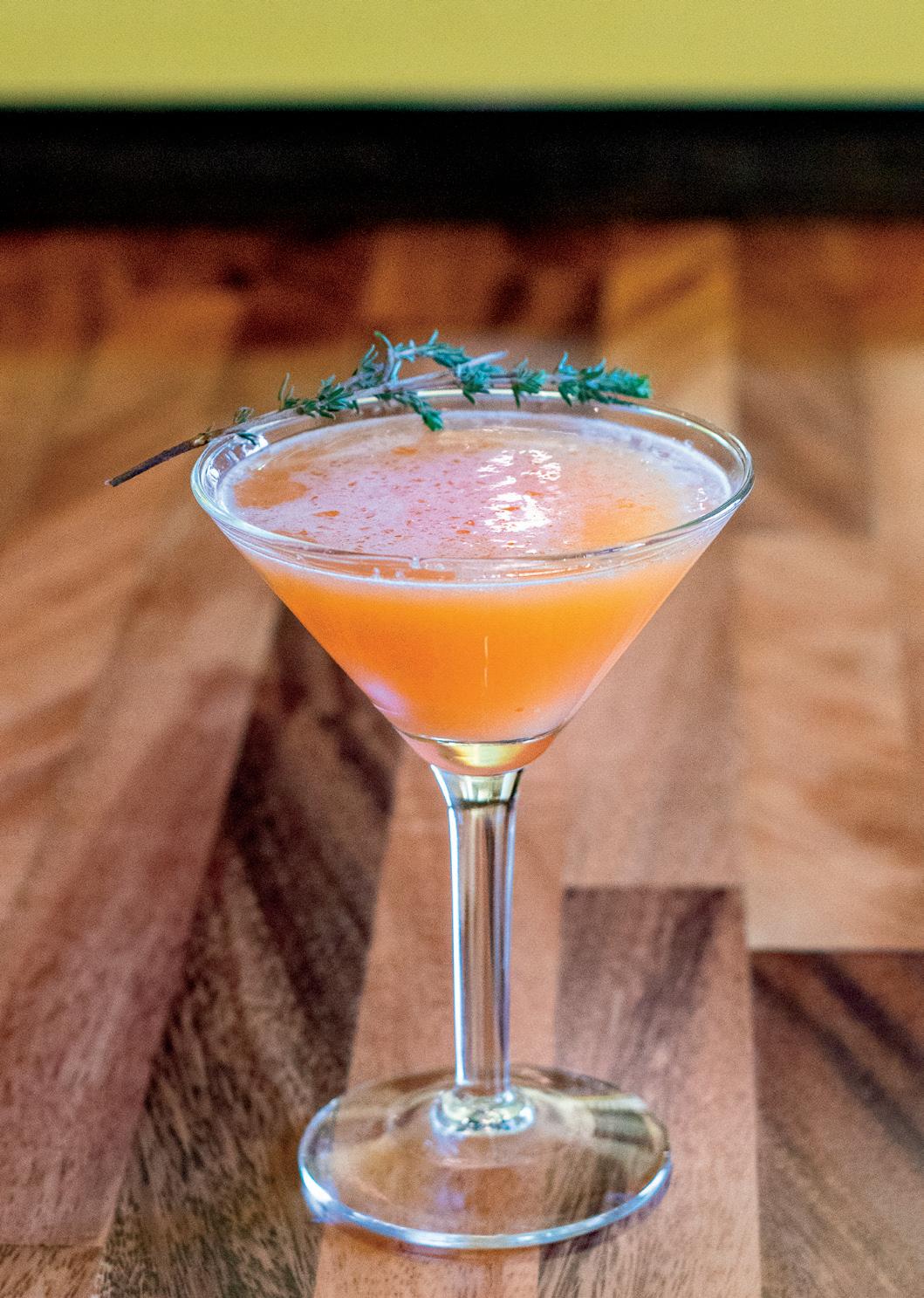
SAVOY BAR & GRILL 10601 Montgomery NE, Albuquerque 505-294-9463, savoyabq.com

Choose your own adventure and enjoy these featured cocktails all week long at venues around the state.

Featured Cocktail: THE COVEN
545 Camino de la Familia, Santa Fe 505-916-8596, aasbdistillery.com

HIGH DESERT AT THE MYSTIC
Featured Cocktail: CACTUS FLOWER 2810 Cerrillos, Santa Fe 505-471-7663, themysticsantafe.com

Featured Cocktail: GIN RUMBLE 329 W San Francisco, Santa Fe 505-898-6280, varaspirits.com

Featured Cocktail: HIGH-DESERT LAVENDER HAZE 623 Twelfth Street, Las Vegas 505-563-0477, giant-skillet.com
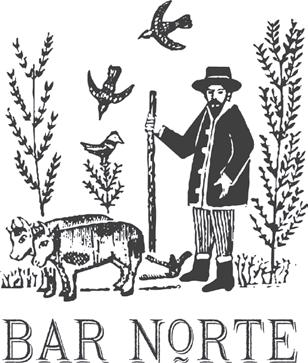
Featured Cocktail: SPRING BLOOM 201 Washington, Santa Fe 505-808-1713, lospoblanos.com

Featured Cocktail: A BAY BAY 142 W Palace, Santa Fe 505-919-9935, palaceprimesf.com

Featured Cocktail: LA MORA FIZZ 1680 Calle De Alvarez, Las Cruces 575-652-3414, drypointdistillersnm.com

Featured Cocktail: SPRING BLOOM 4803 Rio Grande NW, Los Ranchos de Albuquerque 505-985-5000, lospoblanos.com

Featured Cocktail: MULA NUEVA 922 Shoofly, Santa Fe 505-310-0089, cafecitosantafe.com

Featured Cocktail: I WENT TO A GARDEN PARTY 2791 Agua Fria, Santa Fe 505-303-3808 tumblerootbreweryanddistillery.com
Featured Cocktail: MIXED-UP LEMON RASPBERRY MOJITO 200 N Bullard St, Silver City 119 N Main St, Las Cruces littletoadcreeek.com

Featured Cocktail: SUMAC SOUR 8917 Fourth Street NW, Albuquerque 505-503-7124, farmandtablenm.com


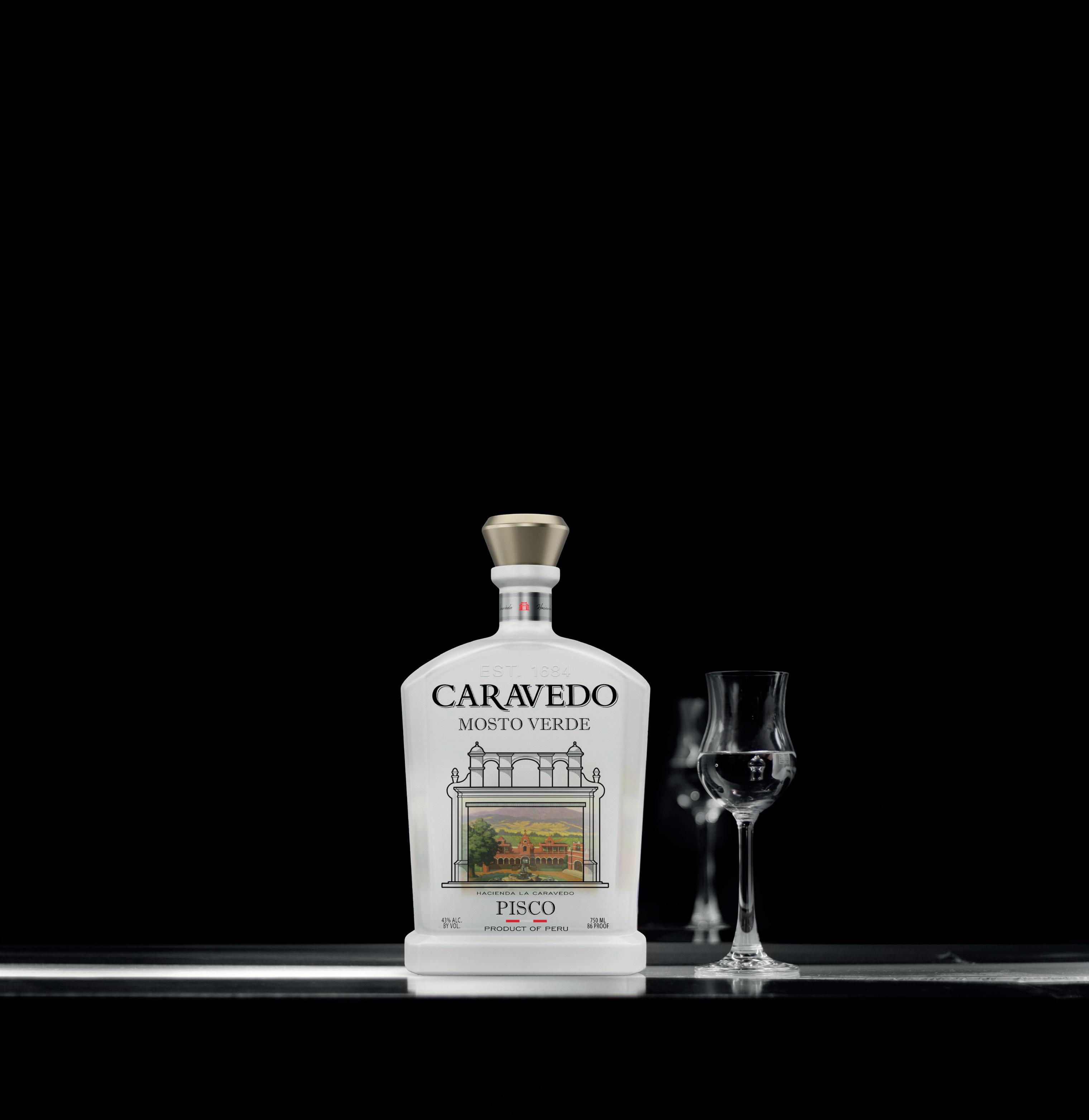






Choose your own adventure and enjoy these featured cocktails all week long at venues around the state.

Featured Cocktail: OSTARA
600 Central SW, Albuquerque 505-503-6722, oniabq.com

Featured Cocktail: STARLIGHT BANDIT
616 Gold SW, Albuquerque 505-318-0150, safehousedistilling.com

Featured Cocktail: MAIL ORDER RYE 2031 Mountain NW, Albuquerque 505-766-5100, seasonsabq.com

TRACTOR BREWING WELLS PARK
Featured Cocktail: TASTE OF NEW MEXICO GREEN CHILE MARGARITA
1800 Fourth Street NW, Albuquerque 505-243-6752, getplowed.com

Featured Cocktail: BITE OF THE ROADRUNNER 120 Marble NW, Albuquerque 505-203-6626, @stillspirits
Featured Cocktail: NOCHE BUENA 10601 Montgomery NE, Albuquerque 505-294-9463, savoyabq.com

TOWN AND RANCH
Featured Cocktail: SPRING BLOOM 1318 Fourth Street NW, Albuquerque 505-808-1715, lospoblanos.com

Featured Cocktail: WICKED GAMES
3009 Central NE, Albuquerque 505-254-9462, zinqabq.com
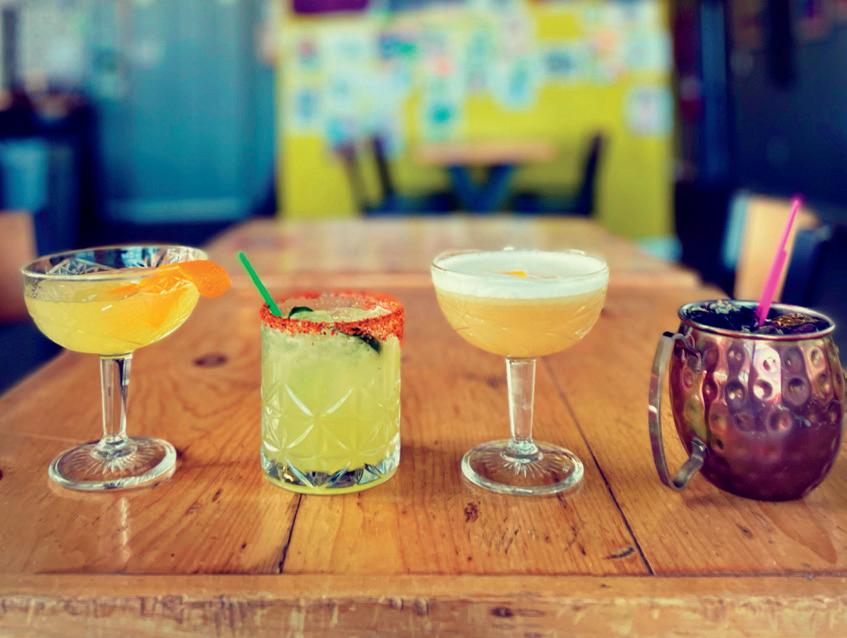
Featured Cocktail: GIN RUMBLE 201 Hermosa NE and 315 Alameda NE, Albuquerque 505-898-6280, varaspirits.com
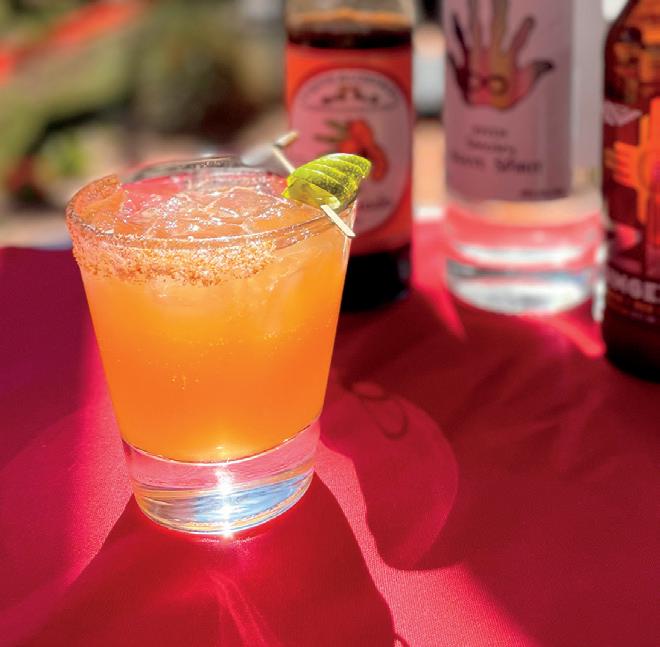
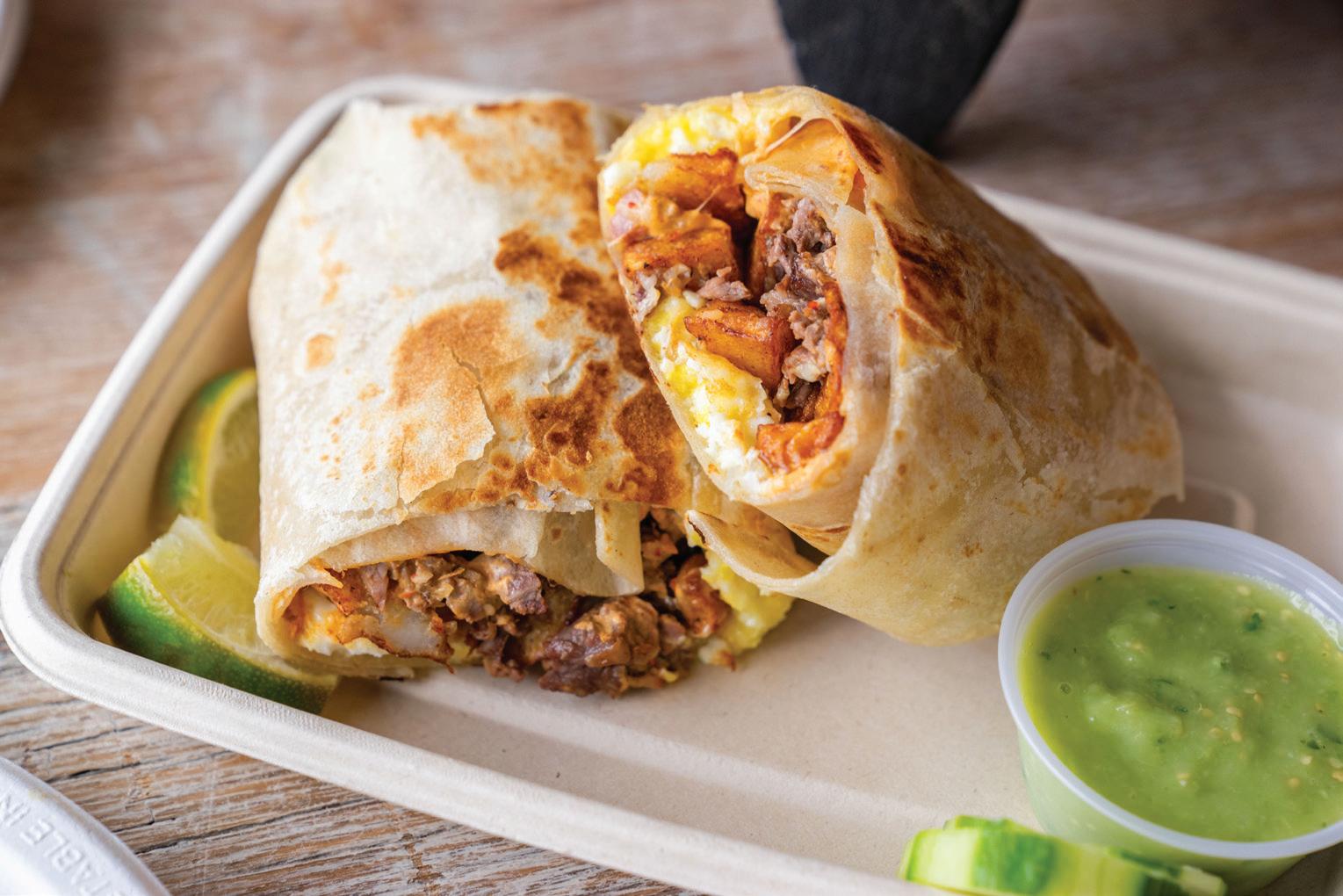

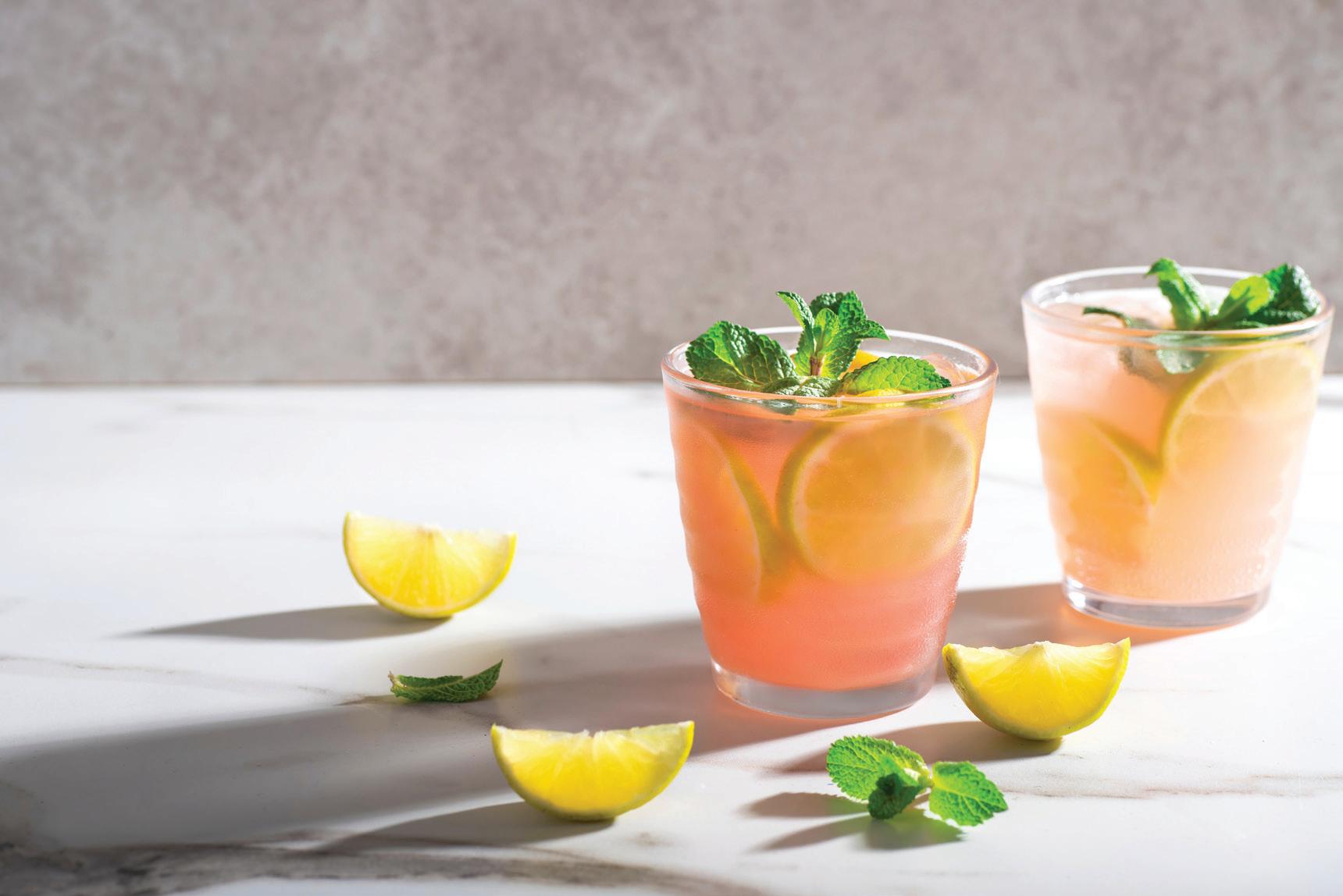
June 8, 1–5 pm
In the Village of Los Ranchos
Alfredo Garcia Community Barn 6610 Rio Grande NW

Join us for the closing party of New Mexico Cocktail Week and sample breakfast burritos & mule cocktails
You will determine the People’s Choice Award winner while sipping on mule cocktails from local craft distillers from around the state. A panel of foodie celebrities will judge the ultimate Reigning Chomp Winner.
KūKri, Albuquerque
Oso Grill, Capitan
Scalo, Albuquerque
The Skillet, Las Vegas
Tikka Spice/Stackers Burger Co., Albuquerque
Vegos, Albuquerque
VM Coffee, Albuquerque
*Restaurants are subject to change.




As Above, So Below Distillery, Santa Fe
Los Poblanos, Los Ranchos de Albuquerque
Mixed-Up Cocktail Co, Statewide
Rolling Still Spirits, Taos
Safe House Distilling, Albuquerque
Still Spirits, Albuquerque
Taylor Garrett Spirits, Albuquerque
Tumbleroot Brewing and Distillery, Santa Fe
VARA Winery & Distillery, Albuquerque









Friday, Saturday and Sunday, October 25, 26 and 27, 2024
Join the Circles Explorers, the Museum of New Mexico Foundation’s membership program designed for those with an adventurous spirit. Members enjoy exclusive benefits and engage in the art, culture and history of New Mexico, venturing beyond the walls of our four state museums in Santa Fe, eight historic sites statewide and the Office of Archaeological Studies.
Embark on a weekend of exploration at Canyon de Chelly National Monument in Arizona with a custom itinerary of culturally immersive activities. Journey through the canyon alongside Navajo guides, learning about the Navajo and ancestral peoples who have called this region home for millennia. Other highlights include visits to Acoma Sky City, the Navajo Nation Museum and the Hubbell Trading Post National Historic Site.
To learn more contact Cara O’Brien, Director of The Circles, at 505.216.0848 or email cara@museumfoundation.org, or visit museumfoundation.org/explorers.
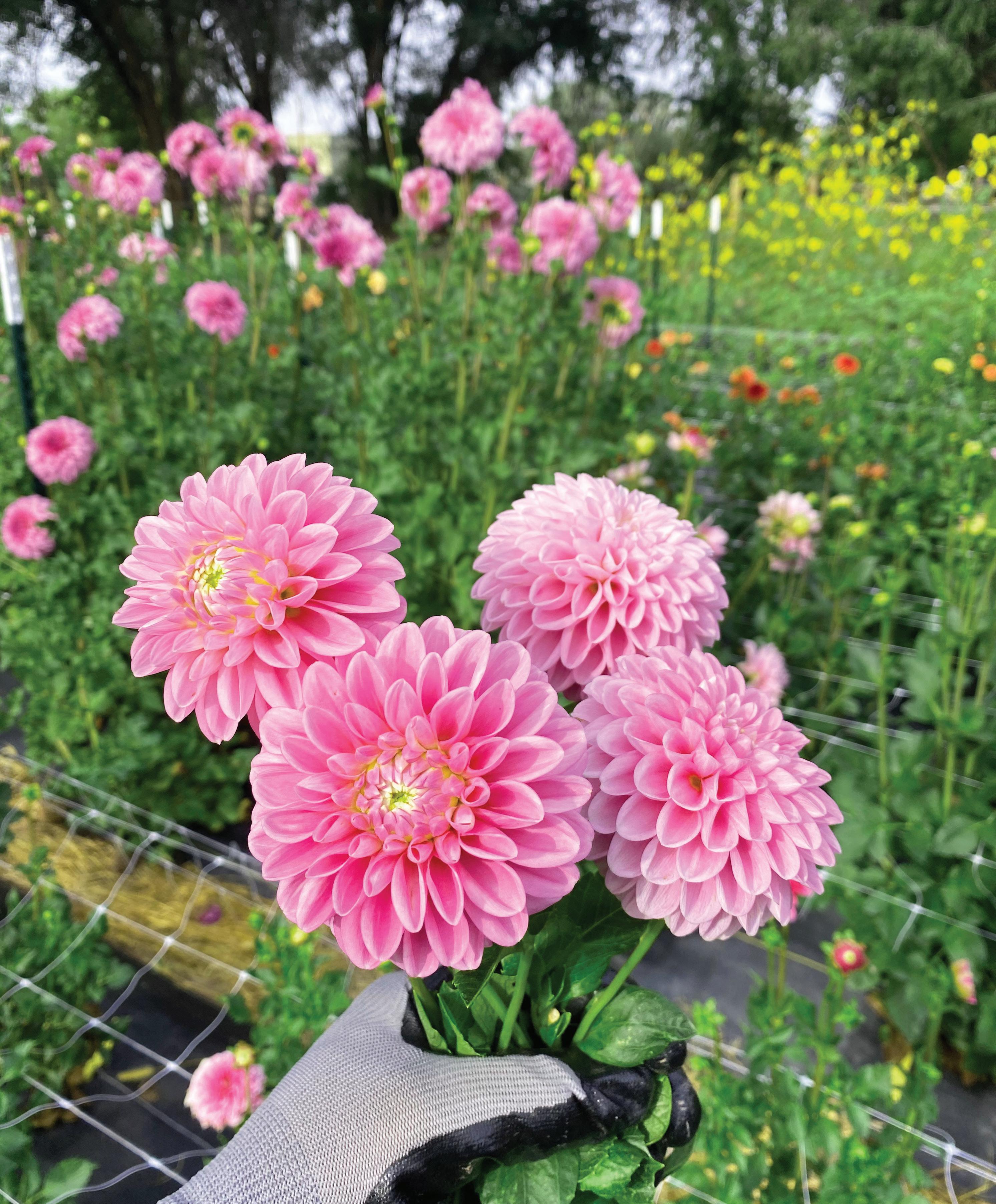
The semirural nature of the village of Los Ranchos, bordered on all sides by Albuquerque, is immediately apparent as you pass through its elm- and cottonwood-lined streets. Driving north of Griegos along Rio Grande Boulevard, you’ll know you’ve arrived when you pass the large, sweeping fields of the village’s Agri-Nature Center, which face the gardens and rows of lavender across the street at Los Poblanos. You’ll soon find (between large lawns that were once fields) newly established vineyards, and, as you drive farther into the village and peer past the fences, you’re likely to spot some horses, chickens, goats, sheep, and the occasional llama or alpaca. Perhaps less immediately evident is the scattered array of very small farms, often cultivating half an acre or less, that nourish the neighborhoods and community in sometimes subtle but farreaching ways.
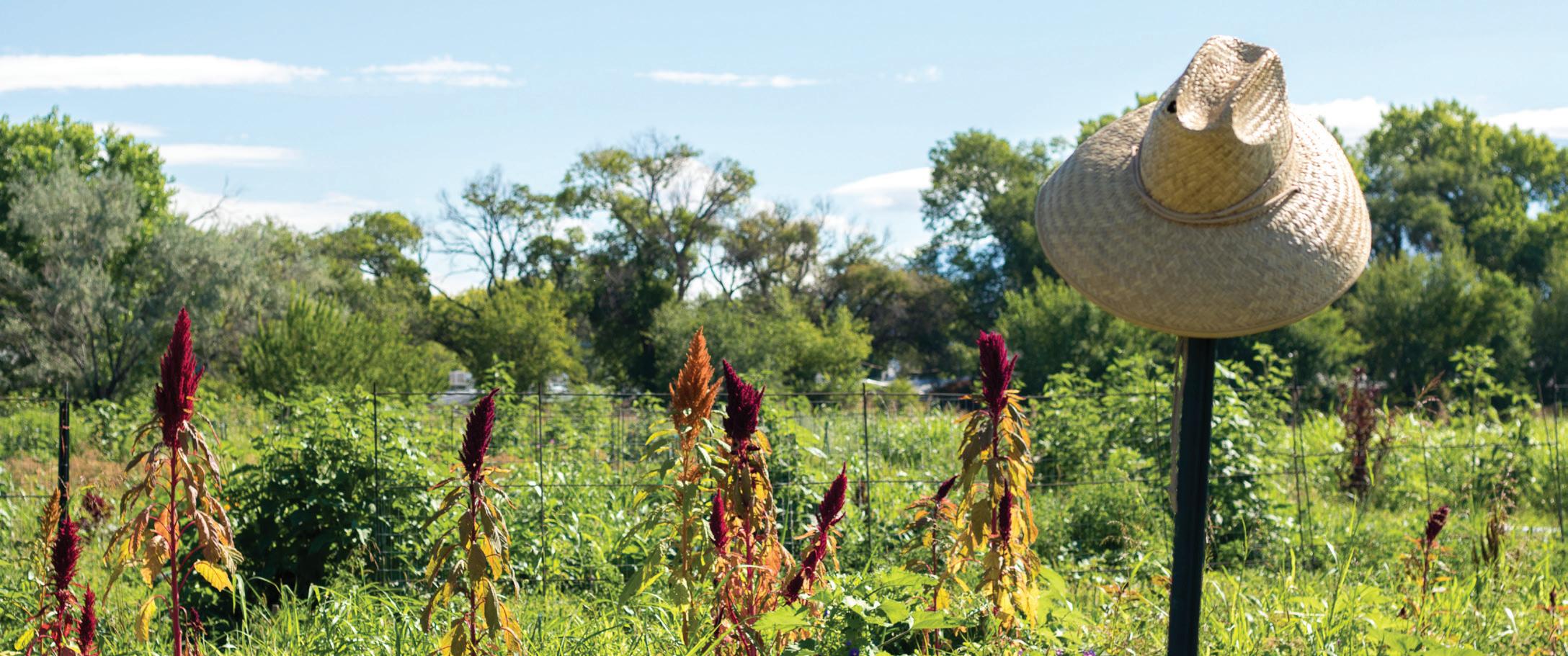
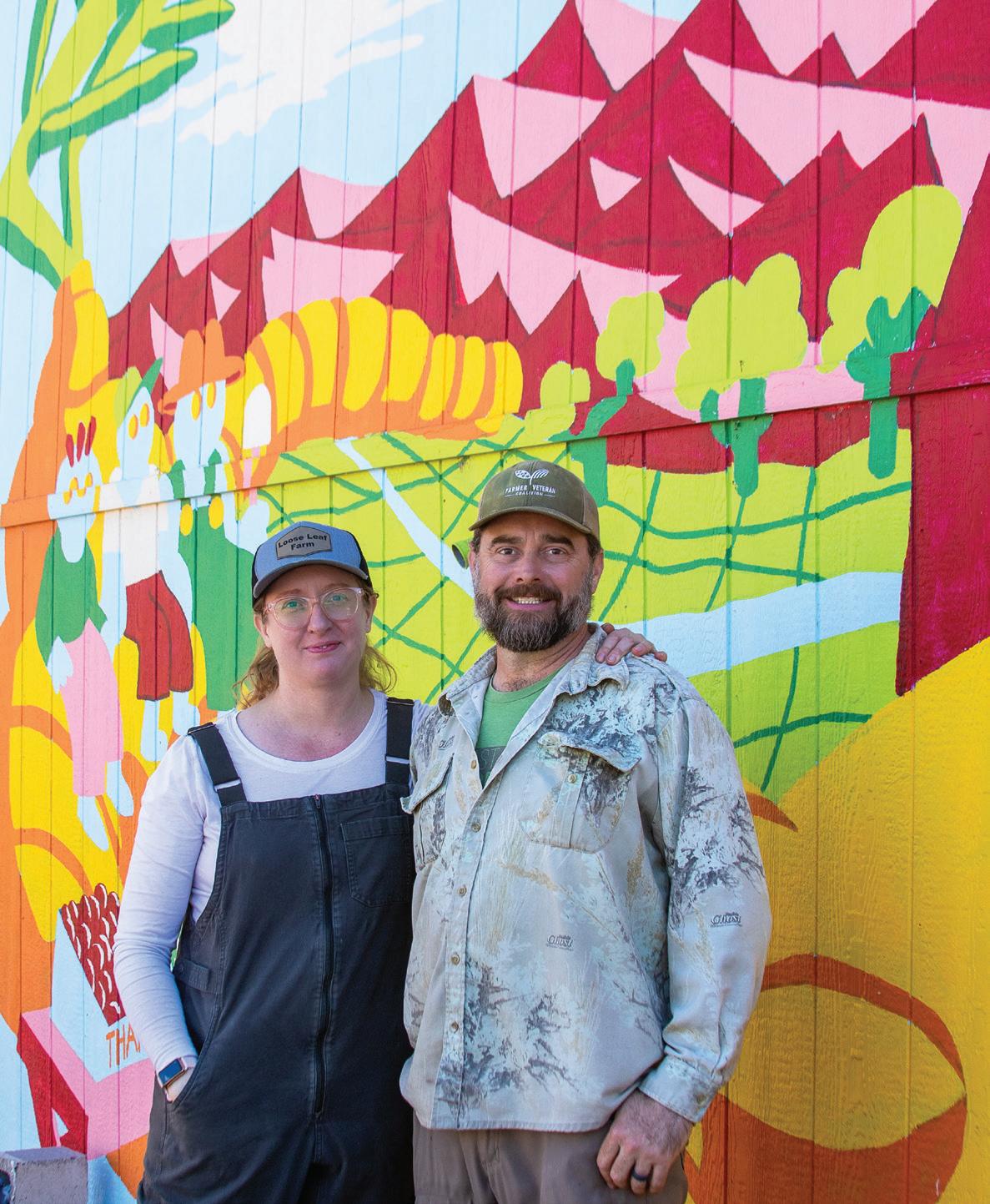
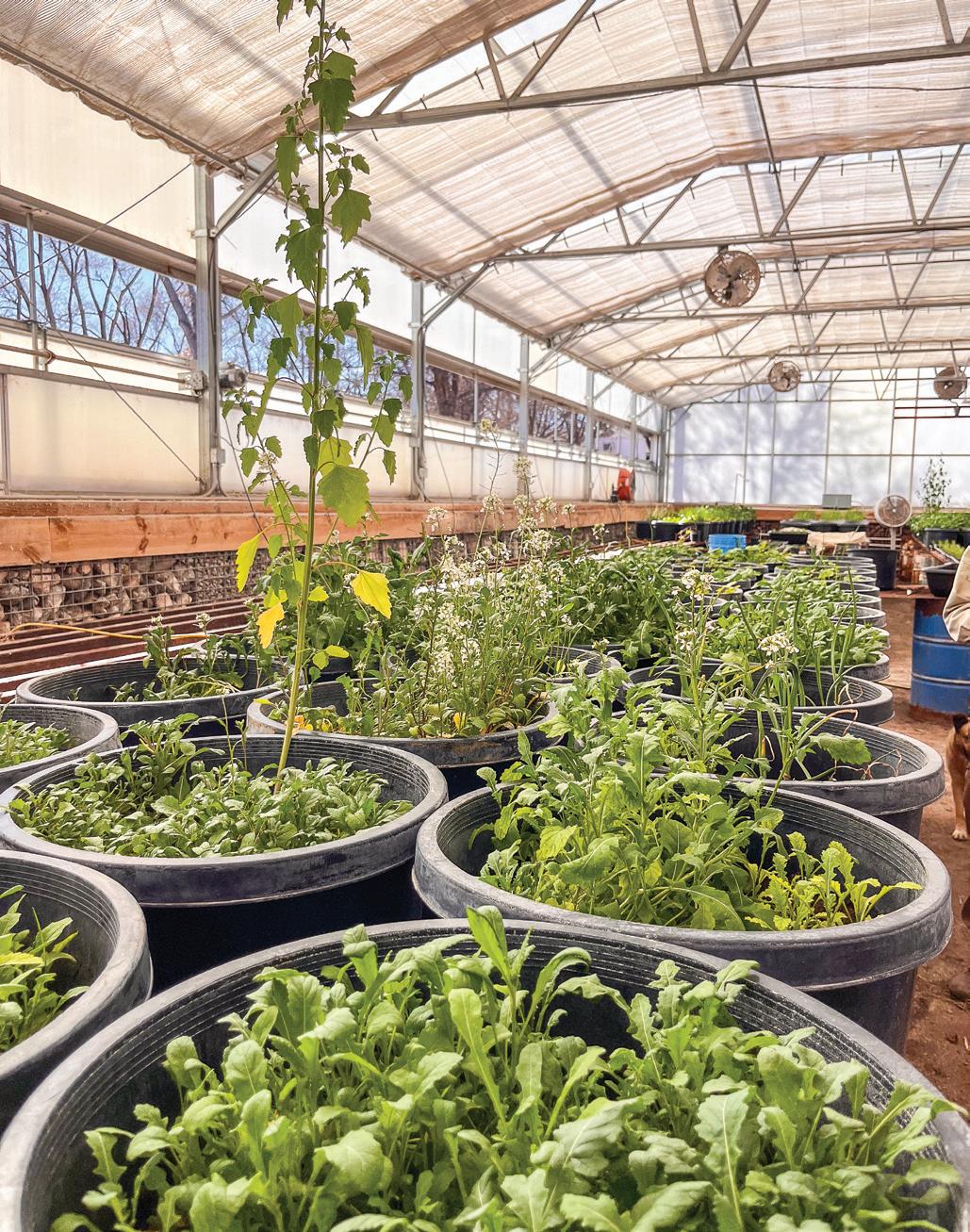
Seeking a better view into the agrarian spirit that animates this village surrounded by city, I recently set out on a tour of a few of Los Ranchos’ smallest farms. My first stop was Loose Leaf Farm, toward the north end of Los Ranchos, where Sarah and Mark Robertson lease land within an old orchard. Here, they grow a quarter acre of vegetables primarily for their stand at the Los Ranchos Growers’ Market and for their twenty-two-share CSA that serves thirty-five families.
Even in mid-February, I was struck by the sense of abundance that permeates their highly diversified small farm. The renovated old apple orchard beside a windrow of compost; the small rain-fed pond and the menagerie of geese, goats, chickens, and dogs that roamed within their fenced sections; the gleam of the solar panels on the barn and the large partially sunken, earth-insulated greenhouse; and the short, orderly rows of garden beds all provided a robust sense of full-circle agriculture rare to see even on many small farms. Taking it all in, I understood what Farm Stand Thank and Trust owner David Rubin, who leases the land to the Robertsons, meant when he told me, “They are working hard to make a micro-utopia in Los Ranchos.”
Walking around the farm, the Robertsons explained how they use a minimal-till approach, relying on compost and chicken tractors as part of a biodiverse, soil-building strategy that undergirds their vegetable operation. Pausing beside a large pile of compost, I asked them how they’d characterize their agricultural philosophy. “I like to say ‘better than’ [organic],” Sarah said without hesitation. “People say organic and I immediately think of all sorts of herbicides and other things that are approved for ‘organic’ use. We use biologics, mostly, and we just try to work with our soil, keep diversity up and the soil covered.” Mark offered a quiet nod. “People ask me about insects,” he explained, “but with keeping [the farm] diverse, it seems to mostly just take care of itself. I’m not saying we never have any problems, but we never have to broadly treat with anything.”
They explained that since they first started farming in 2015, the farm has evolved as they have shifted toward a CSA model. One of the most pleasant surprises they’ve encountered along the way, they told me, is simply how much satisfaction they gain from getting familiar with their CSA subscribers each Tuesday afternoon during the growing season. “Really, one of the reasons we got into farming is to know the people we’re feeding and let them know us,” Sarah explained. “We want people to come and pick up their veggies on Tuesdays and hang out with their families and experience what it is that we’re doing.”
This strong appreciation for community became a theme of my farm tour, which soon led me to the opposite end of Los Ranchos, at a section of the Los Poblanos Open Space that’s situated within Los Ranchos but owned by the City of Albuquerque. There, Celestial Mountain Farm subleases five-eighths of an acre of land from Rio Grande Community Farm (RGCF) as part of a microfarm program run by RGCF. Celestial Mountain Farm is a neurodivergent farmers co-op that grows a variety of vegetables and produces salves and soaps for local markets. I met with cofounders Stef Graner and Logan Gillespie, along with farm supporter Matt Cohen and farmer Andy
Personius, on a sunny February morning as the team was planning out the season ahead.
The co-op consists of about ten farmers, and the core group grows in the summer as kids get out of school. “‘Neurodivergent’ can mean many things, whether it’s attention-deficit disorder [or] autism,” Logan explained to me. “There’s no typical [neurodivergent type]. . . . We’ve always focused on being inclusive for people who think on a different plane than what’s expected in society.” The sharp February sun forced him to squint beneath his black cowboy hat as he scanned over the stubble of last year’s crop. “We believe that diversity of thinking is as important as biodiversity.”
With palpable excitement, the group shared their plans to build a “vision garden” in their fields, which will be “pretty vertical,” with tall raised beds filled with brightly colored plants and plants designed to emphasize the use of smell and touch to help guide the experience of being in the garden. They explained that such a concept is a new approach “that hasn’t really been done,” and so they’ve been actively seeking grants to get the materials to build the garden. “There’s not a lot of farming and gardening accessibility for people who are visually impaired. We’d like to provide that,” Logan told me. “We’re trying to rethink how we are adapting our farm to be as inclusive as possible,” added Stef.
“‘Connecting’ is one of the major words in our mission,” Stef went on as we talked more about the greater vision of the farm. “Connecting to each other and to the community.” She pointed out how all the farming decisions—from what gets planted to how much money gets reinvested into the farm—are made together by all members of the co-op. Later, she mentioned that they have been considering ways to share a market stall with other microfarmers at RGCF to help pool resources and benefit each microfarmer. Throughout my visit, I was struck by a strong spirit of collaboration and their commitment to genuine inclusivity that goes far beyond platitudes.
I could sense a similar sense of community appreciation as I met with one of their fellow microfarmers at RGCF, seed farmer Andy Jo of Space Dog Farms, who grows seeds and transplants within sight of Celestial Mountain Farm’s plot. Andy founded Space Dog Farms three years ago, after working with Tres Hermanas Farm, which is also located at RGCF. He primarily focuses on selling seeds from plants he has grown out in his field, as well as some native seed he collects and a few seeds, such as corn, he sources from other local farms. He also sells transplants grown from seed he has saved. Wearing paintsplattered clothes and an infectious smile, Andy explained the ins and outs of his seed business to me.
Andy grows out all the seeds in his catalog for at least one growing season before offering those seeds to the public. This not only allows him to filter out any seeds that don’t grow true to type but also allows time to build some climate-adaptiveness in the seeds he sells. When he buys seed from a nonlocal seed catalog to grow out for his own catalog, he waits a couple of years before offering it for sale. “After I grow it two years [the first year for seed and the second year as a trial of that seed], I feel like they’re acclimated, at least for me.”
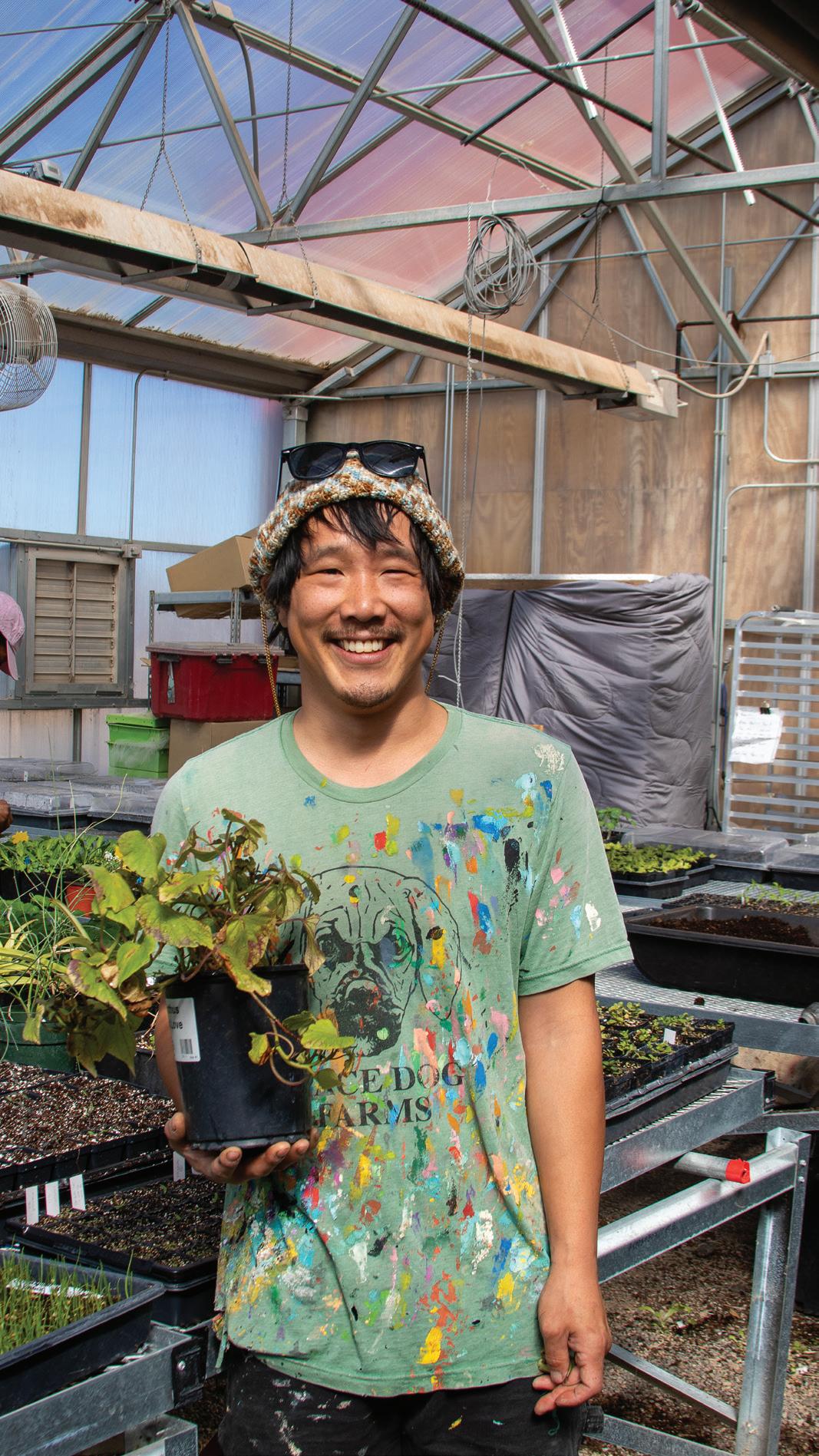
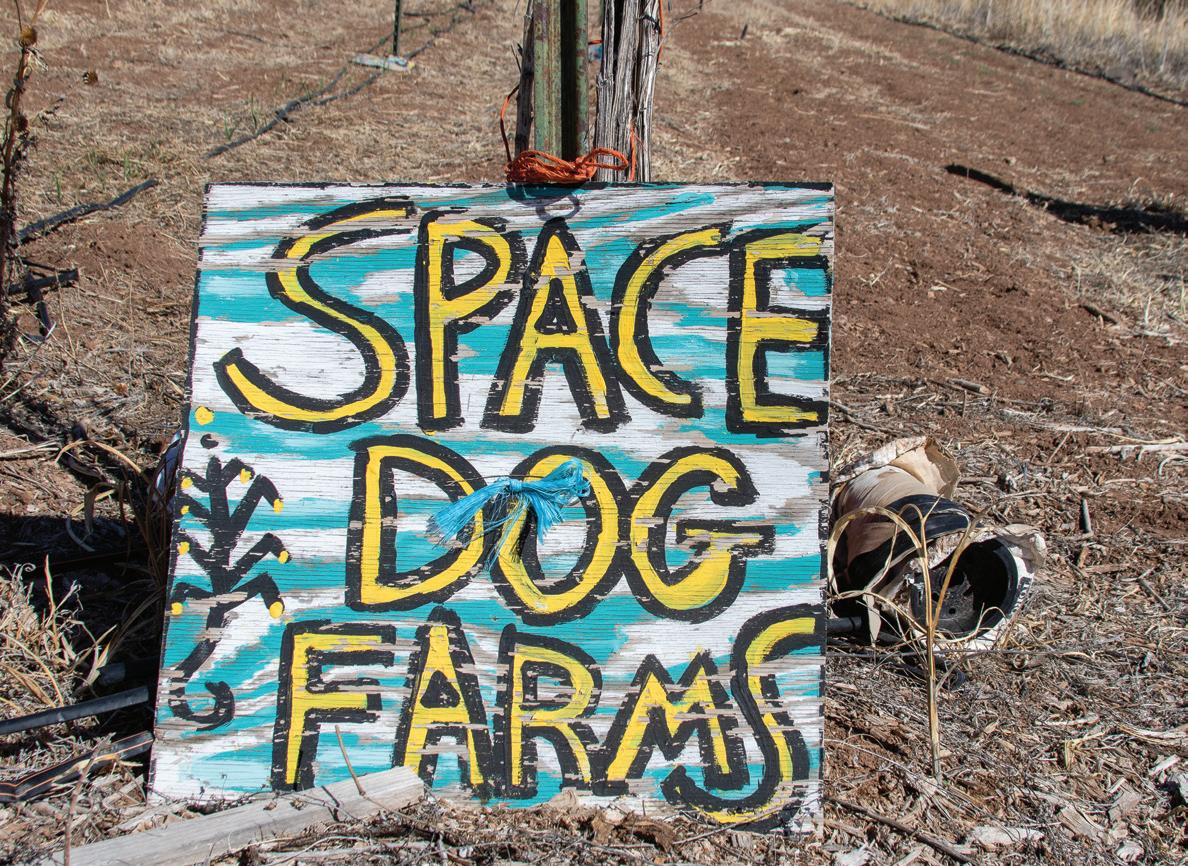


As I listened to Andy describe his work, I sensed the clear joy he has for seeds and being close to the plants he tends. Perhaps most enjoyable to him, he said, is the design and branding side of the work, which he sees as something that both sets him apart and brings delight to his customers. “I try to do fun graphic designs. It’s all my dog aesthetic.” Indeed, with even a quick glance at his seed catalog or market stall, it would be hard to miss the cosmic canine motif. “With the packaging, that’s the creative side I like doing, and going to the farmers markets, it’s just the packaging I’m really proud of. . . . I can do some pretty crazy stuff with my dog in Photoshop and everyone at the market enjoys it.”
Toward the end of my visit, Andy drove us from the greenhouse to his field, pointing out all the other microfarms along the way with the air of a proud ambassador. The sense of neighborly community was strong as he explained how he and other microfarmers collaborate and help each other out, such as sometimes watering each other’s plants in the greenhouse or partnering with another RGCF farmer to make tea with some of the Moldavian balm he grows. “It’s good that RGCF has this farming program,” he mused, scanning the expansive field. Then, moments later, he added an afterthought with a wide, wry smile: “And I encourage everyone to save their seed, so you don’t need to buy twenty-five seeds for four dollars from me.”
From Space Dog Farms, I headed up Rio Grande for the last stop on my tour. Just up the road from Loose Leaf Farm, Burque Bee Farms specializes in dahlias and grows a wide variety of flowers along with some vegetables. Selling primarily to customers at their roadside stand, the farm has a neighborly vibe and a degree of farmer-to-customer connection that outdoes even the local growers markets.
John and Lori Bigelow, along with Drew and Andrea Harrell, run the small flower farm together on the Bigelows’ property. All four work in medicine (Lori and Andrea as nurses and John and Drew as emergency physicians), and they all started farming together in 2015. I sat down with John and Drew on some old top-bar beehive boxes under the shade of elm trees as we talked about the farm and looked over the field they soon would be planting. They began by explaining how they experimented with different crops until they landed on flowers, and especially dahlias, as a niche crop that they could hone. “The first year, I think we did two rows [of flowers] and did the rest in vegetables. What we found was that growing vegetables well, organically, is really hard. It’s really hard. And to make something that looks good and tastes good, that requires a lot of effort,” John said. Laughing, he added, “We’ve had tons of failures, but they seem to be less every year.”
Any previous difficulties were far from view as we looked over the orderly, productive field, and I learned about the successes of recent seasons. Burque Bee Farms planted twenty-one thousand dahlia tubers last year, including ninety-four different varietals of dahlia. “When the field is in full bloom, it looks like a Dr. Seuss book,” Drew said. “There’s every color of the spectrum, it’s like the sixtyfour-color crayon box on steroids. We have huge dinner-plate dahlias and little pom-pom dahlias, and we intersperse some sunflowers and
we have three or four hundred peonies, and two or three years ago we put eight thousand tulips in the ground and five or six thousand daffodils. . . . It’s pure joy.” John smiled and agreed, adding, “We enjoyed selling vegetables, but when people buy a bouquet of fresh flowers, you can just see that in their face. They smile, it makes their day. It’s a totally different experience than going and picking up a bouquet at the grocery store or that sort of thing.”
Both John and Drew shared that their farm provides a nice balance to their work in the hospital. “My job requires being in seventy-two degrees under fluorescent light all the time, so it’s nice being outside in the sun . . . and to work with your hands and do something that’s not really heavy in terms of cognitive processing,” John explained, “it just sort of balances some of that mental stress we have on a daily basis at work.” Drew nodded, putting it this way: “We have a professional restorative responsibility for other people when we are at work, and this is restorative for us and we get to make something that’s really pretty. And at the end of the day, it’s just really, really soothing for the soul to be able to be out here.”
Part of what makes it so enjoyable, they both agreed, is the sense of community that comes from selling at their roadside stand. “We’ve met more neighbors doing this than I would have ever met otherwise,” John told me, smiling. They described how they post their farm stand hours on Instagram, set up their roadside stand, and soon neighbors and passersby start showing up. If a customer wants a certain color of flower that they’ve happened to run out of, Drew explained, “we can say, ‘Can you either hang out for ten minutes or else come back in thirty minutes?,’ and we’ll just come back here [into the field] and pick them.” This degree of neighborly connection has become a central part of the farm. “We’ve got this great community,” Drew mused. “I think the relationships and the community, in addition to the restorative effects of being able to work with your hands outside and make something pretty that people enjoy, is all well worth the effort that we have to put into it.”
Leaving Burque Bee, I reflected on the different forms of community building at each of the four farms I’d visited and, more broadly, the value of very small farms generally and to Los Ranchos specifically. Los Ranchos, with its metropolitan borders on all sides and experiencing the rising land values common throughout the state, will undoubtedly face challenges as it tries to maintain its semi-agrarian qualities. Thankfully, though, the village has encoded its support of small-scale agriculture in its most recent master plan. The plan outlines policy objectives aimed at maintaining a strong acequia system, curbing farmland loss, promoting agricultural education, encouraging home and community gardens, and achieving other agrarian-oriented goals. For the village to maintain its feel in more than just name, supporting and encouraging small farms such as these will be pivotal toward achieving those goals.
While the deep and widespread value of small farms is no secret, my Los Ranchos farm tour led me to reflect anew on the strengths very small farms bring to a community. One less-touted strength is how small farms can create more degrees of biodiversity through their many approaches than would the same acreage in larger farms. The

farms I visited might only cultivate about two acres combined, but because they are small and so tightly managed, they are able to produce value-added products and a wide range of crops—from seeds and transplants to flowers and vegetables, and an immense range of varieties of each—that a single two-acre farm might struggle to achieve. Very small farms can often create more biodiversity than larger small farms of the same total acreage, not only because economies of scale can discourage biodiversity on the larger farms but also because many very small farms means many visions, many ways of thinking, many approaches to similar issues. Beyond this, I was reminded of how much even the smallest farms invest back into the community and the land, creating networks of neighbors getting to know each other in mutually supporting, nourishing ways. These four farms of Los Ranchos, representing only a fraction of the small farms in the community, provide a glimpse into the heart of what makes this small patch of city-surrounded land remain a village.

Mesquite Street. La vecindad. Las Cruces, New Mexico. My neighborhood.
My father, Epifanio Chávez Jr., was born in Doña Ana but grew up on Mesquite Street, the very last street on the east side of the city in the 1920s. Beyond was desert, with mesquite trees and their cousins the tornillos, screwbean mesquite trees with spiral seedpods that were used to make flour and medicinal tea. He remembered walking through fields of rabbits to get to school.
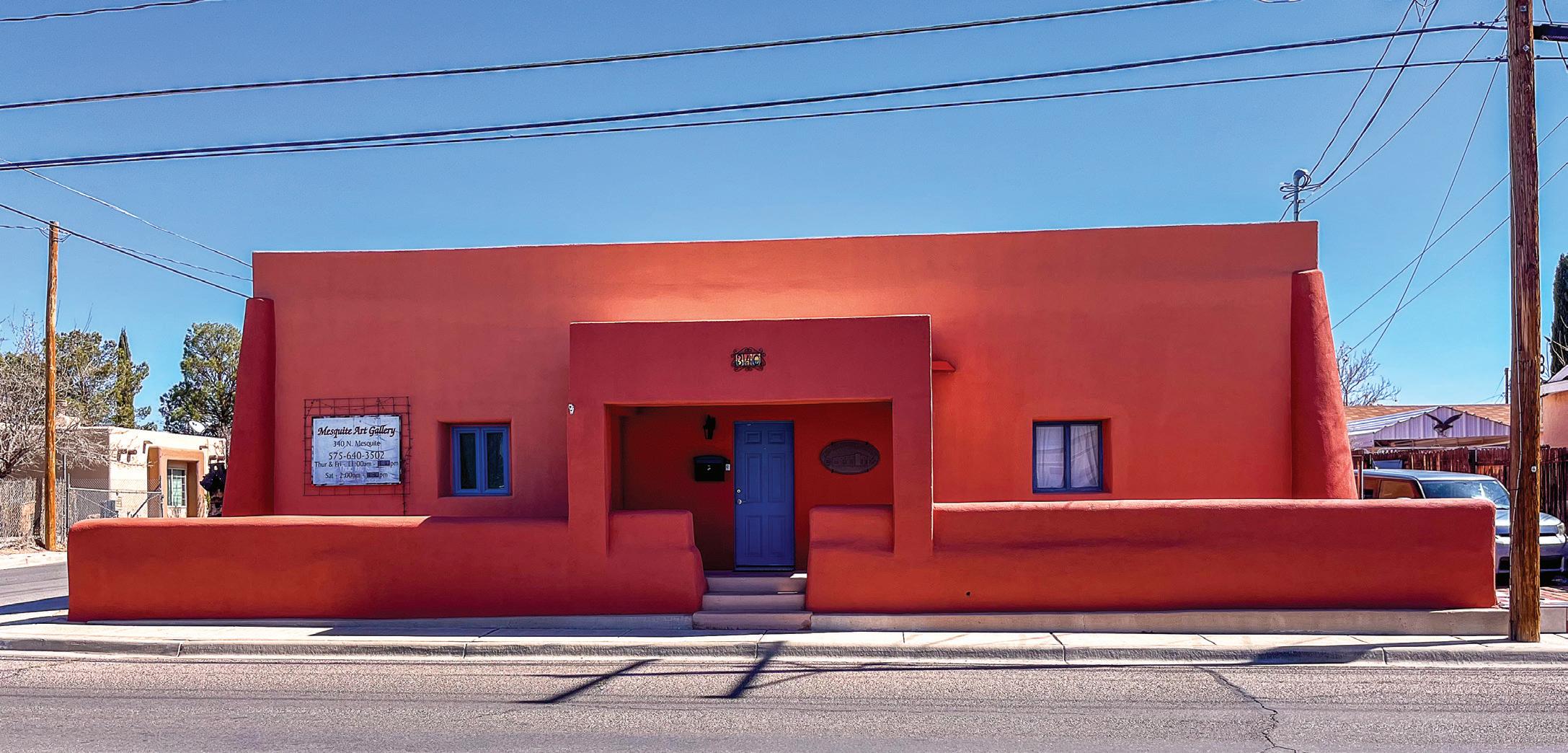
Mesquite Street was the heart of Las Cruces’s original townsite. The historic district dates from the spring of 1849, when Don Pablo Melendres acquired federal approval to establish the new village. Lieutenant Delos Sackett, an army engineer who plotted the streets, erroneously became the official founder for many. Las Cruces, near Mesilla, was once the smaller town. Located directly on the Camino Real, Mesquite Street is one of the most intact neighborhoods of adobe homes from Brownsville, Texas, to Baja California, according to neighborhood historian Sylvia Camuñez.
The river went through here, and yes, the floods were legendary. I remember seeing beams of wood floating down nearby streets after a prodigious rain left the houses rimmed in mud. The east side was where mostly Mexicanos and Mexican Americans lived. In my father’s day, there was one lone Anglo, “El Güero Solo,” who chose this hardworking, colorful, and vibrant neighborhood to make his home.
The Mesquite Street population grew as many Black families moved to the street, some descendants of the Buffalo Soldiers who had founded Blackdom, a utopian settlement in eastern New Mexico. They eventually found their way to southern New Mexico, with many families settling in Vado and on Mesquite Street. Their families, among them the illustrious Petteses, Grimeses, Fielders, and Johnsons, were the true fabric of our community. Clara Belle Williams was the first Black student to graduate from New Mexico College of Agriculture and Mechanic Arts, now New Mexico State University. She was not allowed into the college classrooms and took her notes sitting in the hallway, nor was she able to attend her college graduation. She taught at Booker T. Washington School for more than twenty years, when Las Cruces public schools were segregated, and died in 1994 at age 108. Her birth home at 722 North Mesquite is now registered as a New Mexico Historic Site.
Lula and Alonzo Grimes, the fifth African American family to settle in the neighborhood, moved from Mexico, Missouri, and settled in the house that is now my bookstore, Casa Camino Real. The property was part of the Doña Ana Bend Colony Grant given to Francisco Espalín and his widowed mother, later acquired by the John Bumgardner family. Lula worked as a cook in local school cafeterias,
and many told stories of her legendary corn bread and bread pudding. It’s said that everyone had to pass through “Mother Grimes’” bedroom at the back of the house and would be given admittance to the home only after meeting her approval. Some family members were born in what’s now the Bilderbeck Latin American Room, at the front of the house facing Tornillo Street. When my bookstore opened in 2012, the Grimes family asked if they could hold their family reunion there. Never a better red enchilada has been eaten in our building than surrounded by this large, multicultural family. Generations of Grimes family members passed through the rooms, many remembering this legendary matriarch and her saintly ways.
Few had money during those early years, and if they did, they lived on the west side near Pioneer Park and its gazebo. The neighbors were creative and resourceful. Whatever their skills, they found ways to earn a living. In the 1950s, Cecilia Fitch Oliver had the first drive-up restaurant, Cecil’s Snack Bar, which featured homemade taquitos, hamburgers, hot dogs, and raspas/sno-cones in the summer. The Jitney Café on Main Street was the first Black-owned restaurant, run by brothers Daniel and Cortez Hibler. Originally from Texas, the Hiblers also played a role in founding Phillips Chapel, a Colored Methodist Episcopal Church that became the first Black school for Las Cruces when the city implemented segregation in 1924.
In later years, when my people moved to west Las Cruces, a few relatives stayed on the east side because, after all, it was home. My tiny dynamo of an aunt, Trini Chávez, married to Elias, was legendary for the heat of her red enchiladas. They lived catty-corner to Klein Park. If there was ever a plaza in Las Cruces after the 1967 destruction of St. Genevieve Church, which left a permanent and living ache in our community, it was this park, in use long before it was named for our Jewish mayor, Sam Klein, in 1953. In 2016, the park became home to the Zoot Suit Pachanga and Car Show, a yearly festival celebrating pachuco and lowrider culture with food, fashion, cars, and music. To be Raza, and declare yourself Mexican American or Chicano, in those early days was challenging. Some wanted to get away from Mesquite Street and its history of struggle. One such person was my father, who in his later years always chose to have me drive him around “the old


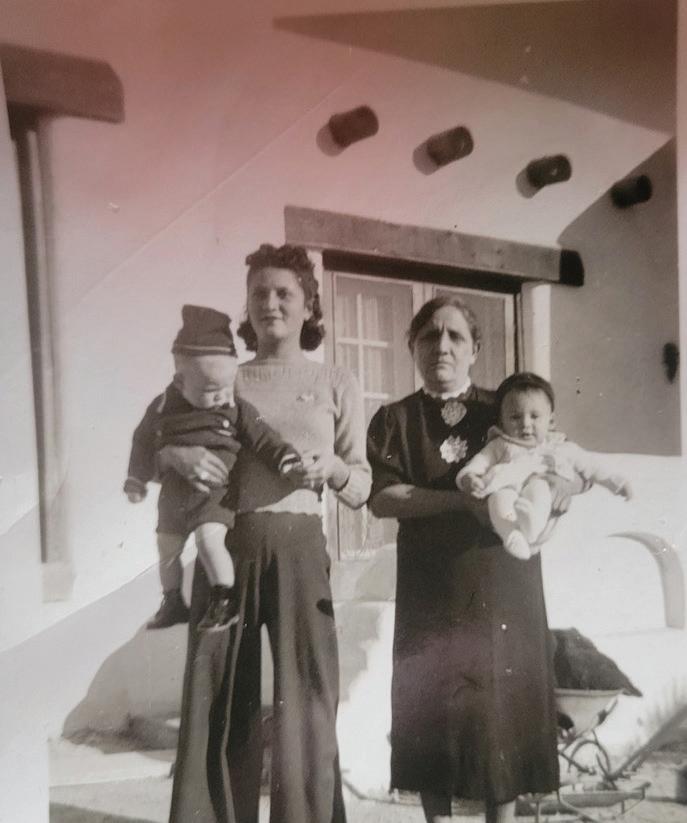
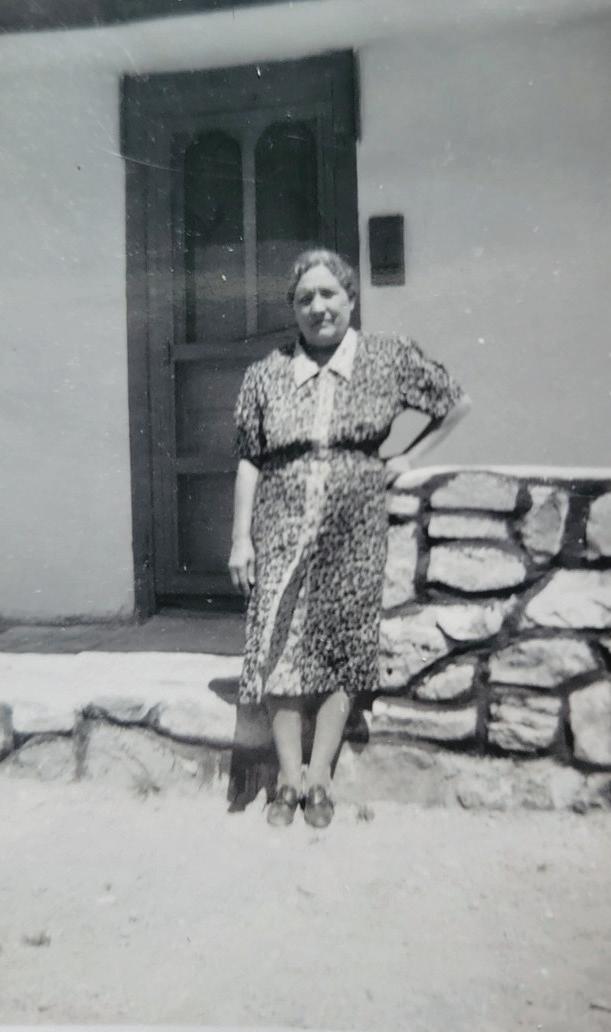
Top: The author’s grandparents, Guadalupe Triviz Chávez and Epifanio Chávez Sr., in front of her father's childhood home, now the Mesquite Art Gallery. Middle: Guadalupe Triviz Chávez with her daughter Lilian and grandchildren. Bottom: Epifanio Chávez Sr. Photos courtesy of Denise Chávez.

neighborhood.” He may have left to study law at Georgetown University, but the neighborhood never left him. His childhood home, where he always remembered sleeping four to a bed, now houses the Mesquite Art Gallery.
The Mandrake Fine Art and Botanica, a pop-up art space, sits across from the Sunshine Grocery & Grill. Now closed, the iconic and beloved store was owned by the Sánchez family for many years. Later the inimitable and lovely Bestina Sánchez held court outside the store, welcoming everyone inside to buy an orange soda and get free herbs to cure this and that ailment. Her red bougainvillea filled the windows, and there was a shelf of books free for the taking, the first free library in the neighborhood. Nothing was better than to idle the time enjoying a banana ice pop while Bestina regaled you with the local history and the best and most current chisme/gossip.
During the 1970s, my uncle Eduardo Chávez, my father’s brother, also known as Eddie or “Lalo,” opened El Jacal, a Mexican restaurant off Mesquite Street near the Sunshine. Later his son Eddie Jr. ran it. It was housed in a wonderful old adobe and featured my uncle’s artwork on the walls. That restaurant closed in 1978, but one of his murals still graces the lobby of La Posta de Mesilla.
Mesquite today is a lively hotbed of culture, up-and-coming restaurants, and small businesses, and it shows signs of gentrification, a sign, some might say, of “success.” Others might say it’s about time for it to be “elevated.” I have heard it said that it will become another Mesilla, our nearby tourist town. I hope not. Mesilla is unique and so is Mesquite.
Mesquite Street boasts six galleries, each unique and special with art to please all tastes. Being home and hearth to Chicano and Latino culture as well as a wonderful multicultural mixture of folks who understand what community is about, the neighborhood offers some of the best Mexican food in Las Cruces. It’s best to visit galleries from Thursday through Saturday, as we work on Mesquite Time. Our bookstore is open those days and by appointment as well.
The bookstore has a well-used kitchen painted bright blue, named after my mother, Delfina “Fina” Rede Faver Chávez. Fina’s room has served many people atole, pinole, posole, and mole, as well as champurrado, many cups of Abuelita chocolate, and seemingly never-ending pots of café de olla. We add piloncillo / brown cane sugar, canela/cinnamon, and clavo/clove, sometimes with a bit of orange rind to heighten the flavor of the legendary Mexican coffee. I try to placate fearful coffee drinkers and assure them that they won’t grow hair on their face and that the coffee won’t keep them up all night—and that if it does, that elixir and its richness will be worth it.
One year we offered monthly cenas culturales, themed cultural dinners. Volunteer chefs would select a suggested entrée and all would combine our efforts to present a reasonably priced dinner to the public in a private setting. There was Italian food for a Mario Lanza–inspired event with opera singers from El Paso; a Ukrainian meal with special vodka; and a dinner of paella, tortas españolas, and the most olive oil I have ever cooked with in my life while we read from the work of Federico García Lorca. It was a grand and wild year of cooking great food.



I remember a friend coming into Fina’s room with a surprised and wondrous look as he exclaimed, “Not only are you selling books, but you’re also making candy!” I stood near the stove, harried, discouraged, and completely overwhelmed as my gooey white nougat refused to harden. Inspired by a Christmas Eve tradition in Provence, France, this cena celebrated the Thirteen Desserts of Christmas, representing Jesus and the twelve apostles. My husband, French photographer Daniel Zolinsky, elected to serve calissons d’Aix, the marzipan-like candy made from almond paste and candied melon. The price of candied melon online being very high, he candied his own melon. Everyone was glad when that particular cena was accomplished, delicious as it was!
We are a make-do and get-it-done-with-gusto-and-joy neighborhood. We are a cheerful and alive neighborhood framed by San José Cemetery on one end, facing our beloved Organ Mountains. Not only on Día de los Muertos, but every day, we celebrate our antepasados, our beloved ancestors, who remind us of our temporal time on this planet, and how we should live it with ánimo/spirit/energy. We are a don’t-give-it-up type of neighborhood. We are a “dale el try” neighborhood. We understand challenge, yes, and struggle, and always we persist!
The names of the neighborhood’s founders and early settlers still resonate and attest to their strength of spirit, perseverance, and commitment to community: Clara Belle Williams, Clarence Fielder, Albert Johnson (the first Black mayor in New Mexico), Supreme Court Justice Daniel Sosa, Carlos Sánchez, and so many others who have given the neighborhood and our city valor/value. Their names are remembered like my loving aunt and uncle, Trini and Elias Chávez, who never left la vecindad for greater Las Cruces, because, after all, it was home.
Why write so much about the history of a place? Mesquite Street is my world, my home, and my food culture. I drive through its streets every day. I know its cats, and those dogs that come out in the evening to give the cats a hard time. I know what is new, what is old, what the “haps” are—what is happening. And I know its food.
To say that I live in a gastronomically rich place is an understatement. Each restaurant in the Mesquite area is unique, distinct, and special in its own way.
Nopalito’s is housed in what was El Templo Bautista, a Baptist church. You can see the alcoves as you walk in. In the front is a large proscenium archway that was the altar; it now leads to the kitchen. Ernestina Gallegos and her husband, José Ramón Gallegos, opened this hometown treasure in 1964 in a small adobe at 226 South Campo Street and later expanded to the church where they first met. Later still, a second location at 2605 Missouri was added when that street was still a dirt road near the outskirts of town. Nopalito’s Galería, created next to the restaurant on Mesquite with the vision of providing the community with all types of regional art, now hosts art events, visiting writers, and workshops, and offers artists and cultural groups a place of visibility and encouragement.
Continuing with its tradition of good family food, Nopalito’s is the heart of the community, an anchor of who we are in this sea of desert

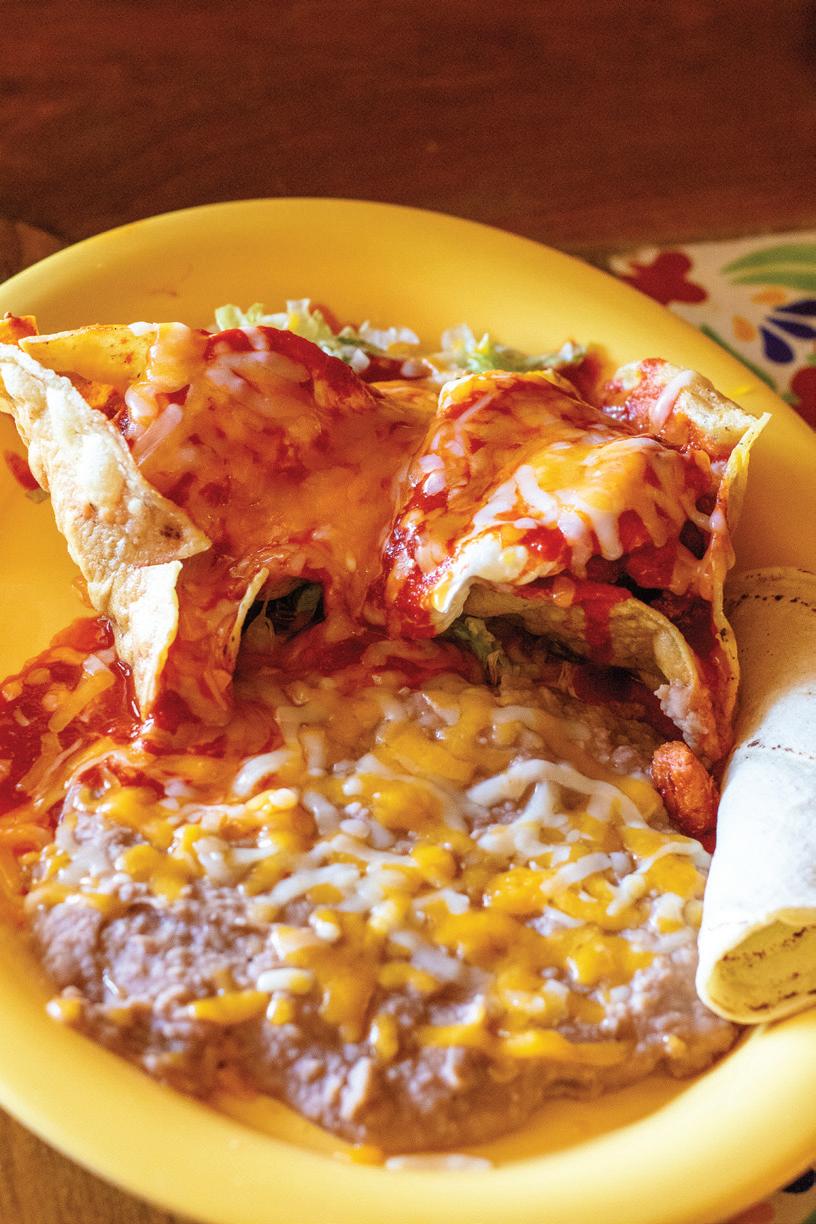

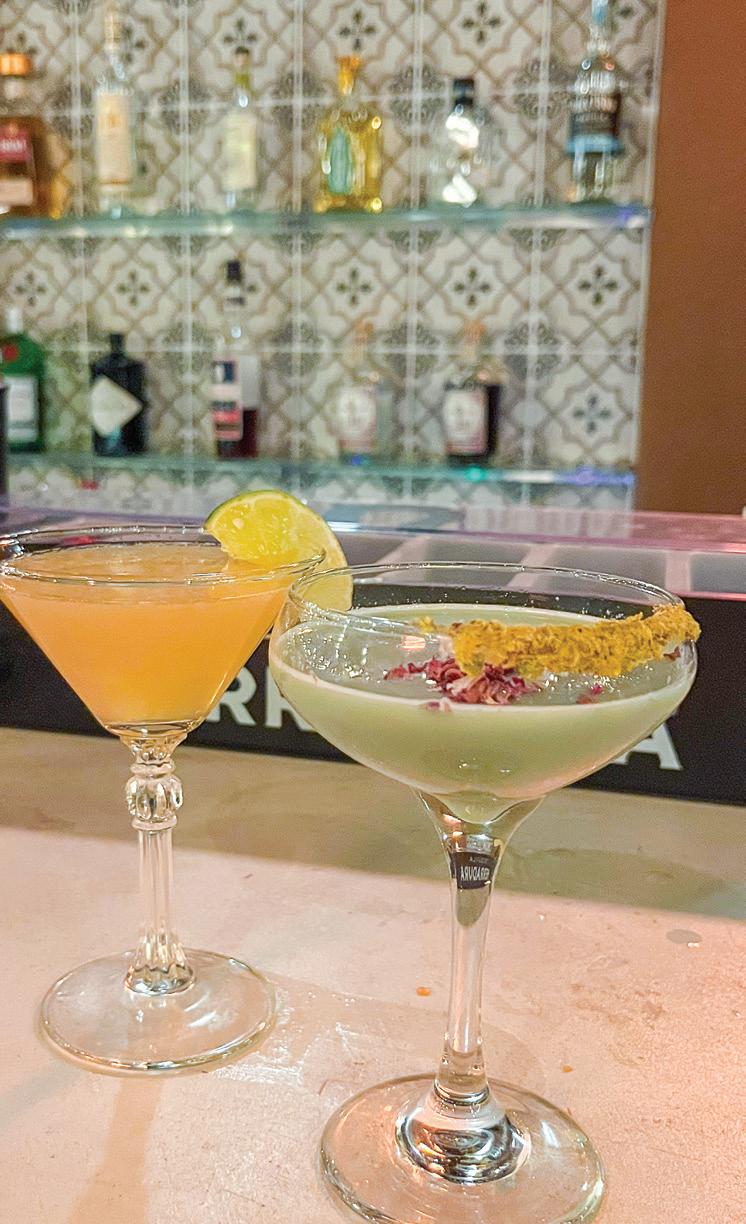
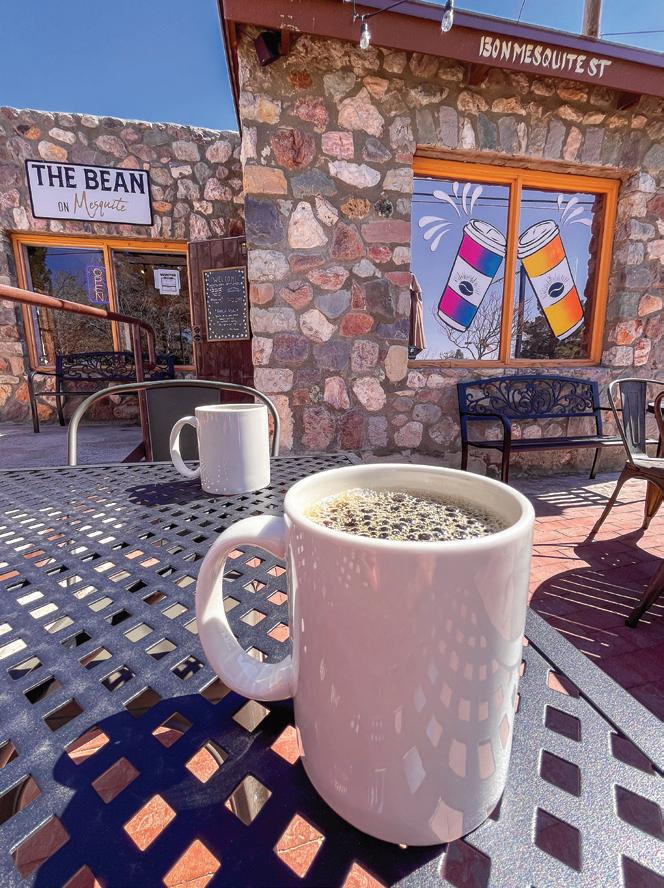
that was once part of a greater ocean. Their legendary green chile salsa, warm and savory, is brought to your table when you enter. The enchiladas, red or green, reign, as do the light and savory gorditas. Lately I have become enamored with the tostadas compuestas. And always, there are the sopapillas, the final touch, offered with the care and attention of servers who become family. The head server at Nopalito’s on Mesquite, Paulette Herrera, was my mother’s third-grade student at Conlee Elementary. She remembers that my mother took her under her wing just after Paulette’s own mother died. It was my great honor to give her a gift card presented to me by a giving platform named Crazy Good Turns “to give to a barista or server as a tip and thank
them for their hard work this past year.” I knew immediately that no one deserved this honor more than the lovely and gracious Paulette, who always knows what I want to drink and brings it to me as I walk in the door. When I see her, I see my mother standing next to her.
Down the road at La Nueva Casita Cafe, another traditional and family-owned business, the homemade tostadas are wonderful, always crispy, and pair so well with their savory salsita. Breakfast here is blessed: huevos con chorizo offered with refritos or borrachos, the chile relleno omelet served with a side of the best hash browns in town. La Nueva Casita’s menu is among the few featuring fideos and calabacitas; I often order a large bowl of each with flour tortillas. And
I would be remiss not to mention the green chile cheese tamales at Roberto’s Mexican Food, founded by community icon Roberto Estrada. I could go on and on. That’s how it is in la vecindad. We love our community and those who feed us. The newest places are The Bean coffee shop, purveyor of specialty coffees and teas, a dynamic and lively and humming place with energy to spare. Next to it is Miguel’s, the most recent addition to the neighborhood. Their menu is eclectic and uses staple foods to springboard into their own distinct style. I look forward to creating my world of favorites. Already I know I love the mojito with coconut juice.
Of course, there is also El Indio Tortilla Shop at the north end of Mesquite Street, owned by the Castillo family and home of some of the best corn and flour tortillas in town. That is the place to buy nixtamal—cooked masa de maíz—for your tamales. This family business embraces community and no one who enters is a stranger.
The history of Mesquite Street is memorable. People were entrepreneurs of the best kind, full of grit and a strong work ethic. If you knew how to sew, that was your business; if you were a good cook, that became your trade. The neighborhood was sacred, many refusing to leave. Why? What for? Many had left for California only to return, as did most of my Chávez family.
The neighborhood had an energy that was vital and real. Possibility reigned. You might find gold in “them thar hills” or become a farmer. You could become an artist or a doctor or a lawyer. The choice was yours. The ability to project, literally, and to transform, to extend yourself creatively was the norm and, yes, a mandate. The neighborhood was a mixture of both living space and workspace, and that is still its strength.
Our neighborhood is loved. To know its history, its struggles, its culture, its people, and its food is to celebrate our oneness with humanity. And in this knowledge comes the greater knowing of where one fits into the scheme of things. I’m a hometown girl. Always will be.
This is my challenge. My comfort. And my blessing.
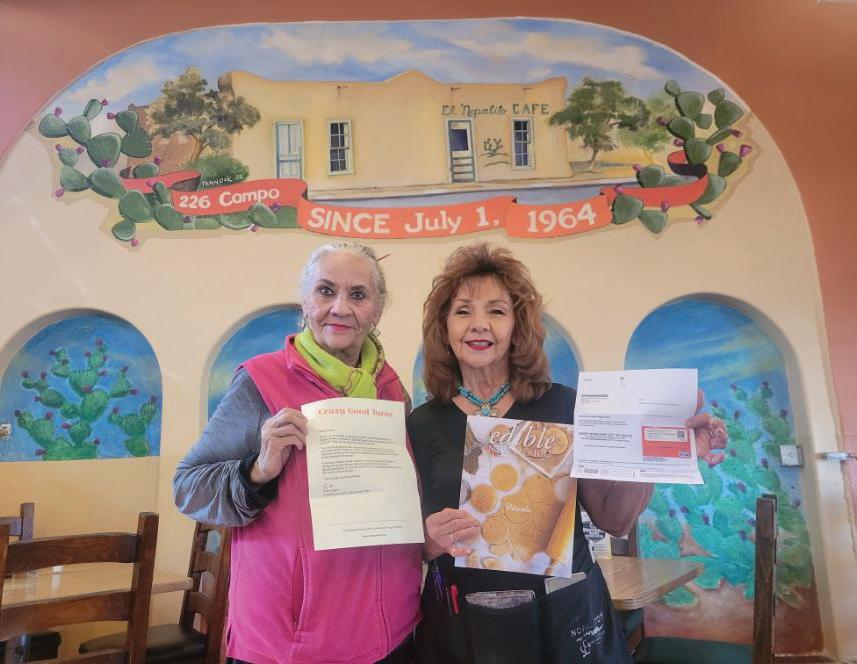
Reprinted with the permisson of the Grimes family
2 cups cornmeal
1 cup flour
2 tablespoons baking powder
1/2 teaspoon salt
1–2 cups buttermilk, as needed
1 cup melted shortening
2 eggs, beaten well
Preheat oven to 350°F. Combine eggs and shortening. Add cornmeal, flour, baking powder, and salt. Add enough buttermilk to dry ingredients to make a light, creamy dough. Pour into a well-greased pan, about 9x8 inches, and bake until a toothpick inserted in the middle comes out clean.
The ultimate comfort food anytime of the year. It’s rare to find this delicious soup in restaurants, so if you do, order it immediately.
1 package coiled vermicelli (I always try to get the coiled variety, as it’s fun to crunch into the pan. I grew up with this variety and it has a textural element I love.)
1 can tomato paste, tomato sauce, or diced tomatoes—your choice (You should have some paste or sauce for the juice and, if you choose, a chunky element with diced tomatoes, fresh or canned. Some people prefer a dry fideo, some a soupy one. Both are delicious.)
1 medium onion, finely chopped
3–4 tablespoons oil (I use a mixture of olive and canola)
Salt, to taste
Cumin, to taste
Sauté onion in oil. When onion is soft and translucent, add vermicelli one crunched coil at a time. Blend onion and vermicelli. Sauté mixture until browned.
Add a can of tomato sauce (or other tomato element) and mix. Add hot water (about two cans) to cover the top of the vermicelli. Add a good pinch of comino/cumin.
Turn down the heat and let the mixture simmer until the water is absorbed and the fideo is nearly cooked, about ten minutes on low. Then cover, turn off the heat, and let it rest. It will finish its cooking quietly and peacefully in silence. This resting time is recommended as it allows the fideo to find its integrity.
Fideo accepts all. You can add pre-fried ground beef or cook it with the onion. You can also add peas or any vegetable. Green chile is delicious in a fideo. I like my fideo plain and simple.
The fideo is tasty day or night, and the next day’s leftovers are still wonderful. ¡Buen provecho!

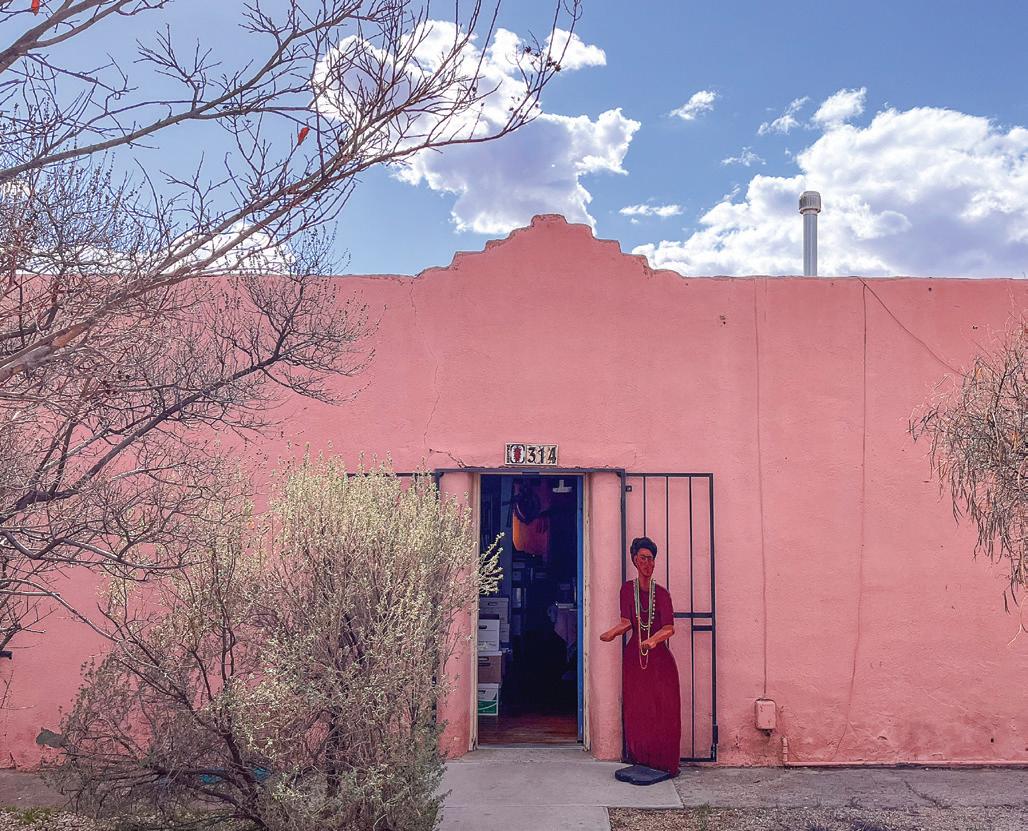

Thank you to Mesquite Street vecinos for their input, knowledge, and support: Sylvia Camuñez and Las Esperanzas, Irene Oliver-Lewis, the Gallegos family from Nopalito’s, and Faith Hutson and the Mesquite Street Amigos, who are organizing events throughout the year to celebrate Las Cruces’s 175th birthday. Many Mesquite-lleros continue to protect and uplift the neighborhood.
The First Friday Art Ramble is a monthly arts and gallery hop on Main and Mesquite Streets.
• Nopalito’s Galeria, 326 S Mesquite St
• Mesquite Art Gallery, 340 N Mesquite St
• The Mandrake Fine Art & Botanica, 501 E Hadley Ave
• Unsettled Gallery and Studio, 905 N Mesquite St
• Duende Gallery, 921 N Mesquite St
• Gallery 925, 925 N Mesquite St
• Trails End Gallery, 1732 N Mesquite St
• Phillips Chapel CME Church, 638 N Tornillo St, served as a school for African American students during segregation until 1954. It is still a church.
• Jardín de Mesquite, on the north side of the Mesquite Historic District, features colorful murals representing the history of the neighborhood. Created by Glenn Schwaiger, the ceramic murals are displayed within the park for all to enjoy.
• Our Lady of Health Catholic Church, 1178 N Mesquite St, was one of the first churches to give mass in Spanish. This architectural delight, reminiscent of churches in México, celebrates its anniversary this year.
• Our Heritage, Our People: Selections from the Mesilla Valley by Ella Banegas Curry and Shan Nichols
• Two Ranges by Mesquite native and retired engineer Robert C. Medina. This book, which highlights the early days of the White Sands Missile Range, was the first to be published by a Chicano writer from Las Cruces.
• Las Cruces: An Illustrated History by Linda G. Harris
• Blackdom, New Mexico: The Significance of the Afro-Frontier, 1900–1930 by Timothy E. Nelson
• Cecilia-isms: Dichos de Mi Madre (forthcoming) by Irene Oliver-Lewis

On a cold Saturday in early spring, jazz played inside the cozy, minimal interior of Ozu. Out the window and beyond the train tracks to the east, wispy clouds hovered around the foothills. Closer in, couples and groups of friends dressed in parkas and windbreakers walked the sidewalks of the Lena Street Lofts. The area felt safe, homey even, but also urban and fresh.
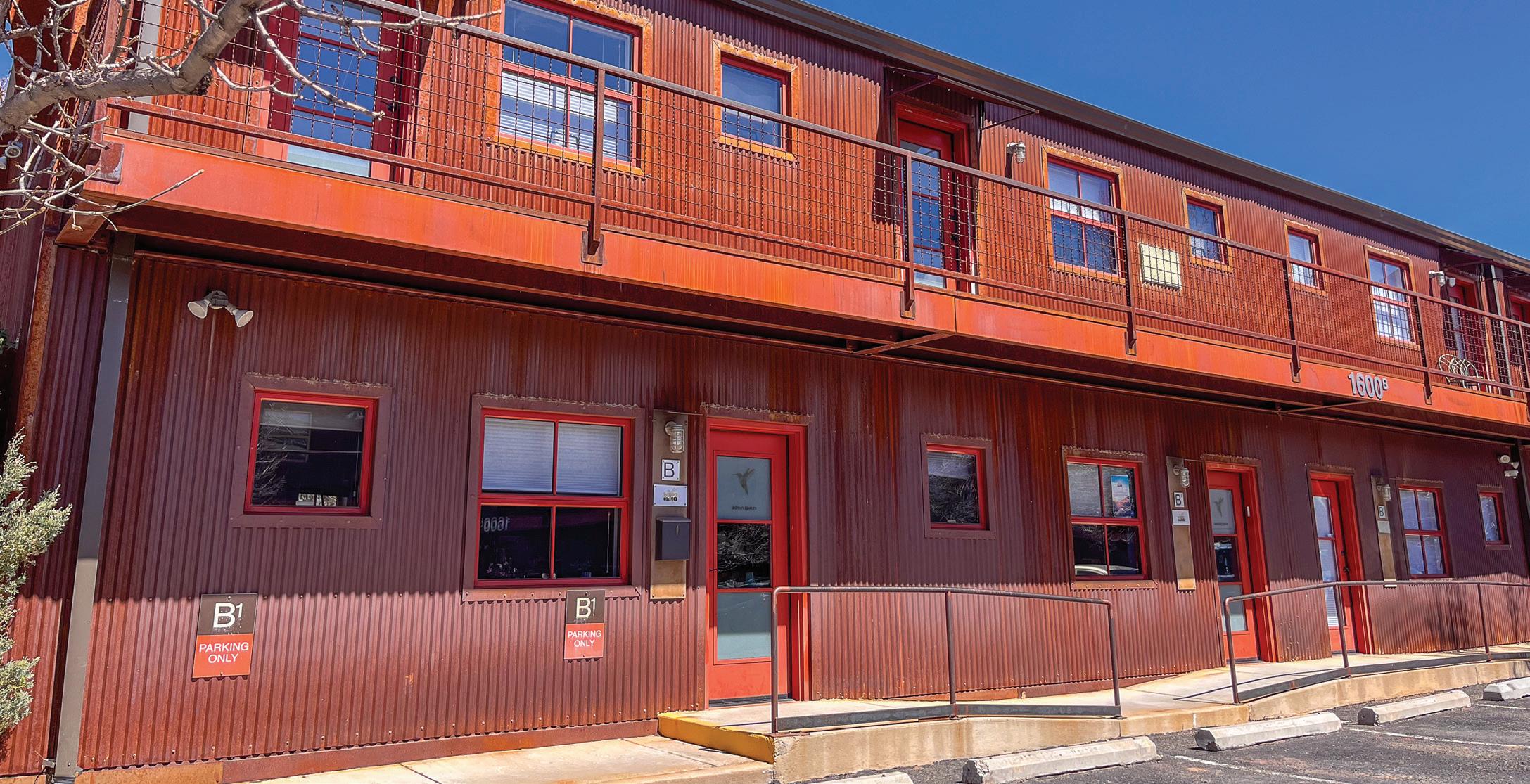

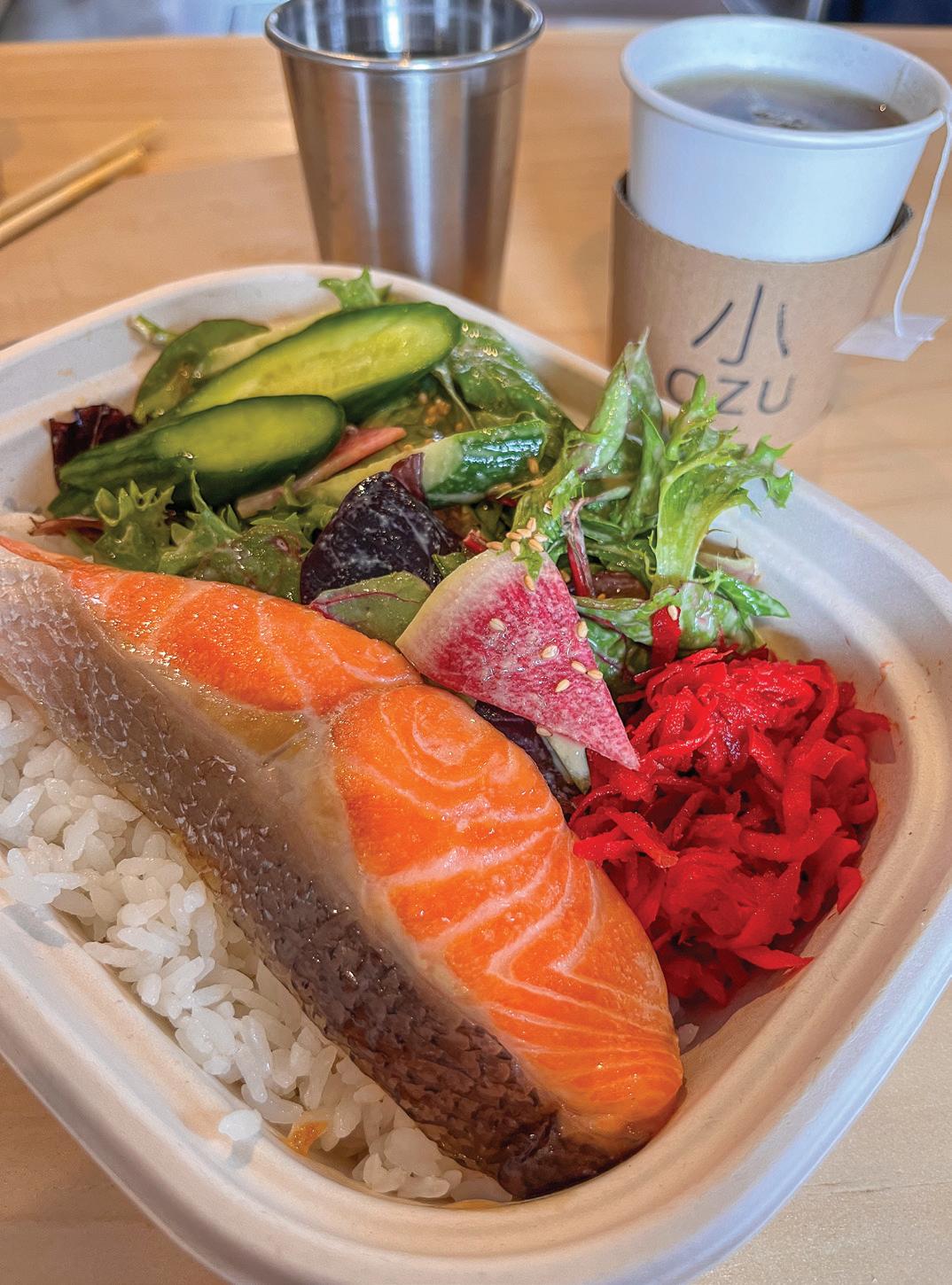
Inside, Ozu co-owner Jeffrey Ozawa and a couple of workers prepped for the lunch rush. During a lull, they reheated Pizza Centro slices from the night before, bantering over the allure of reheated versus cold pizza. A few minutes later, Ozawa served a sublimely brothy, oceanic sake ochazuke, its textured surface hash marked with nori strips. A customer curious about how the sleek counter that faces the kitchen had been made waved him over, and they chatted for a few minutes about wood finishes. The place was quiet without feeling lonely, intimate without feeling exclusive, a hard line to walk in Santa Fe.
Down the way at Pith, another local entrepreneur, Jeanna Gienke, opened her doors to the public for a few hours. In a sunny space inside, cactuses for sale that she’d brought back from a recent trip to Tucson offered a verdant respite from the gray day. Gienke’s plant shop is new to Lena Street, but she’s not new to botany and designing with plants: as co-owner of the now-shuttered Opuntia Cafe, she’s the wizard behind the greenery that adorned that dreamy, light-filled space.
Around the corner from there, facing the center of the complex, shop and gallery Living Threads echoes the aesthetic that Dutch baker and former Zen monk Willem Maltem cultivated four decades before down the street at Cloud Cliff Bakery. There he married the industrial with the high end, creating an environment that welcomed both locals and
visitors. One of a few couple-led projects in the neighborhood, Living Threads displays sumptuous textiles by Teresa Robinson’s company, Nuraxi, as overhead Eric Mindling’s striking large-scale photographs of Oaxacan women enliven the double-height walls.
The vision of Rick Brenner, who built the complex in the mid2000s with Santa Fe’s Ellis/Browning architects, the barn-shaped, steel-fronted structures at 1600 Lena Street, a.k.a. the Lena Street Lofts, exemplify organic evolution over time. Rather than hosting any kind of engineered “alternative” housing or office complex, the far end of Lena Street has somehow bypassed trends in favor of something both more traditional and more forward looking. The spaces are 70 percent solar powered, and cisterns capture rainwater to irrigate the landscaping. It all feels contemporary, though the systems have been in service for nearly twenty years. The Coffee Trust and The Trust for Public Land, local sustainability-focused entities that have been in operation for decades, were early tenants.
The realtor showing coffee shop spaces to Todd Spitzer, founder of the now nearly ubiquitous local coffee purveyor Iconik Coffee Roasters, thought locating his new shop on Lena Street was a bad idea. It was 2012, and Spitzer and partners Natalie Slade and Darren Berry had
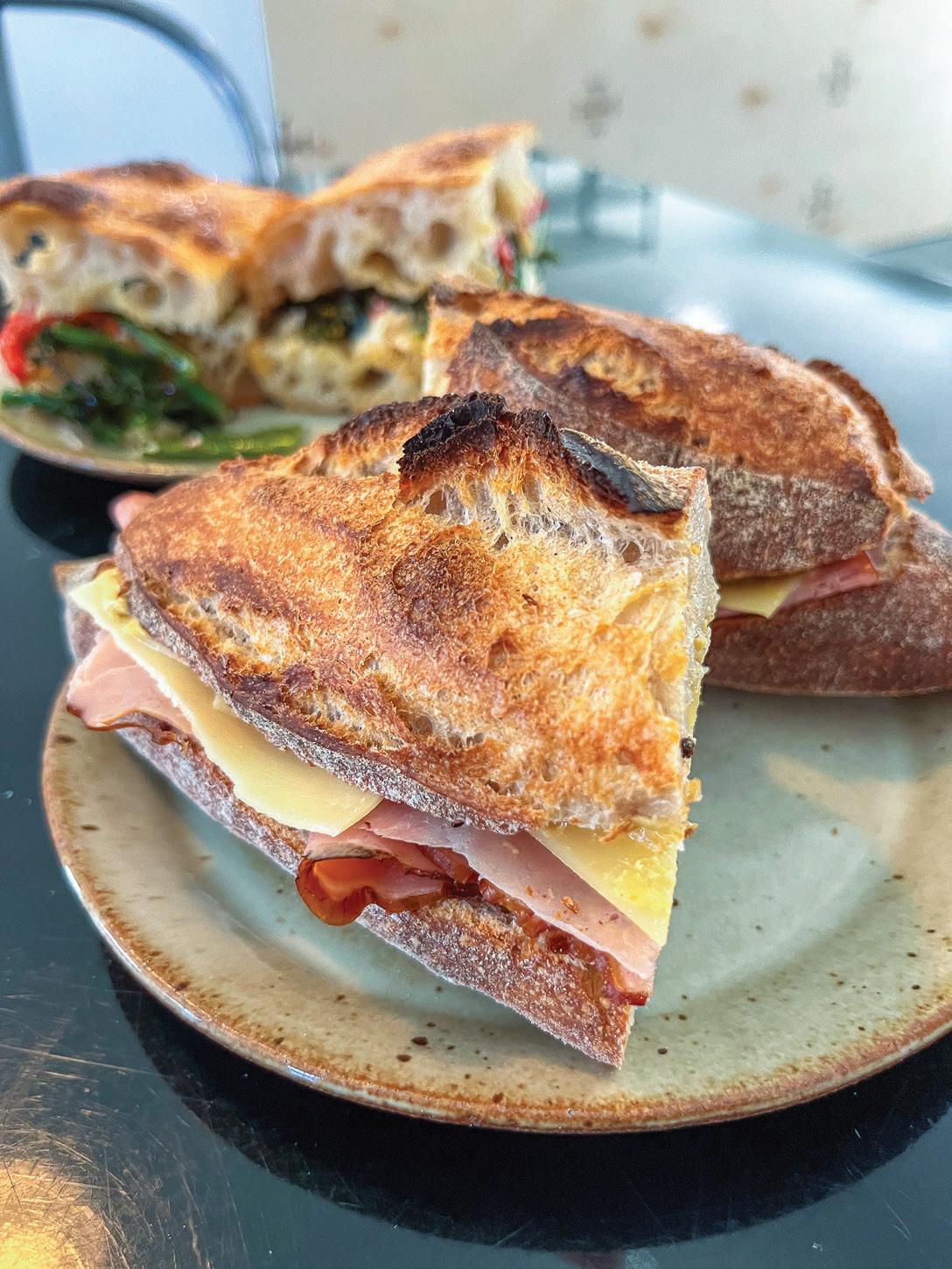
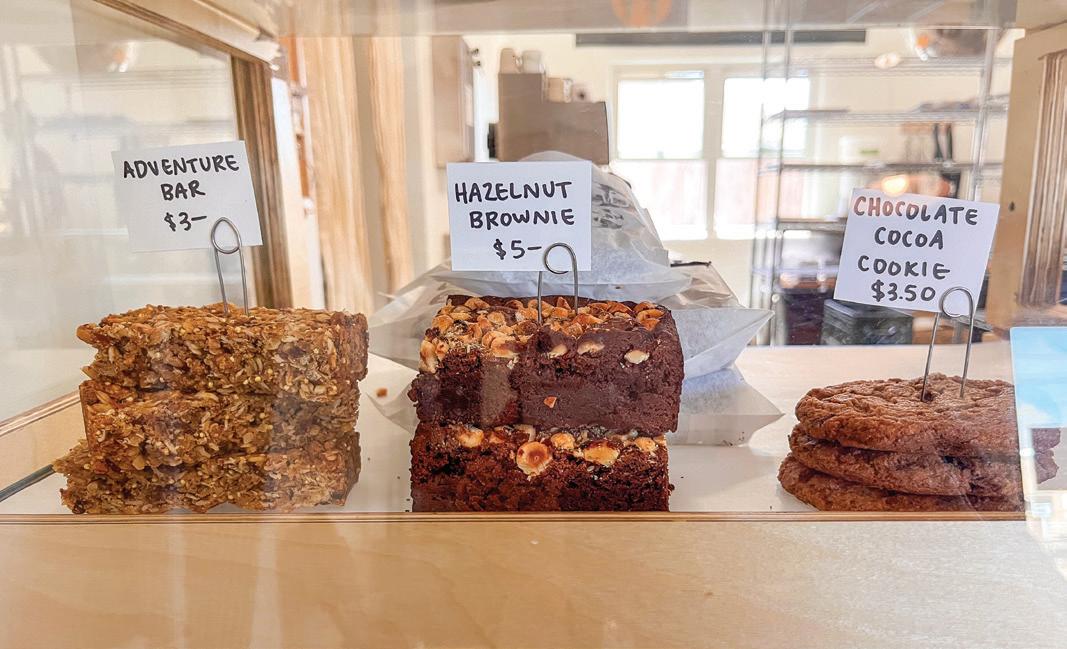

come from Oakland to introduce a new kind of coffee experience to New Mexico. The area lacked foot traffic, the agent said. Building a business there could only mean failure.
The space sat at the heart of the Lena Street Lofts. A few neighboring businesses meant some early customers, Iconik’s partners reasoned, and Brenner was flexible and easy to talk with, open to tearing down a wall to accommodate the trio’s vision and their massive vintage coffee roaster. To Spitzer and his partners, the spot felt like a fit with its off-the-beaten-path vibe, a rebuke of tradition in a city whose dominant aesthetic tended toward repetition and fetishizing the past.
While Brenner had infused the land between Second Street and the Railrunner tracks with his taste for the industrial, the neighborhood’s alt-modern feel didn’t begin with him. Twenty years before building began at 1600 Lena Street, Maltem’s Cloud Cliff Bakery gained a cult following by Santa Feans willing to venture beyond the Plaza to hang out in a warehouse space more Soho loft than vintage adobe. Locals lingered over coffee, migas, and other hearty breakfast dishes, and they brought home Maltem’s Nativo bread, which he made with local, organic wheat long before artisan baking became what it is today.
When Brenner and Rachel Watson, his wife and business partner, first opened the Lena Street Lofts to tenants, he told the New Mexican he liked the area because it was gritty and rugged. But inside, the
spaces he created were anything but, with sleek lines, high ceilings, and white walls. Outside, he chose an untreated steel siding that would rust over time. That the train ran just beyond the dumpsters fit perfectly with the urban sensibility he was going for.
Kimmy Rohrs was looking for space for her pottery studio and shop in early 2020 when she connected with Watson. Rohrs had been sharing space on Hickox and considered nearby Baca Street as a home for her business, Whiskey & Clay, but the area felt too car heavy, and Canyon Road and downtown were beyond her budget. When a Lena Street space opened up, she listened as Watson talked about how invested she was in her tenants’ success. Rohrs could see how Watson and Brenner valued business owners like her—entrepreneurs whose ethos was more about community and integrity than conventional ideas of commercial success. Soon she was setting up her shop and studio in a spot with good visibility to the street and an unfinished interior she didn’t have to be too precious about.
When the pandemic hit not long after that, Rohrs and a few of the other businesses created Lena Love, a package of locally made goodies from Bread Shop, Iconik, and Whiskey & Clay that shoppers could safely buy and take home. “We all bonded together,” Rohrs says of her
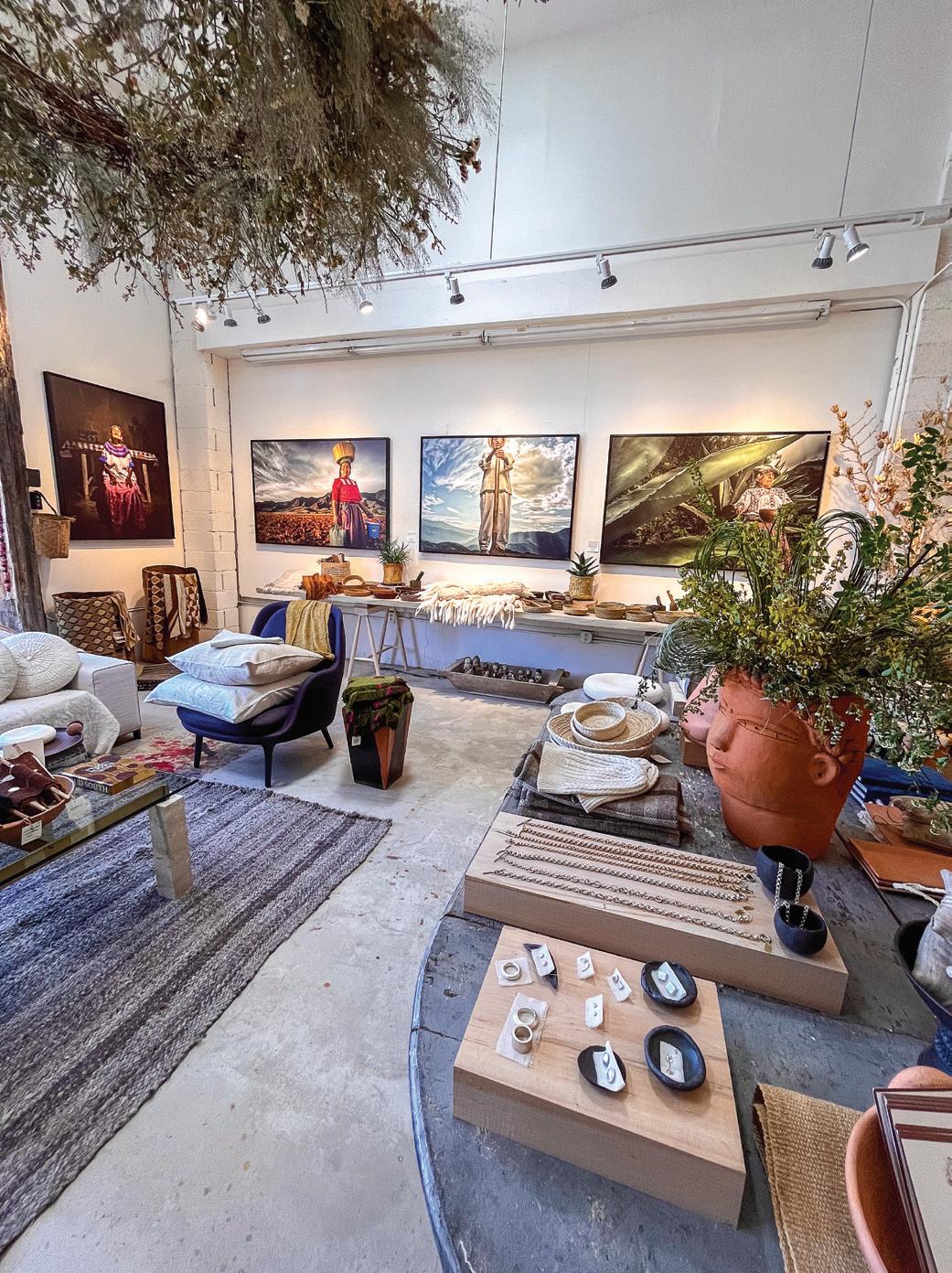
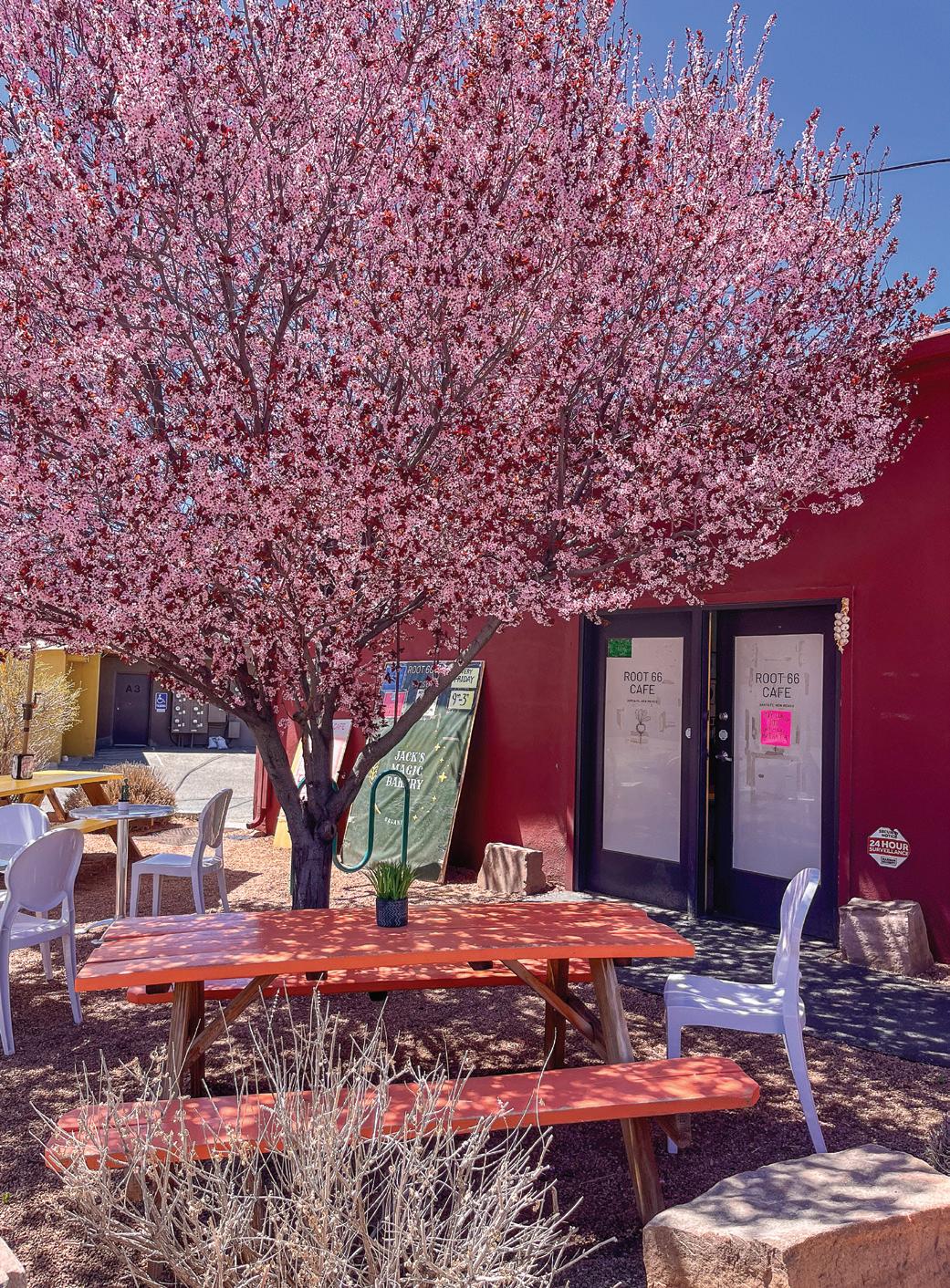
new neighbors. Later, when she needed a place to live, Watson and Brenner helped her make a temporary home in a space nearby. “I feel honored to be here,” Rohrs says.
Like Whiskey & Clay, Bread Shop was a young business when the pandemic struck. Owned by Watson and Brenner’s son Jacob Brenner and his partner, Mayme Berman, the bakery occupied a tiny space on the north side of the street that previously housed local artisan ice cream shop La Lecheria. The space ended up serving Bread Shop well through the lockdowns with a pickup window for passing their sourdough boules and other baked goods through to customers.
Around that time, vegan pop-up bakery Plantita opened in a space on Lena just outside the Lofts, serving vegan pizzas and offering local delivery from their menu of baked goods. (Plantita closed its doors in early 2024, citing high food costs and a rent increase.) Root 66 Cafe also set up shop there, serving organic vegan fare like plant-based egg salad sandwiches and curried tofu. Meanwhile, Iconik kept growing, becoming a gathering space for tenants old and new while bringing locals and tourists to the neighborhood. The business changed hands when customer and fan Sean Ham approached Spitzer about buying it, and Brenner and Watson, who wanted the business to stay at Lena, helped fund the purchase.
Other businesses came and went with economic and life fluctuations. Bread Shop moved across the street, allowing the owners to expand their menu to sandwiches, a variety of focaccias, and pastries like the hearty Adventure Bar and savory gruyère and buckwheat scones. The change shifted the bakery into a gathering spot and allowed for shelves of specialty groceries like Fishwife tinned fish, Spanish olive oils, and Rancho Gordo beans. Changes that might have felt like instability elsewhere felt more forgiving at Lena Street with its pop-ups and open-air sales, micro spaces and casual studio/ shop hybrids. All of it feels refreshingly organic, mirroring the patina that, over the years, has crept across the buildings’ steel walls, blanketing the cool silver exteriors with a warm, reddish shimmer even on the coldest days.
Ozawa says the tiny space is working out for him. “You get a nice amount of foot traffic,” he says of the location, noting that people come to Lena Street to experience something new and fresh—just the kind of customer he’s looking for. The small counter and six or so tables, if you count the outdoor area, has gained a devoted following, and it’s no wonder given the careful crafting of the bento boxes, including a vegan option, and other flavorful and well-calibrated dishes like temaki and onigiri that come in the paper containers he passes across the counter.
Ozu was born a couple of years ago by word of mouth: Ozawa and partner Jaimie Lewis heard from Bread Shop’s owners that they were moving. The couple had cofounded the online kitchen and lifestyle shop Tenzo, and Ozawa was playing with a restaurant concept inspired by his father’s taste for the food he ate as a child in Japan. He wasn’t sure he’d ever make a go of the idea, but the micro scale of the
space appealed to him. Soon he was developing the menu while Lewis set to work crafting the furnishings.
Today artist studios, retail shops, clothing designers, galleries, and small businesses dot the complex. Iconik hosts events from poetry readings and knitting nights to tango and improv. Cloud Cliff’s bakery still produces breads sold at the Santa Fe Farmers’ Market while its back wall running along Lena has become a public art space, courtesy of Matthew Chase-Daniel of Axle Contemporary. Some tenants are established businesses shifting away from downtown; others, like La Lecheria, have incubated at Lena before expanding to other parts of the city. This summer Lewis and Ozawa will unveil a brick-andmortar version of Tenzo, with a curated selection of kitchen supplies and housewares. Meanwhile, the mountain mahogany and pampas grass have matured, filling in the Lofts’ outdoor paths and patio spaces.
While Lena Street still stands out as an alternative to traditional local neighborhoods with their quaint architectural sameness, the area’s spirit of urban revival is both a model for and an analog to other complexes across the city. The Baca Railyard District’s contemporary feel and blend of retail, office, and dining, with Cafecito at center, echoes Brenner and Watson’s project. Similarly, Pacheco Park, with airy Sweetwater Harvest Kitchen as its culinary hub, offers contemporary architecture away from downtown, appealing to businesses that lean modern. With the revitalization of the old College of Santa Fe campus, planners might consider the ingredients that have made Lena and others like it successful, including local ownership and management that fosters entrepreneurship, and spaces that are welcoming not just to businesses but to the humans who make them what they are.
Today Iconik’s antique coffee roaster still sits in the same spot where Spitzer and his partners—with the help of Watson, Brenner, and neighbor John Morris of New Mexico Stone—set it up more than a decade ago. Under Ham’s management, the shop’s menu has morphed and changed, and now lettuce wraps, Malaysian laksa, and cheese and toast with harissa sit alongside breakfast staples. Branded mugs and worn carpets predominate as kids munch cookies and friends catch up over a shared scone. By the door, a massive bulletin board captures the texture of Lena Street with ads for artwork for sale, models wanted, Portuguese lessons, memoir workshops, art film showings, and improv classes.
The design of Lena Street Lofts invites community making, and the community makers have found a home there. As Spitzer tells it, Maltem, impish with his Dutch-infused English, used to stop by the coffee shop to offer bags of his artisan flour. Another customer came by too, a realtor. The man sipped his single-origin coffee while he chatted with the owners, watching as baristas performed their frothing and pouring. The place was different than the cafés downtown, livelier and busier and louder. He watched the staff serve cup after steaming cup as the customers he’d sworn would never come made their way to the counter.

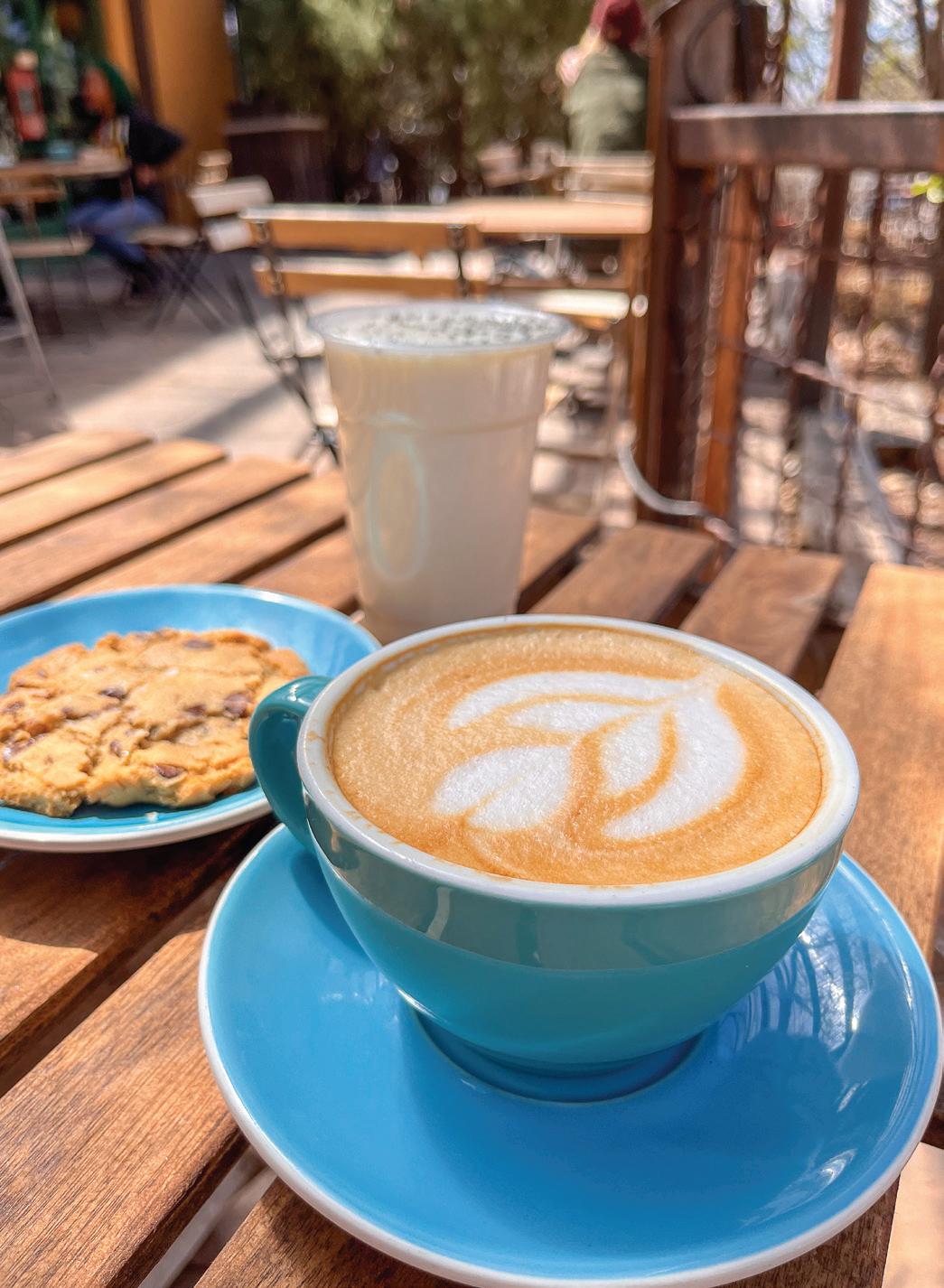

“SSouth of downtown Albuquerque, east of the Rio Grande, west of the BNSF railroad tracks: this is Barelas. The colorful landmarks of Barelas are perhaps its most defining characteristic. Above vibrant new murals rise midcentury modern signs like the bubblegum-pink B Ruppe drugstore sign, the Red Ball Cafe sign, and the red, white, and blue Arrow Super Market sign that now points the way into an antique store. Along with iconic buildings that testify to Barelas’s early role as a thoroughfare, public artwork speaks to the resilience and nostalgia that animate this small but historically rich and culturally robust neighborhood.
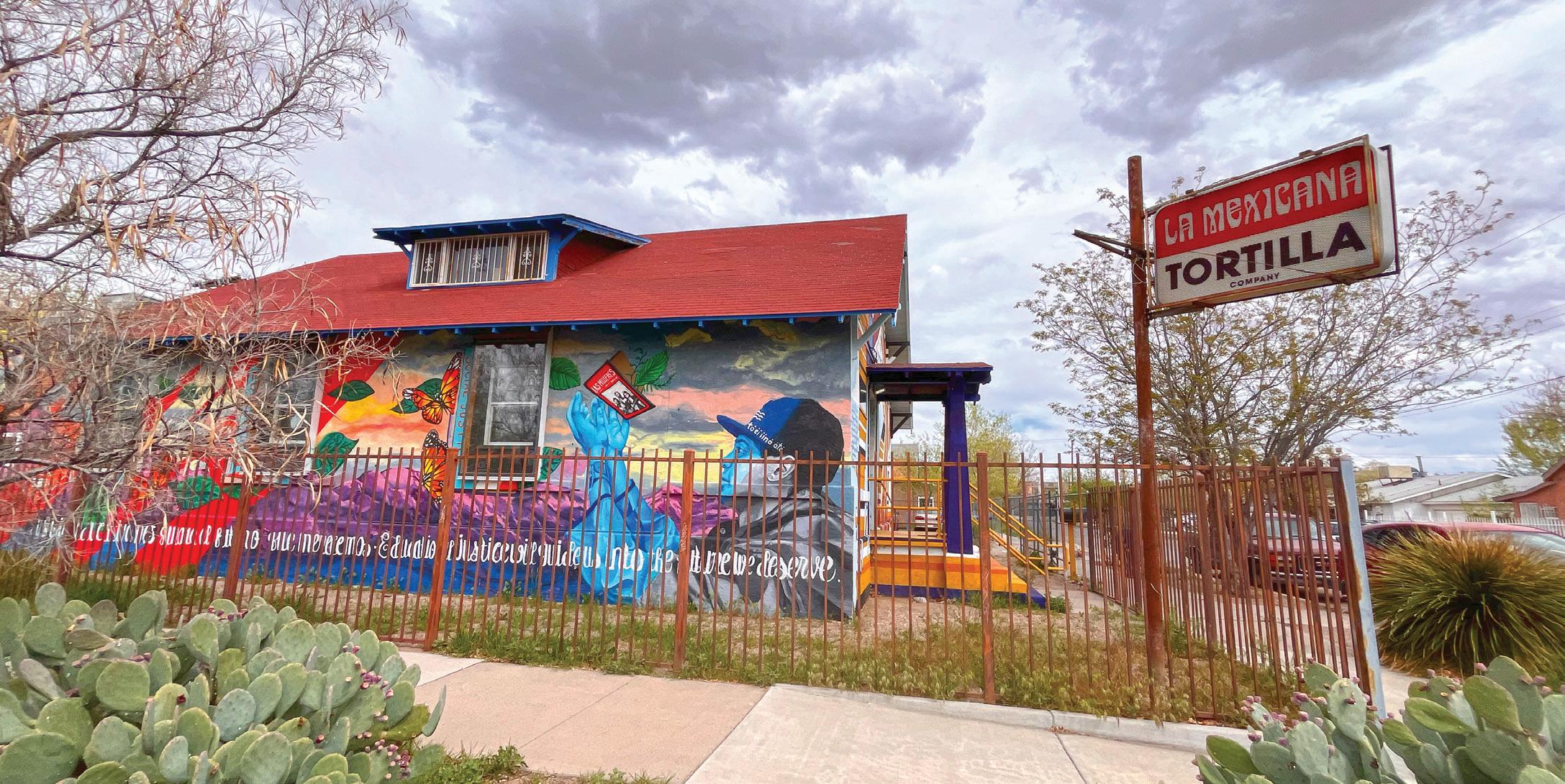
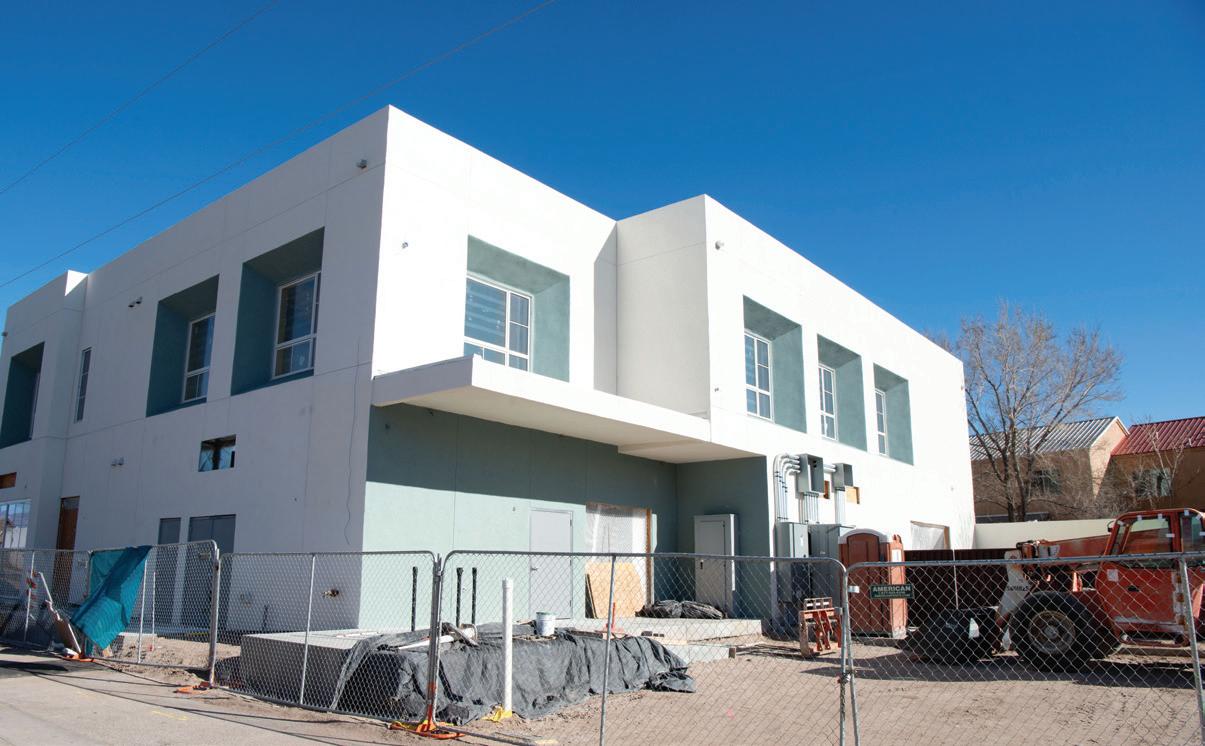
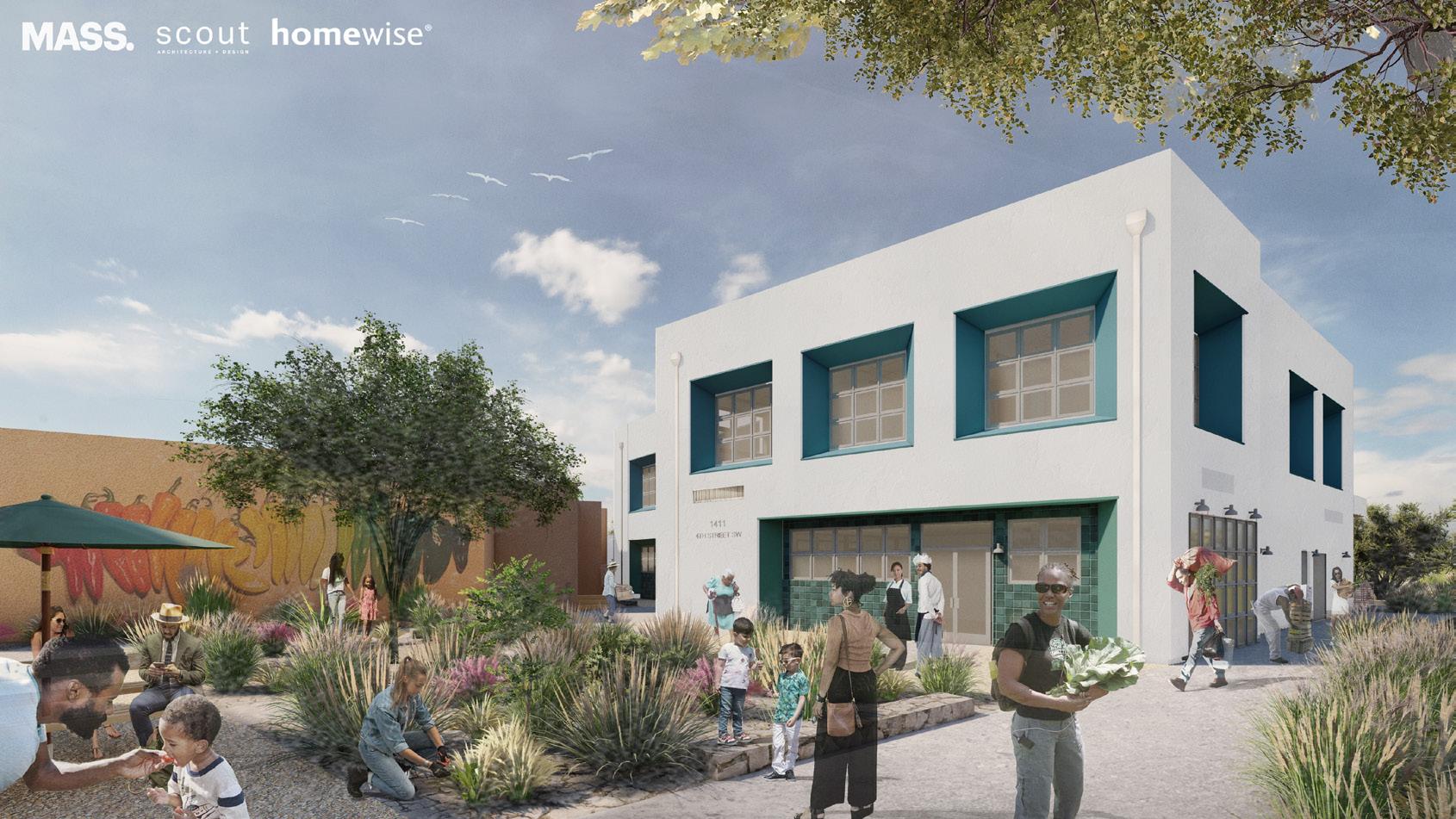
Barelas is older than Albuquerque’s Old Town, yet it has always remained a place where people live. Established by the colonial governor of Spanish New Mexico in 1662 (forty-four years before Albuquerque’s founding), the village was located at an important river crossing along El Camino Real de Tierra Adentro, the route fueling trade between communities from Mexico City to Ohkay Owingeh. Originally an agricultural community, Barelas grew and changed during the railroad boom starting in the 1880s. From 1922 to 1937, the neighborhood flourished along the original Route 66. The Red Ball Cafe building, the Streamline Moderne–style Durand Motor Company building, and the old service stations, like the one that’s now home to the nonprofit Casa Barelas, stand as relics of that bustling decade before Route 66 was redrawn to run along Central Avenue.
Today, Barelas is experiencing a renaissance, with spaces like the B Ruppe building becoming home to art galleries and event spaces and the rail yards being reinvented as a seasonal market (and occasional movie set). The drugstore, which moved in from Old Town in the 1960s, is now the Secret Gallery, with a micro museum in the back devoted to the history of the B Ruppe and the legacy of herbalist and curandera Maclovia Sanchez de Zamora. It is her elegant likeness that graces the outer north wall in a mural by Nanibah Chacon. Working Classroom, located in a space La Mexicana Tortilla
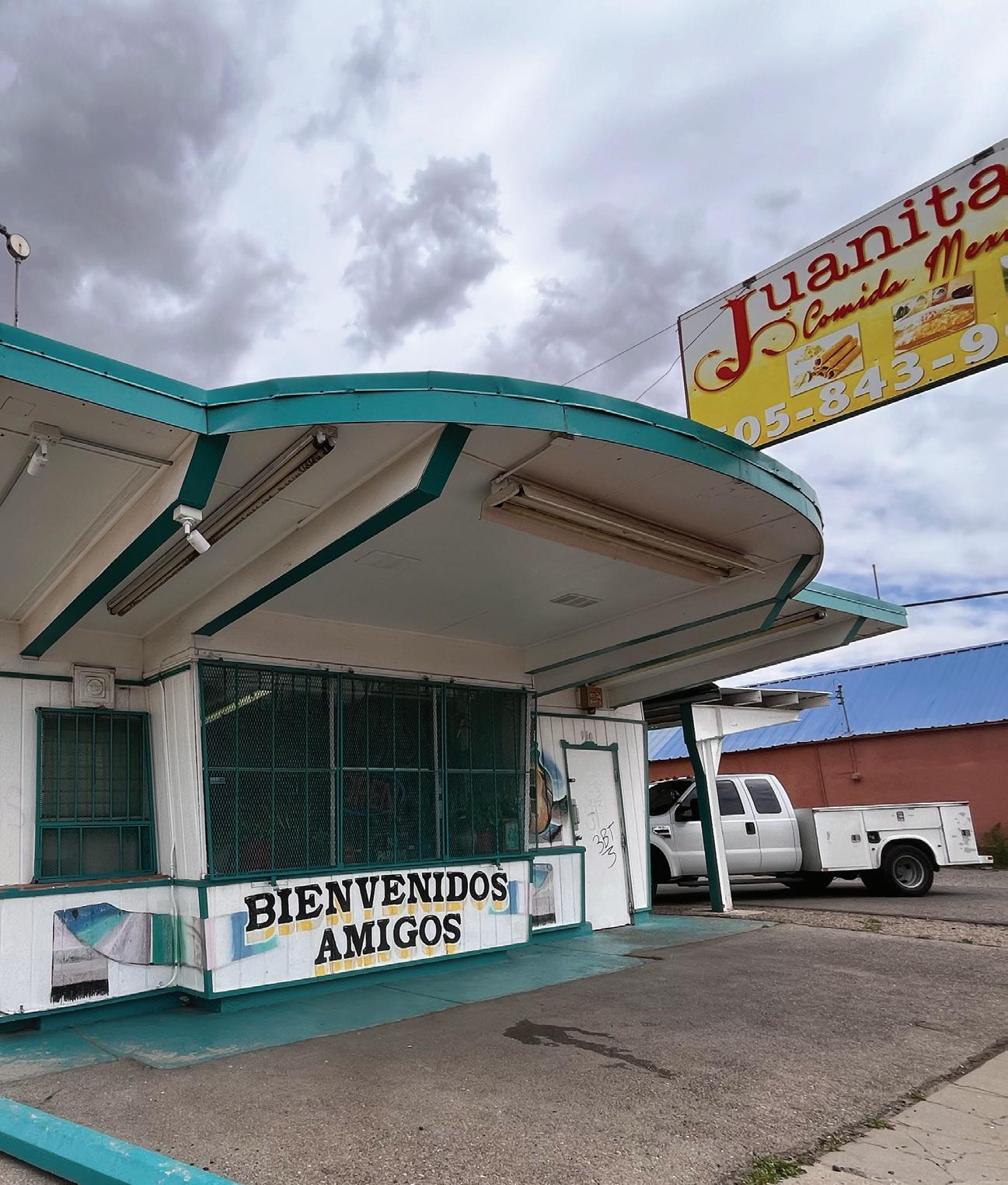
Company leased in the 1980s, has led the way in helping diverse youth develop their artistic voices and has supported the installation of numerous murals that honor the neighborhood’s cultural wealth. The Rail Yards Market thrives in what was once the Santa Fe Railway Shops, a major employer in the neighborhood until AT&SF switched to diesel. Every Sunday from May to October, nearly two hundred vendors travel from as far as Velarde and as near as the South Valley to sell fruit, vegetables, flowers, paletas, tacos, macarons, salsas, and artwork in majestic buildings that speak to the neighborhood’s grit. Further carving out the neighborhood’s role in culture making, the Boiler Shop at the Rail Yards is slated to become the New Mexico Media Academy, a state-of-the-art film production training center. Another forward-looking development is the construction of a twenty-thousand-square-foot campus that will hold the new headquarters of the Street Food Institute (SFI). Founded as a nonprofit in 2014, SFI has operated out of Central New Mexico Community College (CNM) since 2017. Over the past decade, their program has incubated businesses from the now-established Vegos—a from-scratch, vegan, New Mexican–inspired food truck turned brick and mortar—to the up-and-coming Sentli. Elizabeth Bibiano, co-owner of Vegos, credits SFI’s business incubator program with propelling her and husband Jonathan Bibiano’s business


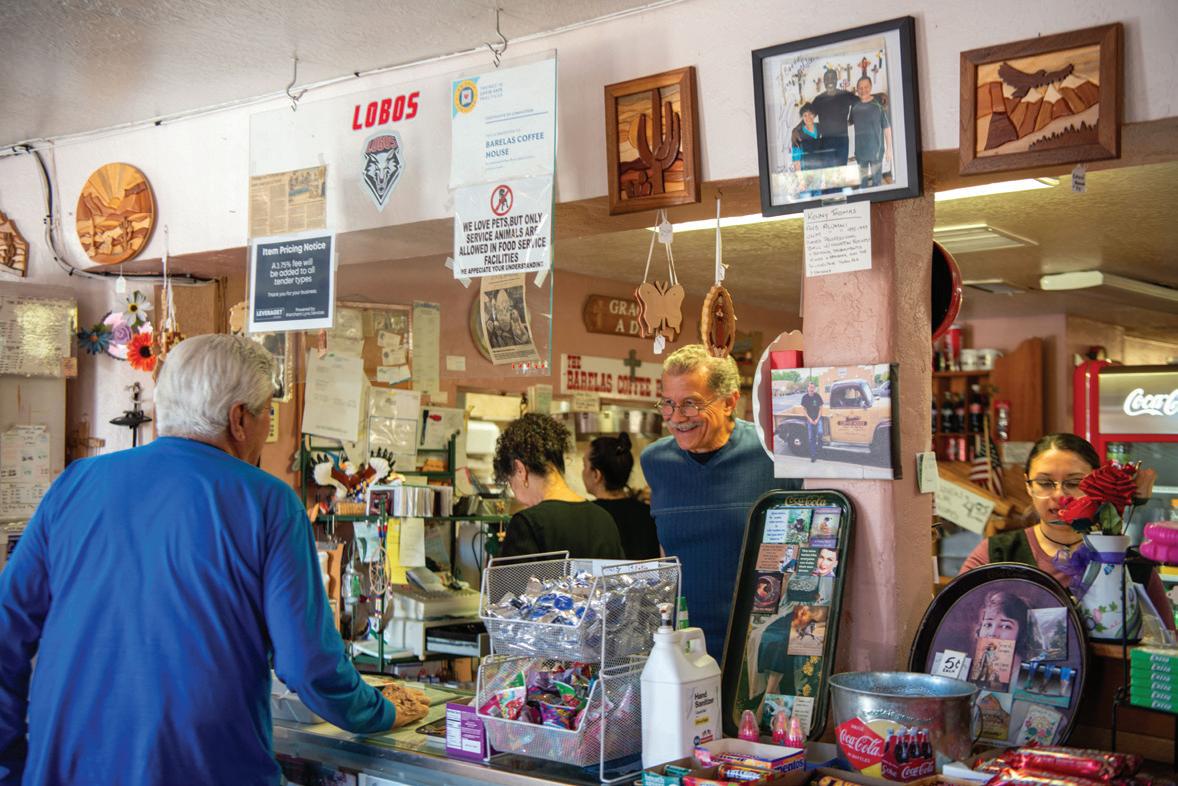
forward and nurturing their growth. In addition to partnering with CNM’s Culinary Arts Program, SFI offers their own training program to any community member interested in learning the ins and outs of creating a food business. The fifteen-week program covers everything from creating a business plan to pricing a menu to permitting. Through an internship program, budding food entrepreneurs gain on-the-job-training by apprenticing in SFI’s catering service, at one of their food trucks, or at their café, which will be moving from CNM to the new Barelas campus later this year. The program is available for $250.
“It is really, really important to us to eliminate as many barriers as we can for people,” says Tina Garcia-Shams, SFI’s executive director. “We’ve taught the class bilingually, and we’re working on an all-Spanish class right now. We try to make it as accessible financially as possible, and even when people can’t afford that, we find a way to get a scholarship.”
SFI was also given an Economic Development Administration grant that will help them develop an online curriculum that is available to anyone in the country. They’ve held four-day boot camps in Farmington and Silver City and plan to continue outreach across the state.
“I think food is the great connector,” says Garcia-Shams. “Not just eating it but making it. I mean, your heart goes into that, and people
know when you’re cooking from your heart and sharing a part of yourself with your community. I think food can equalize for people, you know. And so I think that’s why I love the work so much. I love seeing how everybody has a different way that they do that, and the different types of cuisine that they’re passionate about and want to share.”
Through fundraising and financing from a congressional funding award, as well as financing from project partner Homewise, a nonprofit community development finance institution, the approximately $10 million project is slated to be completed this summer.
In addition to two new buildings, the development encompasses an historic Barelas building that originally housed Coronado Chili Products and has since been home to numerous notable gallery and DIY spaces, including Small Engine Gallery, La Chancla, and Fourteenfifteen Gallery, which will continue putting on shows and events in the renovated space. Additionally, the new campus will offer a community plaza with gardening beds, trees, tables, and a pizza oven. East of the gathering space, the smaller of the new buildings will house a handful of street-facing storefront spaces slated to host a sweet shop and other culinary businesses. One of those will be designated for SFI program graduates to use as an incubator space for their businesses.

“As our graduate students are ready to launch, they can use this space as either a pop-up, or they can operate their business out of there for three to six months just to kind of get themselves going and get feedback on their concept,” says Garcia-Shams.
On the first floor of the two-story main building, designed by award-winning MASS Design Group, a demo kitchen and education space will run along large north- and east-facing windows. “We’ll do all of our cooking and entrepreneurial classes out of here, and any other programming that we do,” says Garcia-Shams as we tour the space. “We also really hope that it becomes a space for other organizations to do team building or other activities,” she adds, “because we want it to be a really active space. It’s really important for us to feel part of the neighborhood and for them to feel part of what we’re doing here.”
On the south end of the first floor will be the shared kitchen, available to SFI students as well as to rent by any food entrepreneur. It will have prep areas, refrigeration, fryers, stoves, and all the other bells and whistles found in a top-of-the-line commercial kitchen. This area will also include two specialty kitchens, one specific to bakers and their unique equipment needs. Rental prices, says Garcia-Shams, will be based on a tiered system.
“One of the things we know is that as students are just launching their business, it’s really hard, right? So we want to make that as financially easy for them as possible,” she says. “So our goal is to create a system where for the first three months, rental fees are at a reduced rate so that it’s one thing less that they have to think about, and as they grow and build their business, then they can move into a different tier.”
It seems fitting that the SFI campus, located on Fourth Street between Bell Avenue and Simpier Lane, will be neighbors to two of the city’s oldest and most beloved eateries, Barelas Coffee House and El Modelo Mexican Foods.
On the southeast side of Barelas, once known as Tortilla Flats, El Modelo’s vibrant signage and steady flow of customers stand out in an otherwise industrial area. According to the Barelas Historic Walking Tour, the building was one of three to survive an urban renewal project in the early 1970s, when more than two hundred homes were demolished. El Modelo opened in 1929 in a three-bedroom house at 1715 Second Street, selling tortillas and tamales out of a one-room “factory” until the family moved out and, on the same site, built the facility where curious customers can watch tamale production while waiting to place their orders. They are known for their meaty tamales but offer any and all New Mexican foods, from rolled enchiladas to
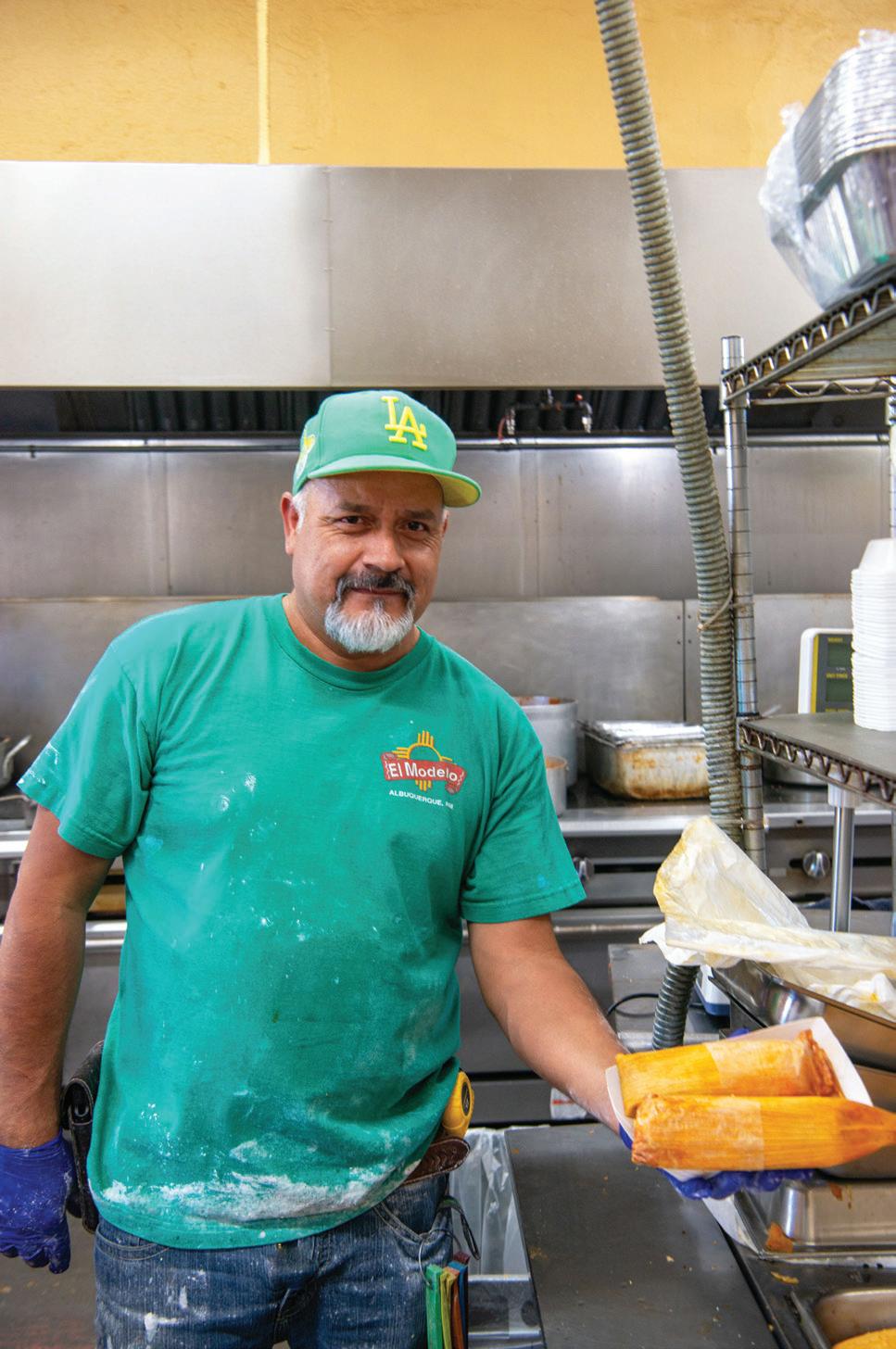
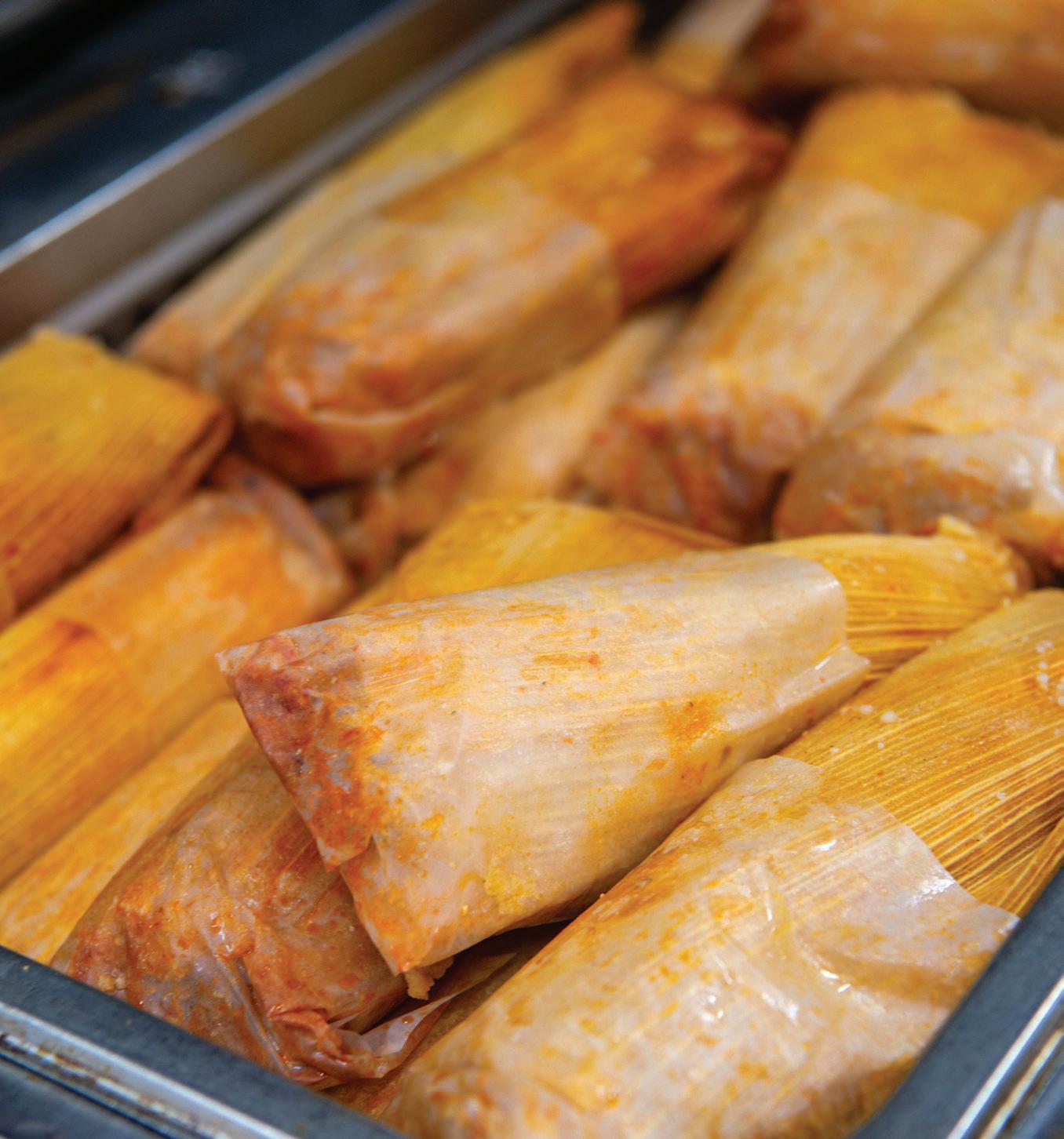
stuffed sopapillas to chile relleno burritos. The take-out only venue also offers carnitas, chicharrones, refried beans, and more by the pound, with masa dough and red chile pods for those wanting a little help with a homemade meal. Those wishing to eat immediately can dig in at one of the outdoor picnic tables.
Barelas Coffee House, directly across the street from SFI’s new campus at 1502 Fourth Street, only rests on Sunday. On other days, this legendary local treasure is one of the most popular places in town for breakfast and lunch. It often has long lines of eager patrons, sometimes including celebrities and US presidents (Barack Obama has stopped in), other times including local movers and shakers. The sit-down restaurant with diner vibes was started in 1978 by Mike Gonzales, and, like El Modelo, Barelas Coffee House has an extensive menu of authentic New Mexican comfort food—think carne adovada and eggs or a bowl of green chile and beans—as well as a fabulous burger and sandwich selection. A nod to their name, their signature horchata cappuccino is the perfect way to begin a meal that according to many, many Google reviewers, tastes just like Grandma made it.
Approaching the neighborhood’s north end, the old Tasty Freeze Drive-In, built in 1957, now houses Juanita’s Comida Mexicana. Juanita’s runs from Mexican to New Mexican, with tampiqueña on Mondays, chile colorado and barbacoa, flautas and gorditas served alongside hue-
vos rancheros with red or green. In operation for some twenty-seven years, Juanita’s is one of the neighborhood’s younger food businesses, but you wouldn’t know it from the regulars who sit down as if in the family living room and order lunch without looking at the menu.
Not least, at the neighborhood’s northernmost border, La Mexicana Tortilla Co. continues producing masa, made in house from nonGMO New Mexico–grown corn, along with tortillas, chips, and posole, for distribution at an impressive number of in-state restaurants. Their tortillas, chips, and tamales are also sold at their own storefront at Third and Coal. The small restaurant, set far enough back from the road to be easily missed, serves New Mexican classics for breakfast and lunch five days a week.
The neighborhood’s constraints are also its gifts: The Rio Grande, forming the neighborhood’s western boundary, makes it a gateway to the bosque. The railroad tracks that run along its eastern side have been cited as a cause for some of the economic struggles resulting from geographic isolation, but now the revitalization of the rail yards is bringing fresh growth and tapping into Barelas pride. And this year, following years of work by the Barelas Community Coalition, a fresh infusion of state funds will go toward making the neighborhood more pedestrian friendly and, thanks to planters and lots of new trees, more green.
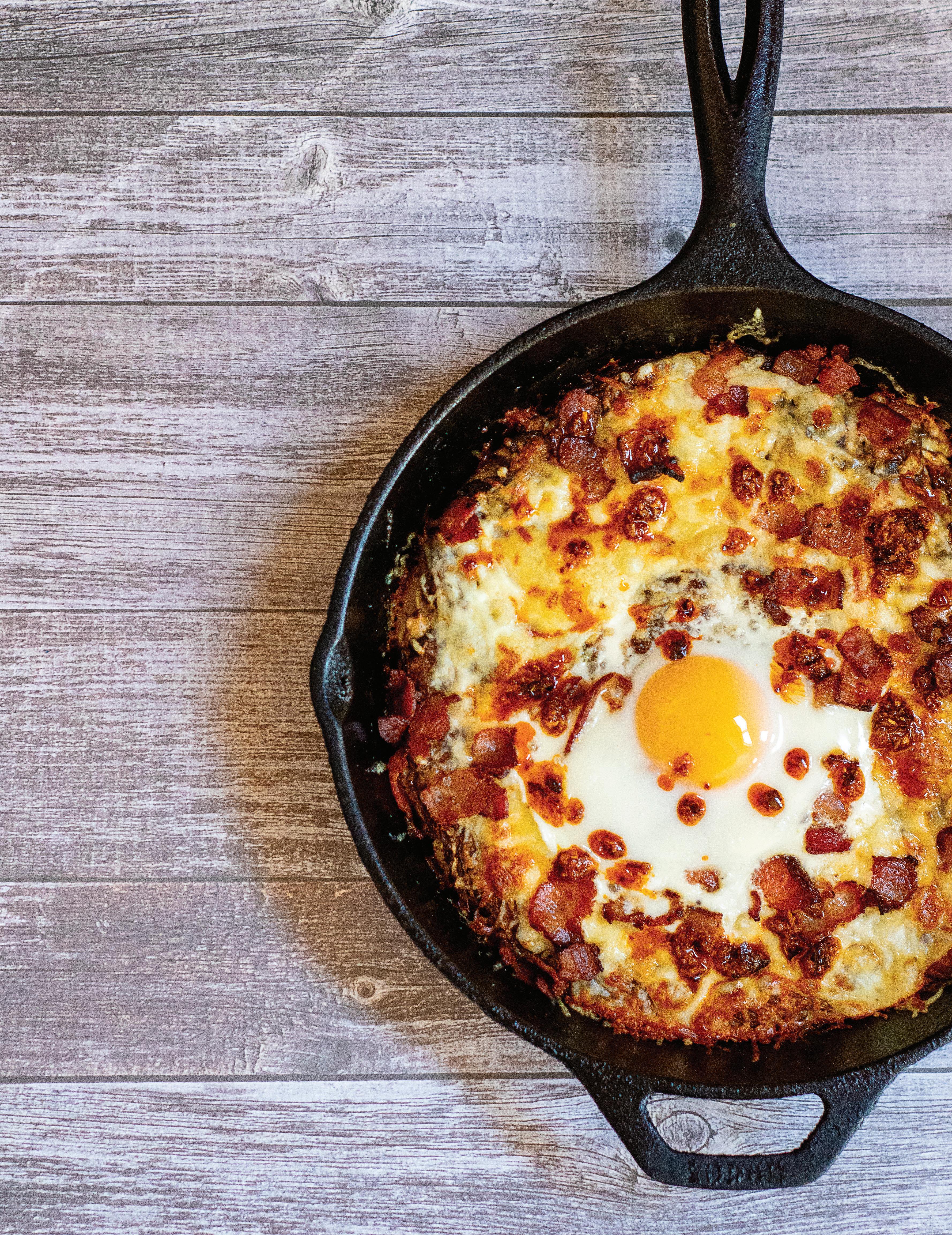

Serves 2 as a meal | $6.66 | $3.33 per serving
Level: Easy | Prep time: 15 minutes; Cook time: 15 minutes; Total time: 30 minutes
Quick question: Have you mastered a gluten-free dough or found a brand of premade that you like? No? Cabbage carbonara pizza is your gluten-free answer. Veggies as a pizza base might not sound like Friday night as we know it, but cauliflower crusts have become very popular, and cabbage is another excellent substitute for dough.
Cabbage base
1/2 green cabbage, cut into shreds ($1.30)
2 eggs ($0.44)
1/4 teaspoon salt ($0.02)
1 tablespoon olive oil ($0.28)
Pizza topping
3 slices thick-cut bacon, cut into 1/2-inch pieces ($1.08)
1 cup mozzarella, shredded ($1.50)
1/4 cup parmesan, grated ($0.80)
1 large egg ($0.22)
Kosher salt, to taste ($0.01)
Freshly ground black pepper, to taste ($0.02)
Chile oil or crunch, optional ($0.99)
Preheat oven to 500°F.
Cook bacon in a skillet over medium heat until mostly crisp but slightly bendable. Remove to a paper towel–lined plate.
Pour hot water over shredded cabbage and set aside for 5–10 minutes. Add eggs and 1/4 teaspoon salt to a mixing bowl and whisk together. Drain cabbage and stir into eggs.
Add oil to an oven-safe (up to 500°F) 10-inch skillet over medium heat, then add the cabbage mixture. Spread it evenly over the pan.
Cover the skillet and cook on medium heat for 5 minutes or until the bottom of the cabbage is golden brown. Flip cabbage onto a plate and slide it back into the pan.
Top your cabbage crust with an even layer of mozzarella and parmesan, avoiding the center (to allow room for the egg). Scatter cooked bacon over the whole pizza.
Place the skillet on the middle rack in the oven and bake for 4–5 minutes, until golden and melty. Remove from the oven and carefully crack an egg into the center of the pizza. Return the pizza to the oven and bake until the egg white is set but the yolk is still runny, 2–3 minutes.
Season egg with salt and pepper, and drizzle chile oil on the finished pie. Break into the yolk and spread all over the pizza.
The Last Bite is brought to you by Rio Grande Credit Union and highlights recipes on a budget. Costs are estimated using online budget calculators or based on purchases for edible’s test kitchen.

